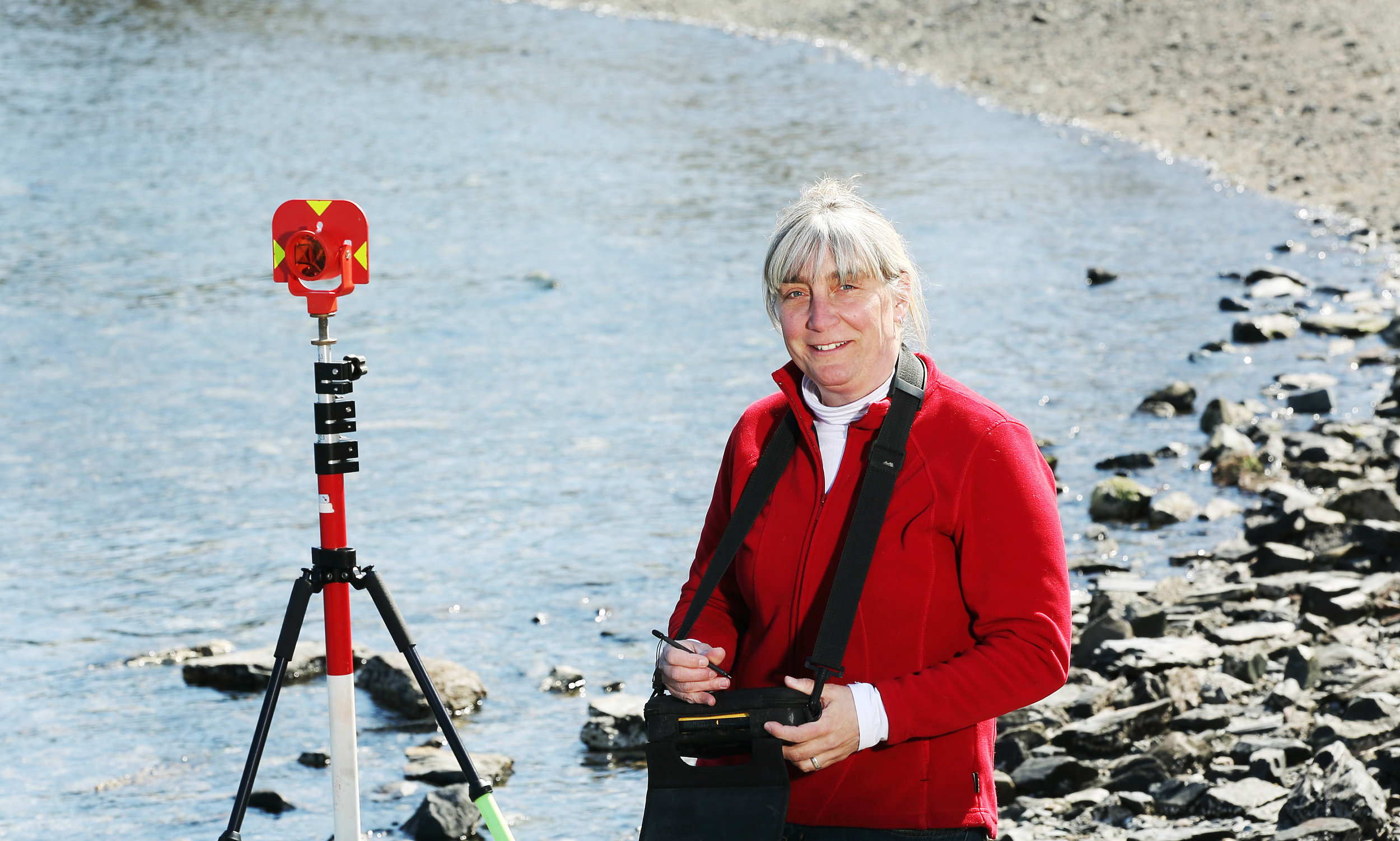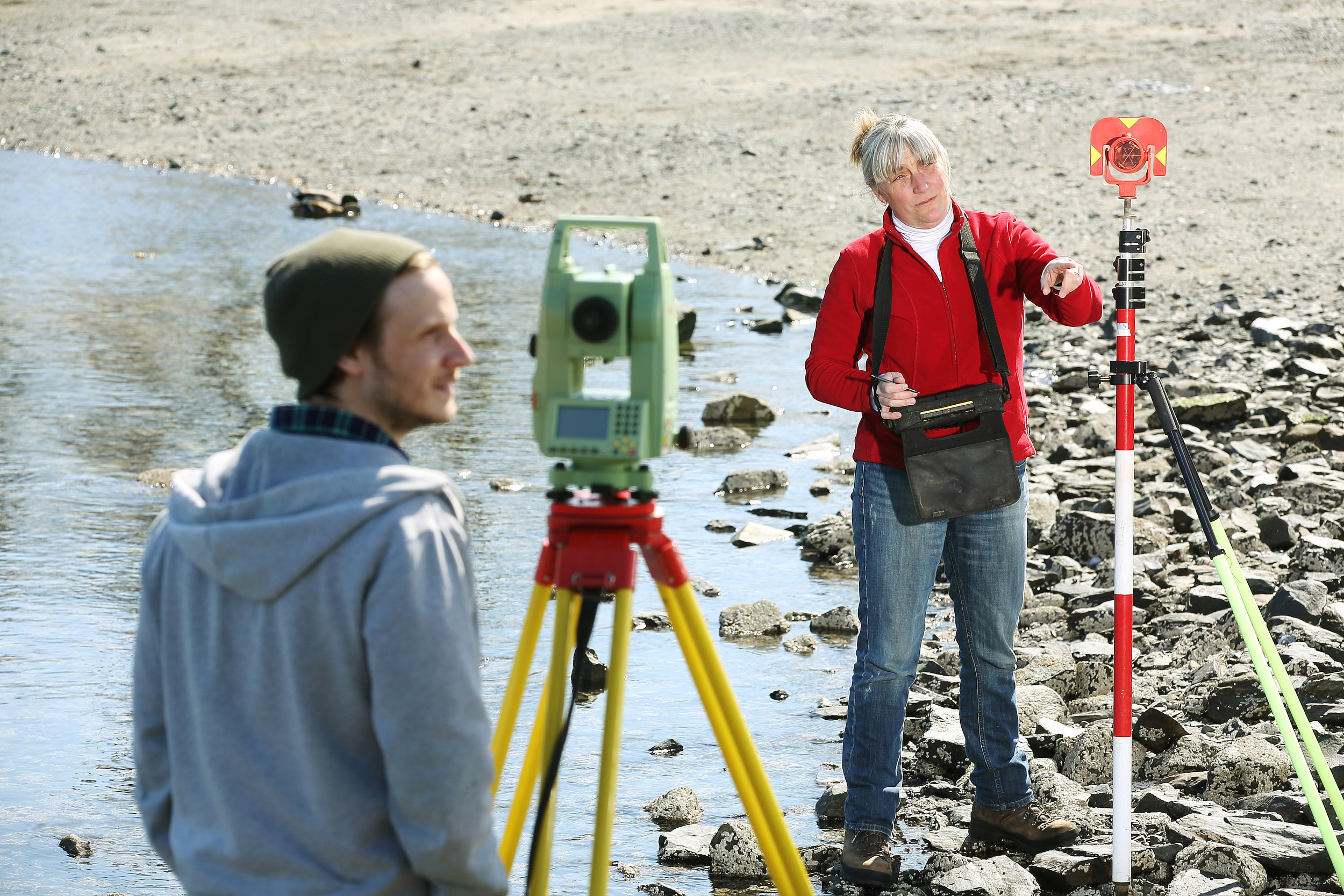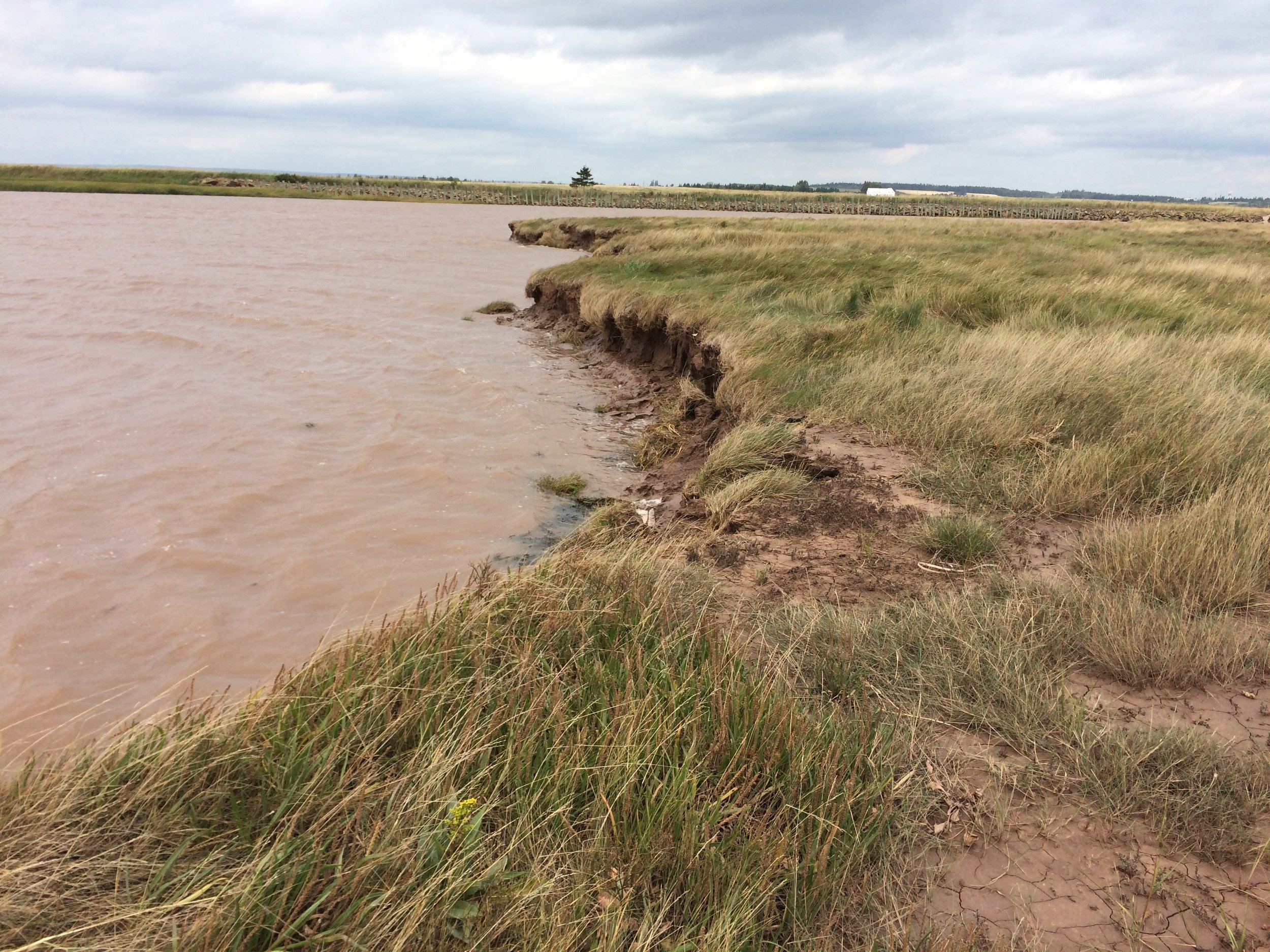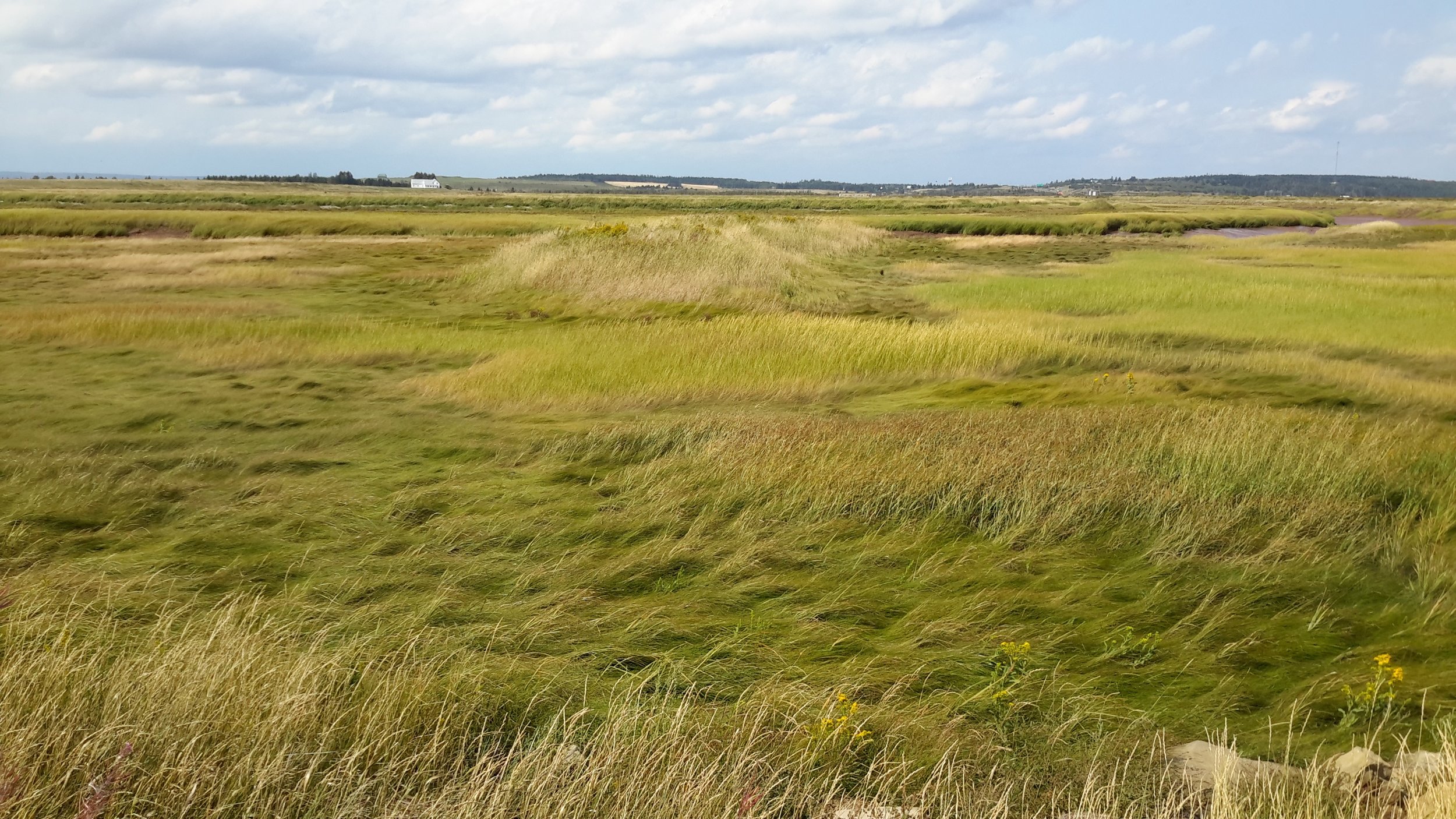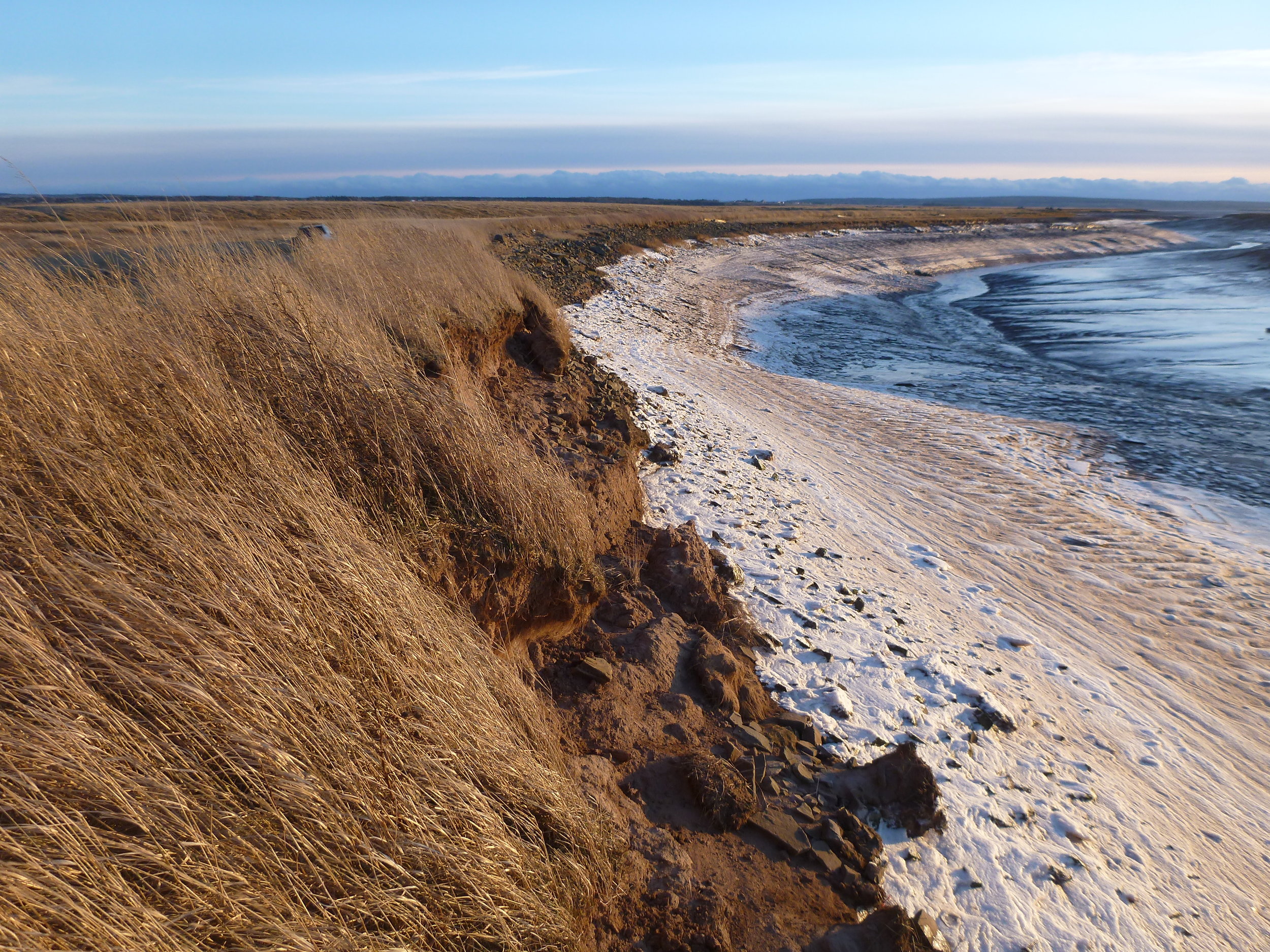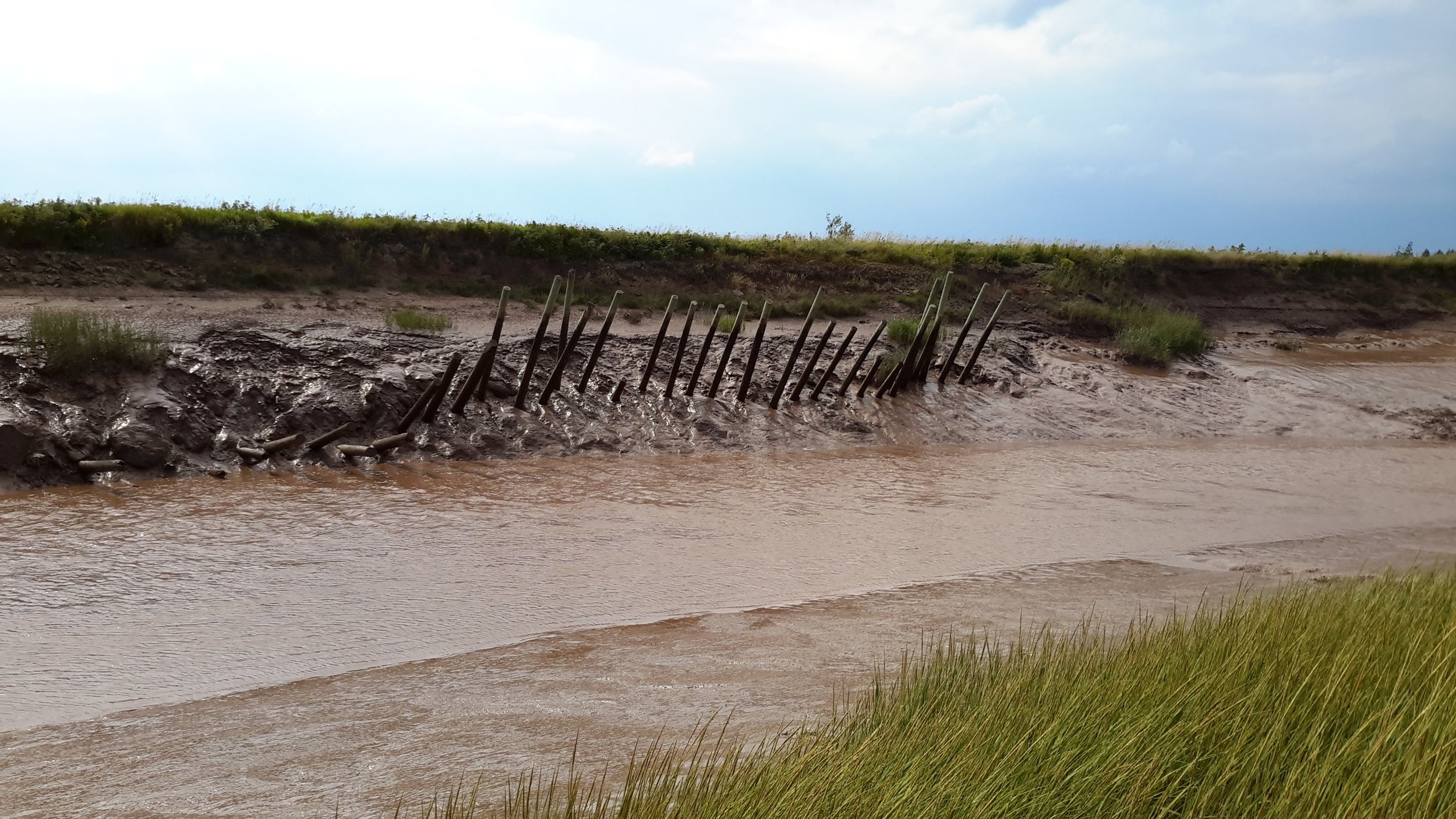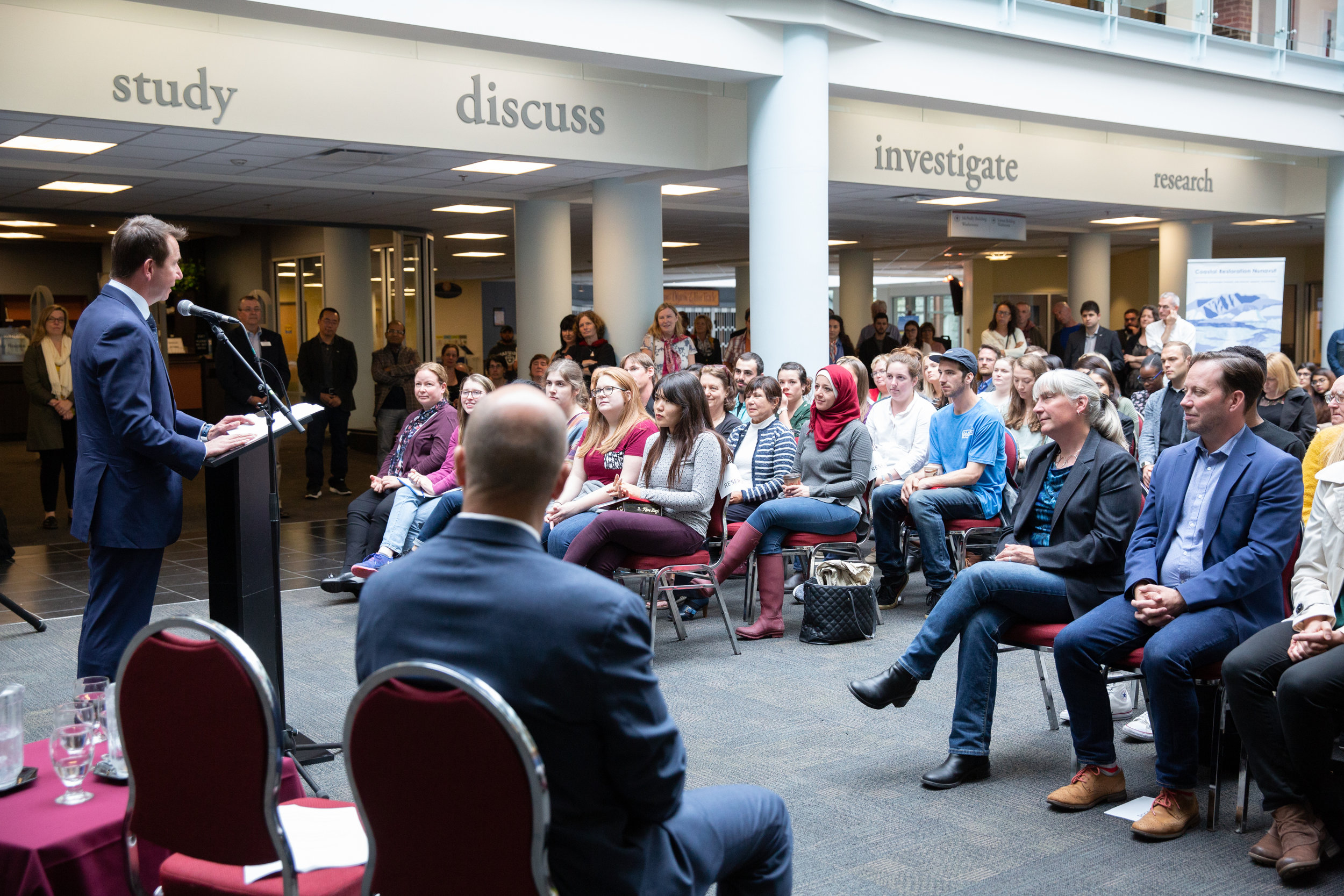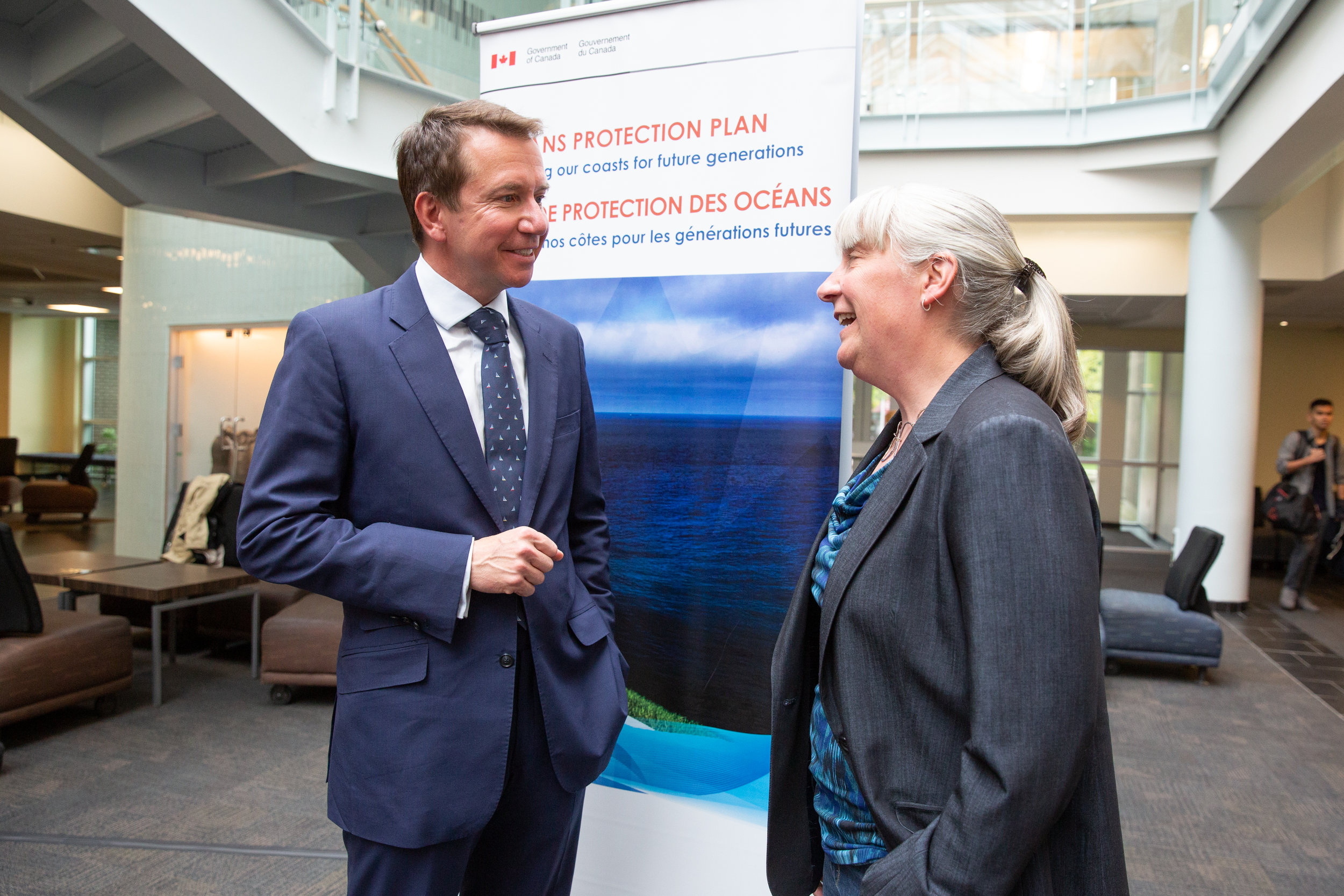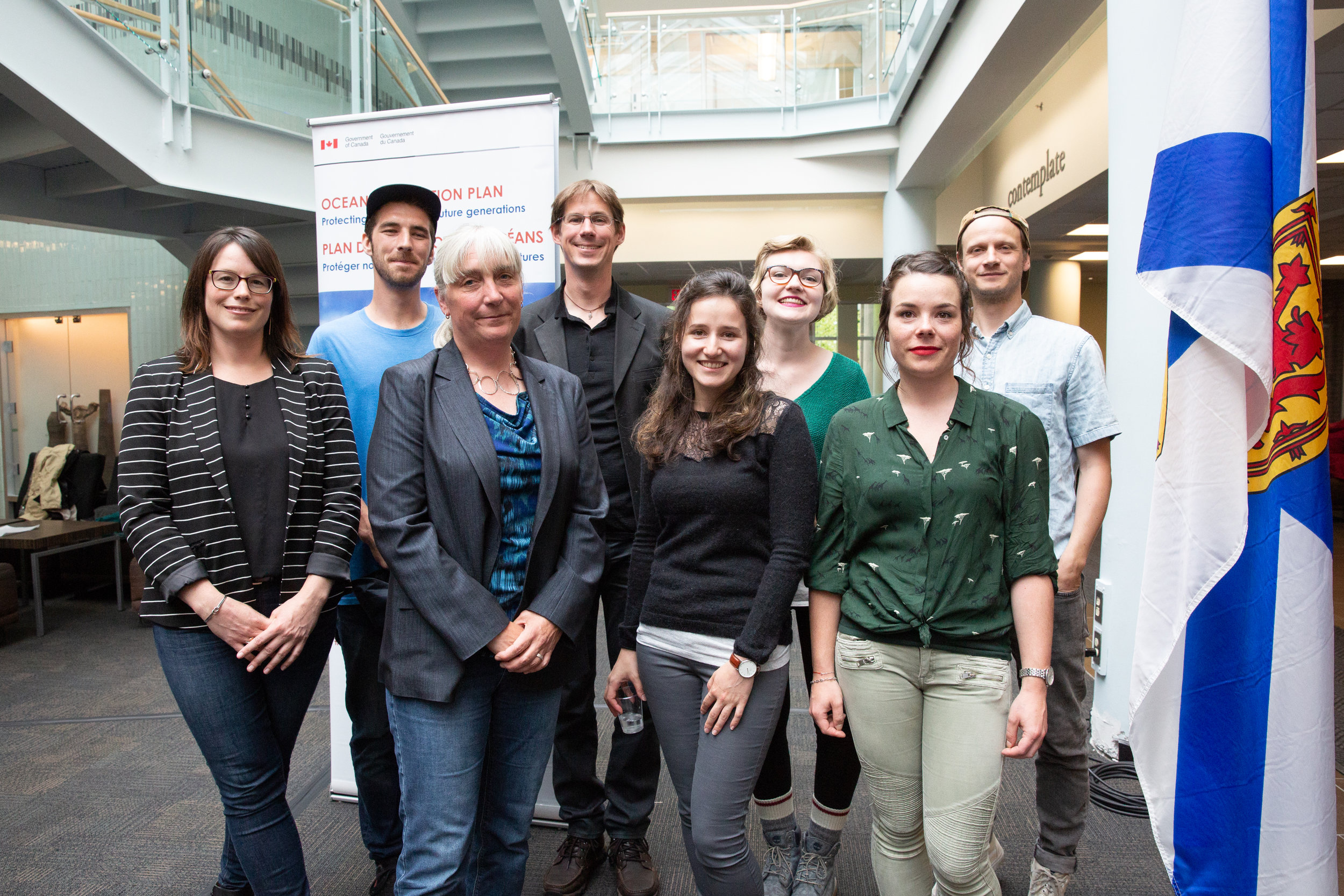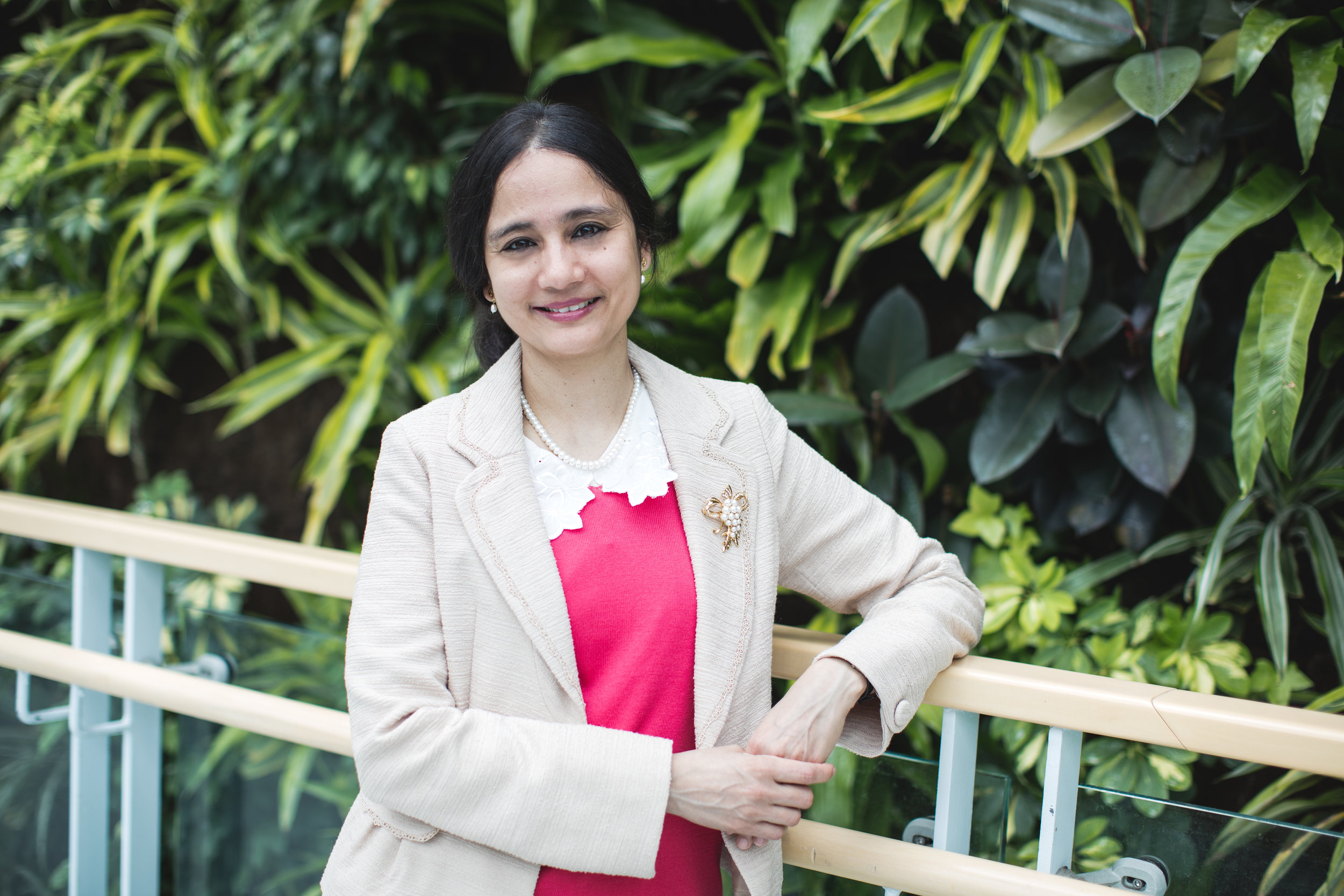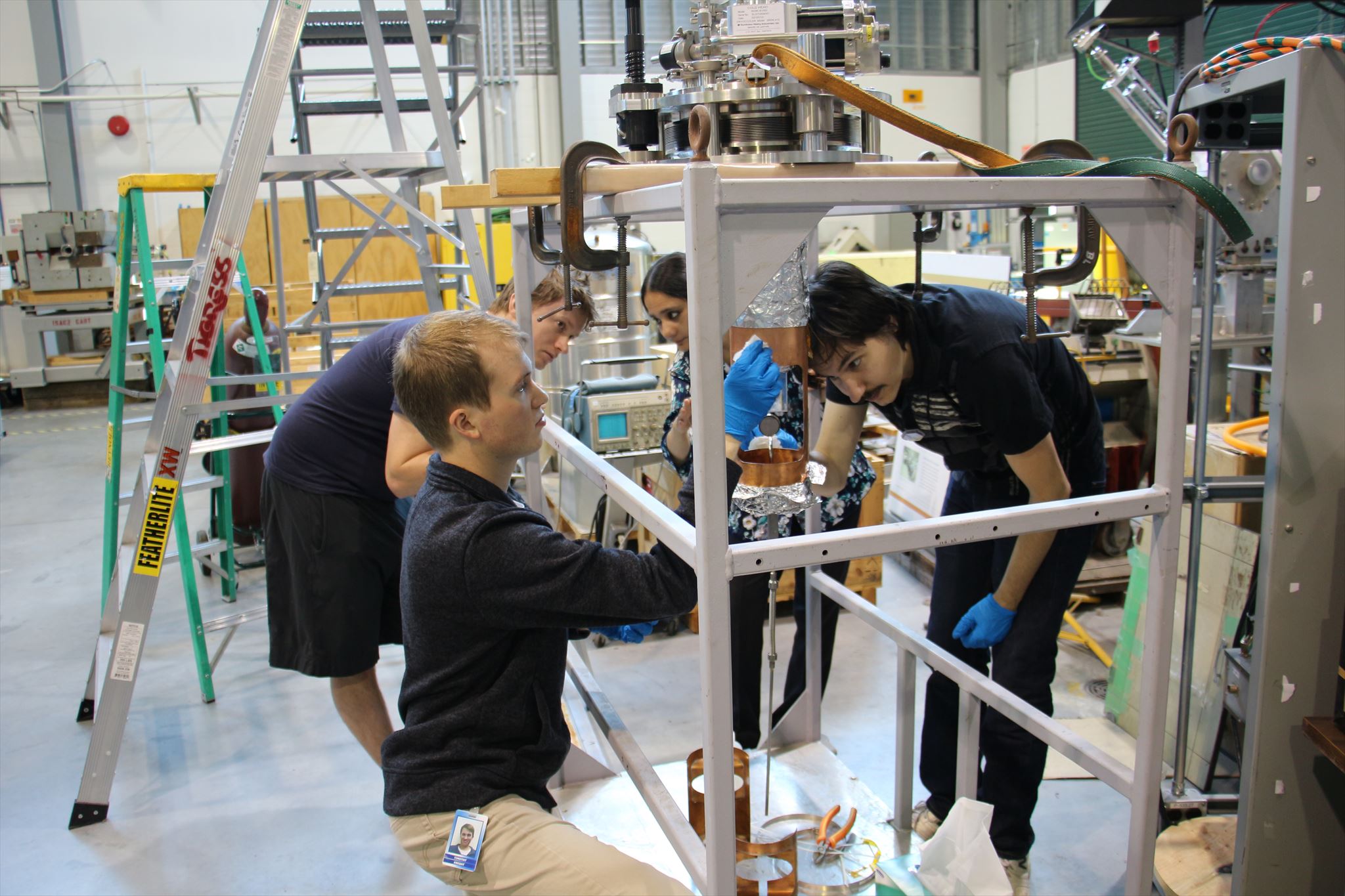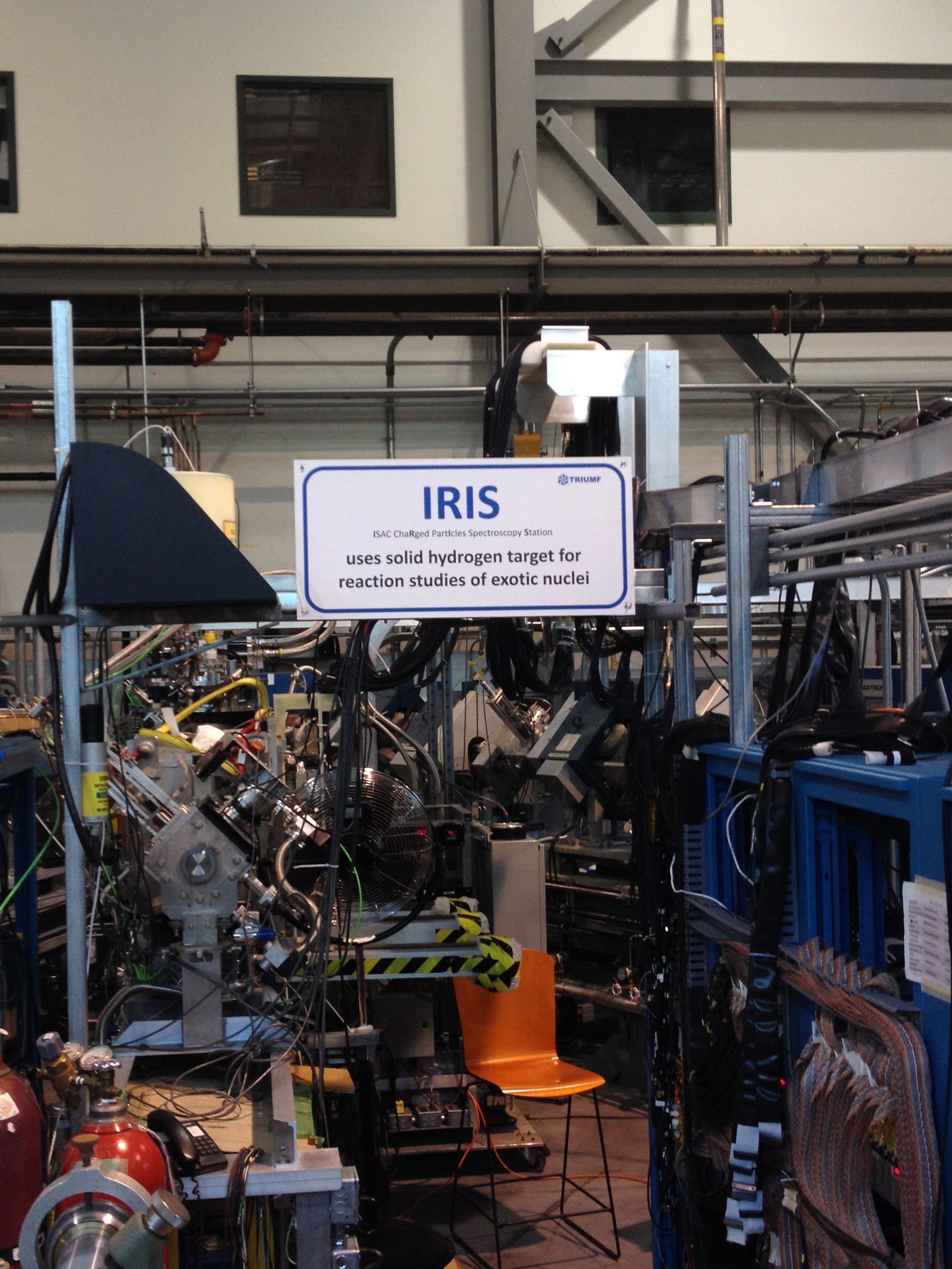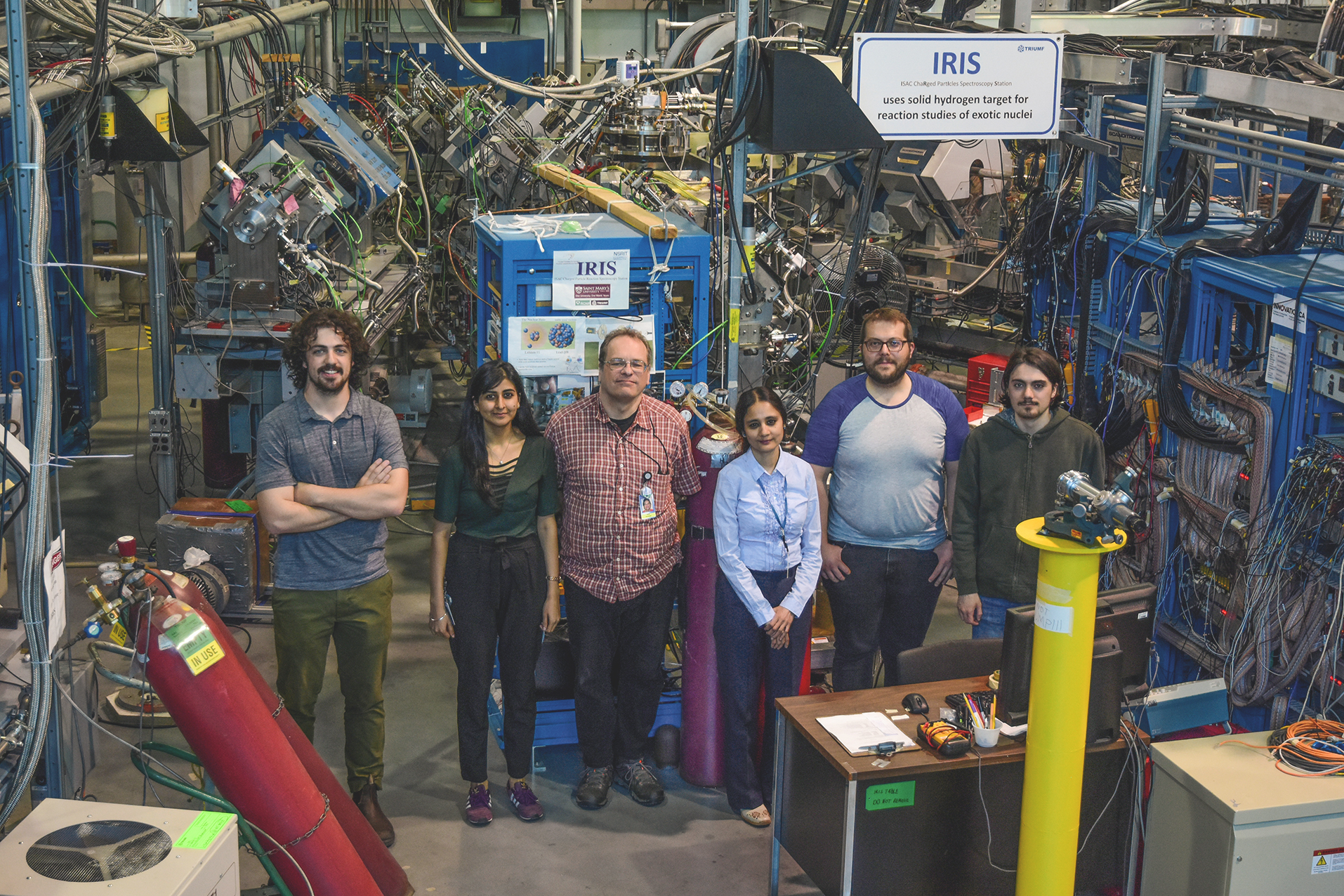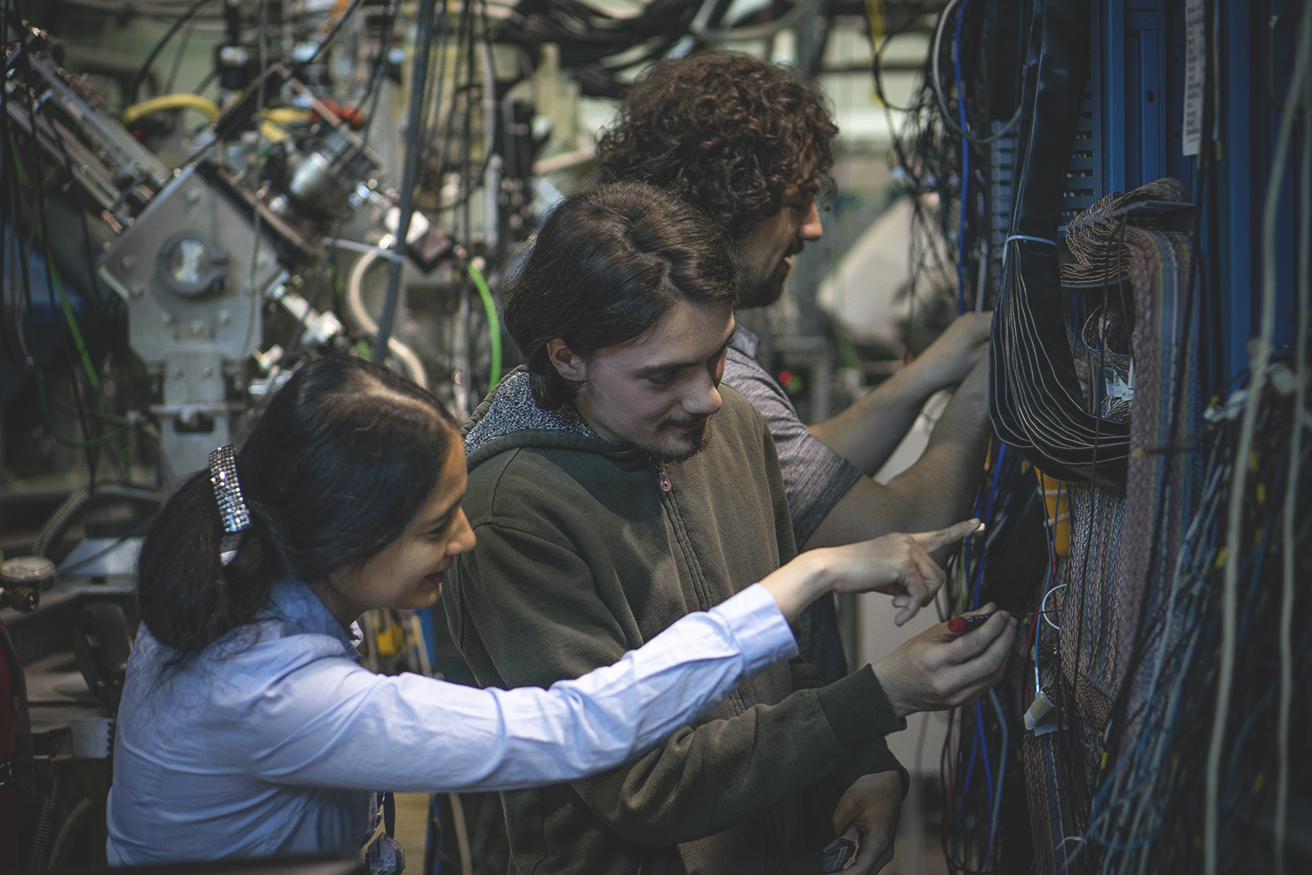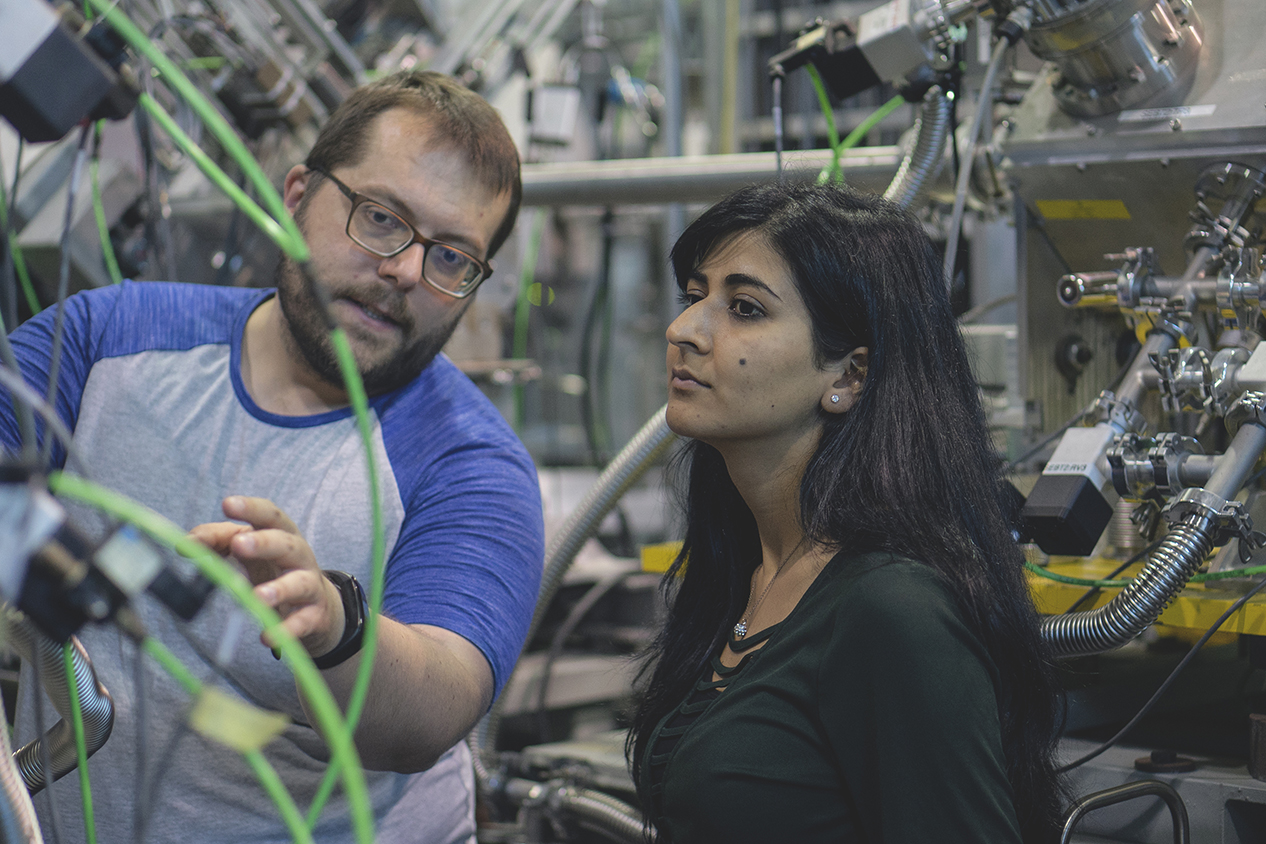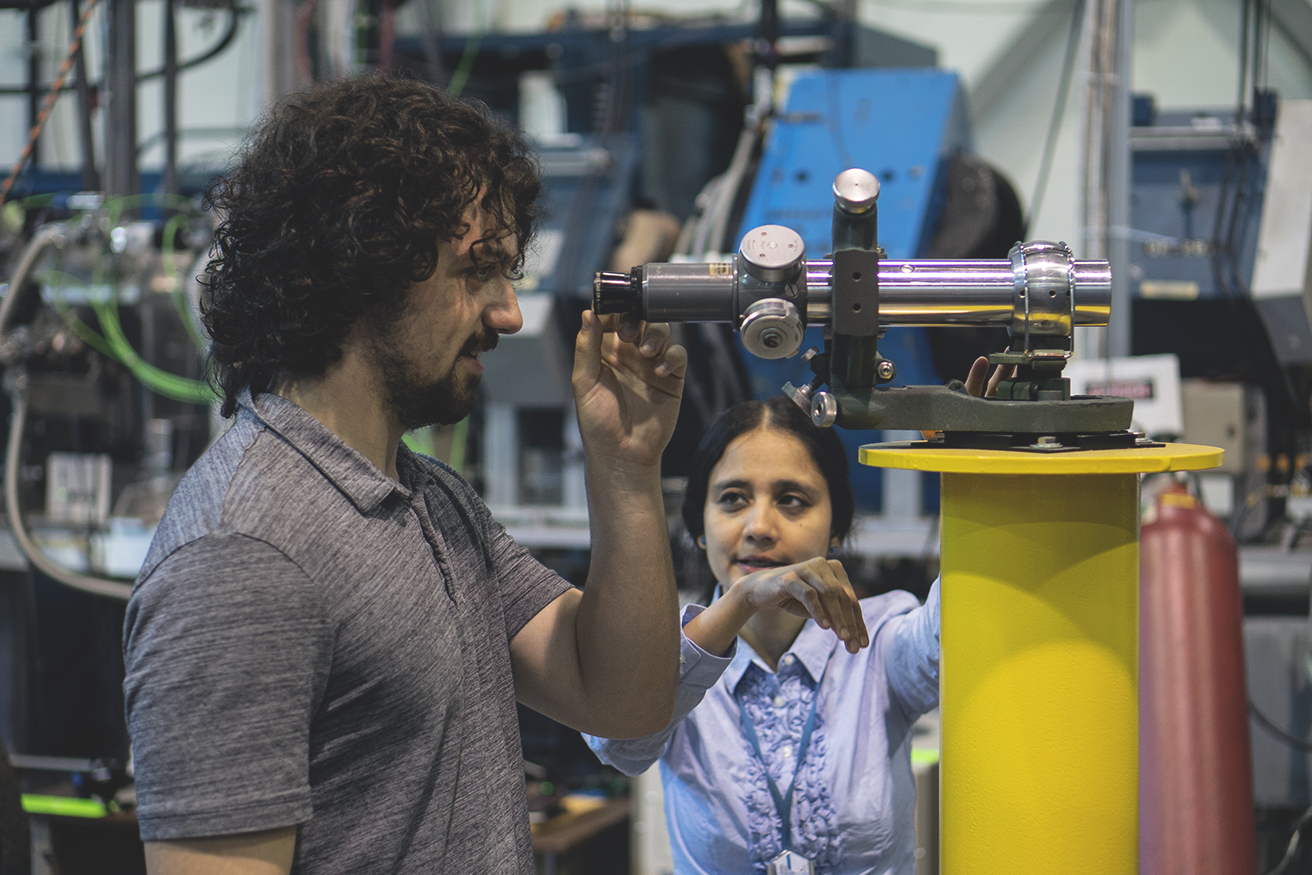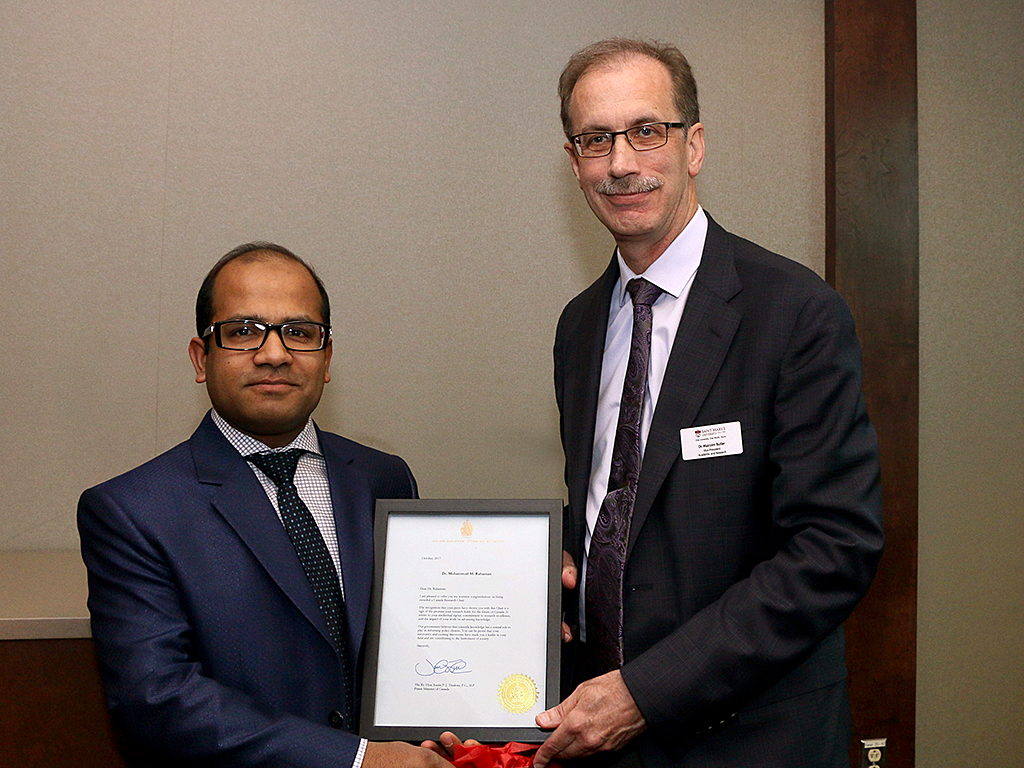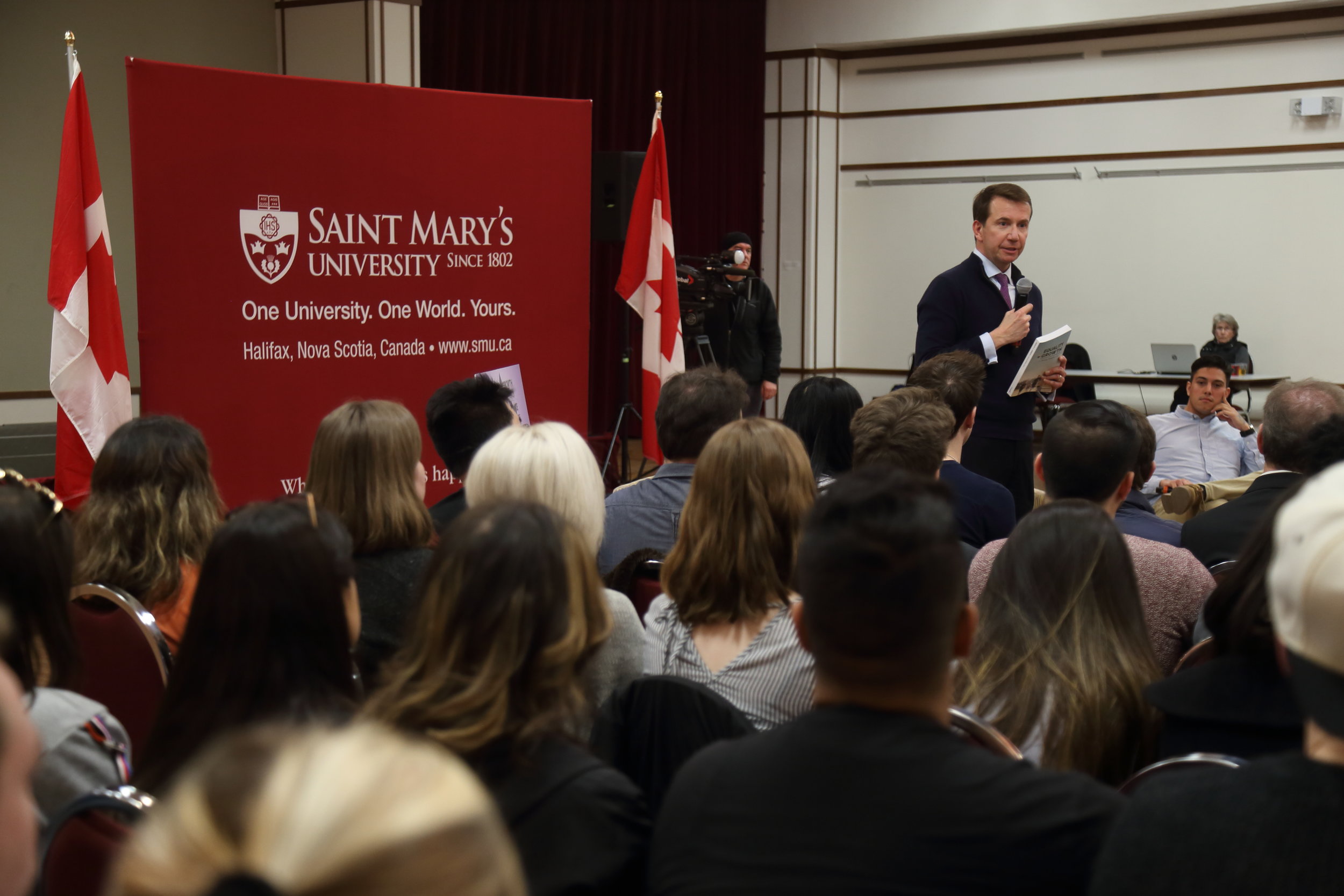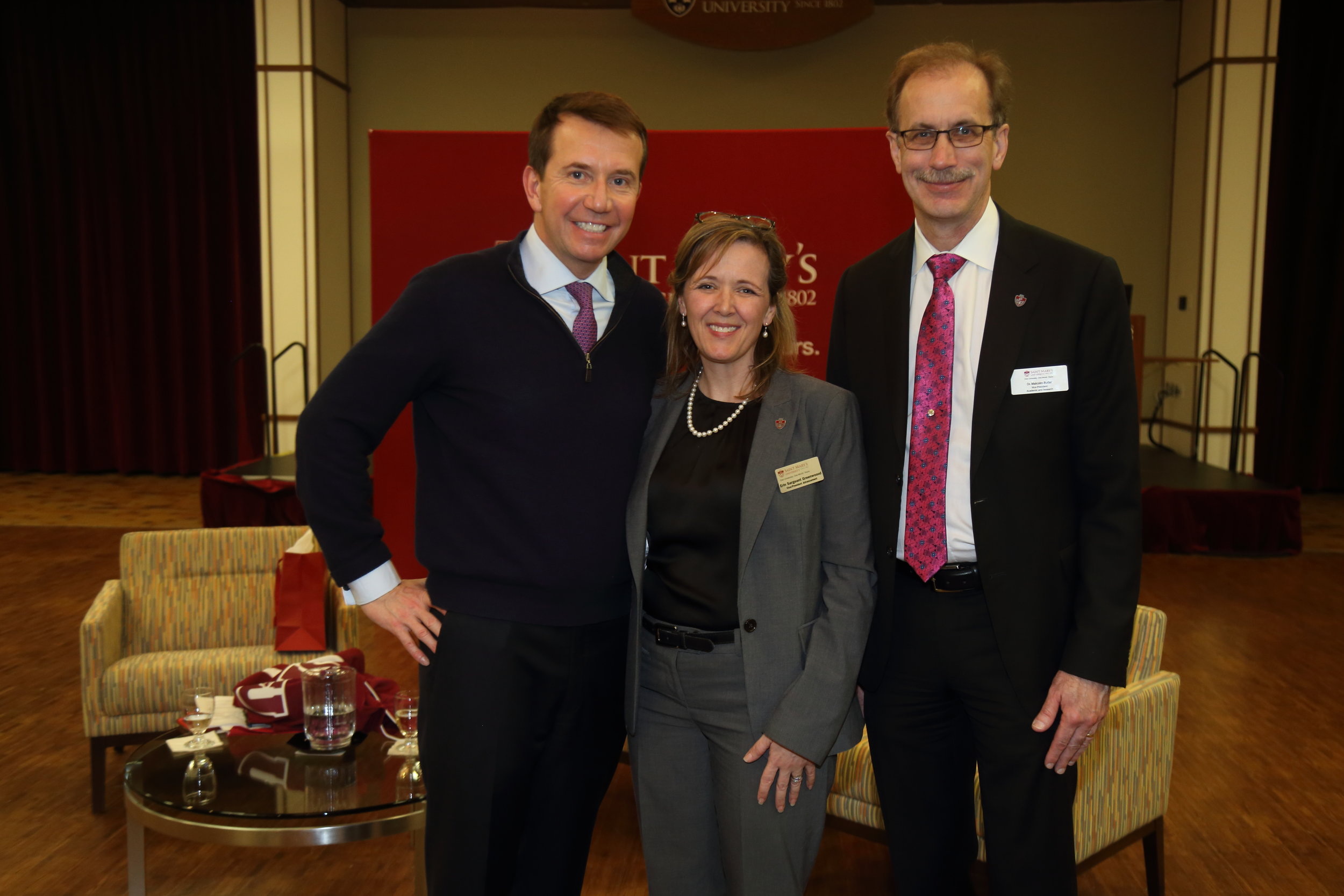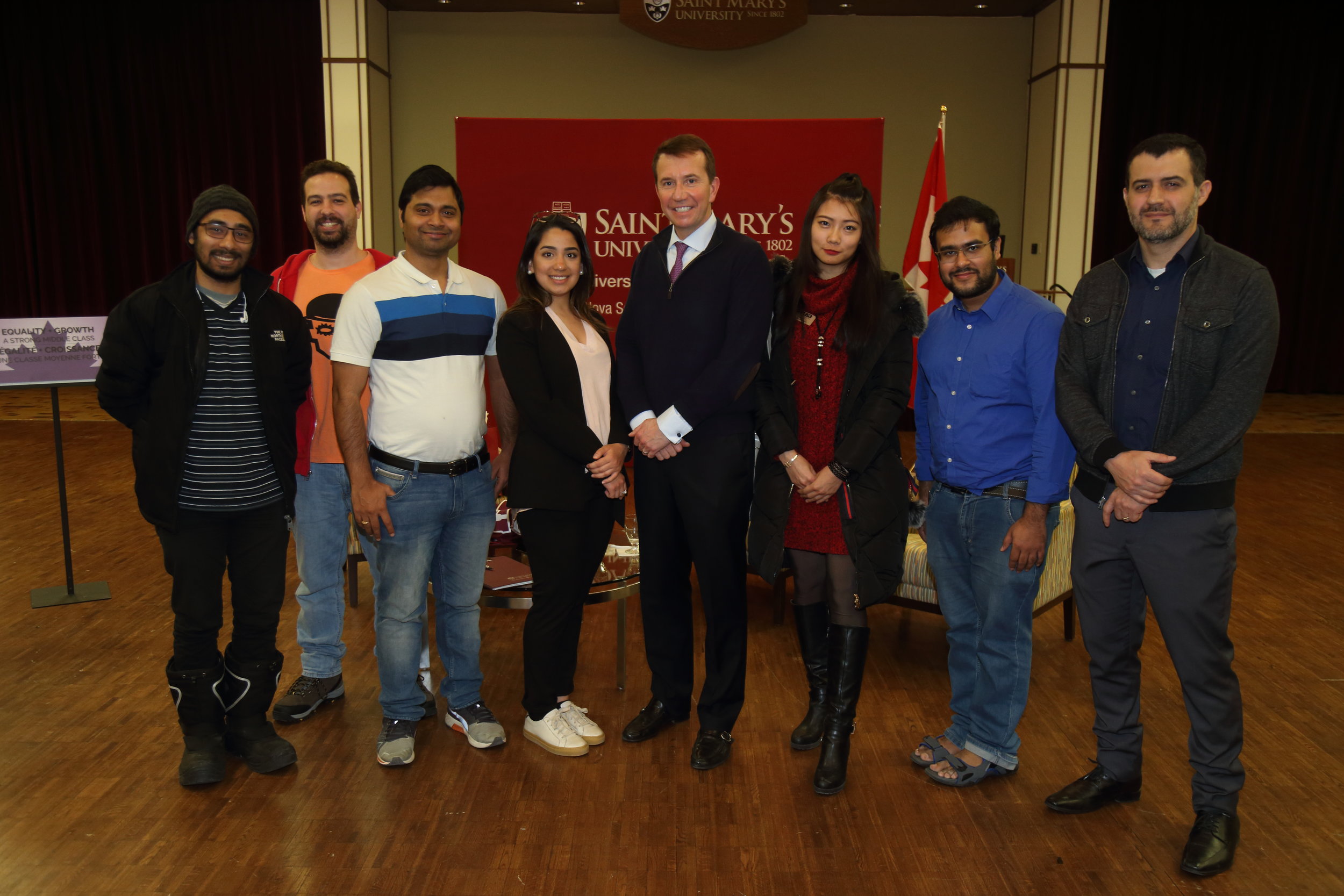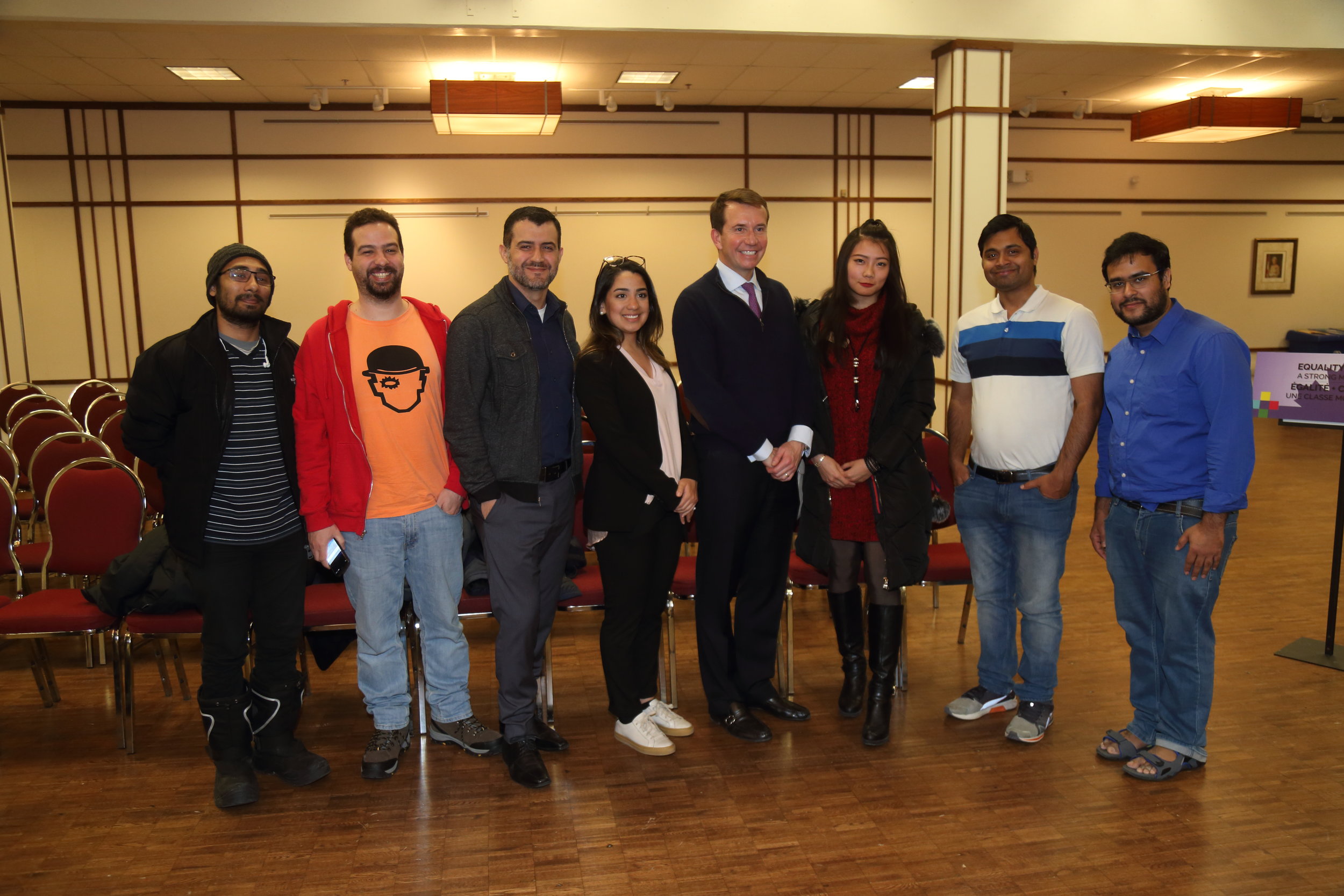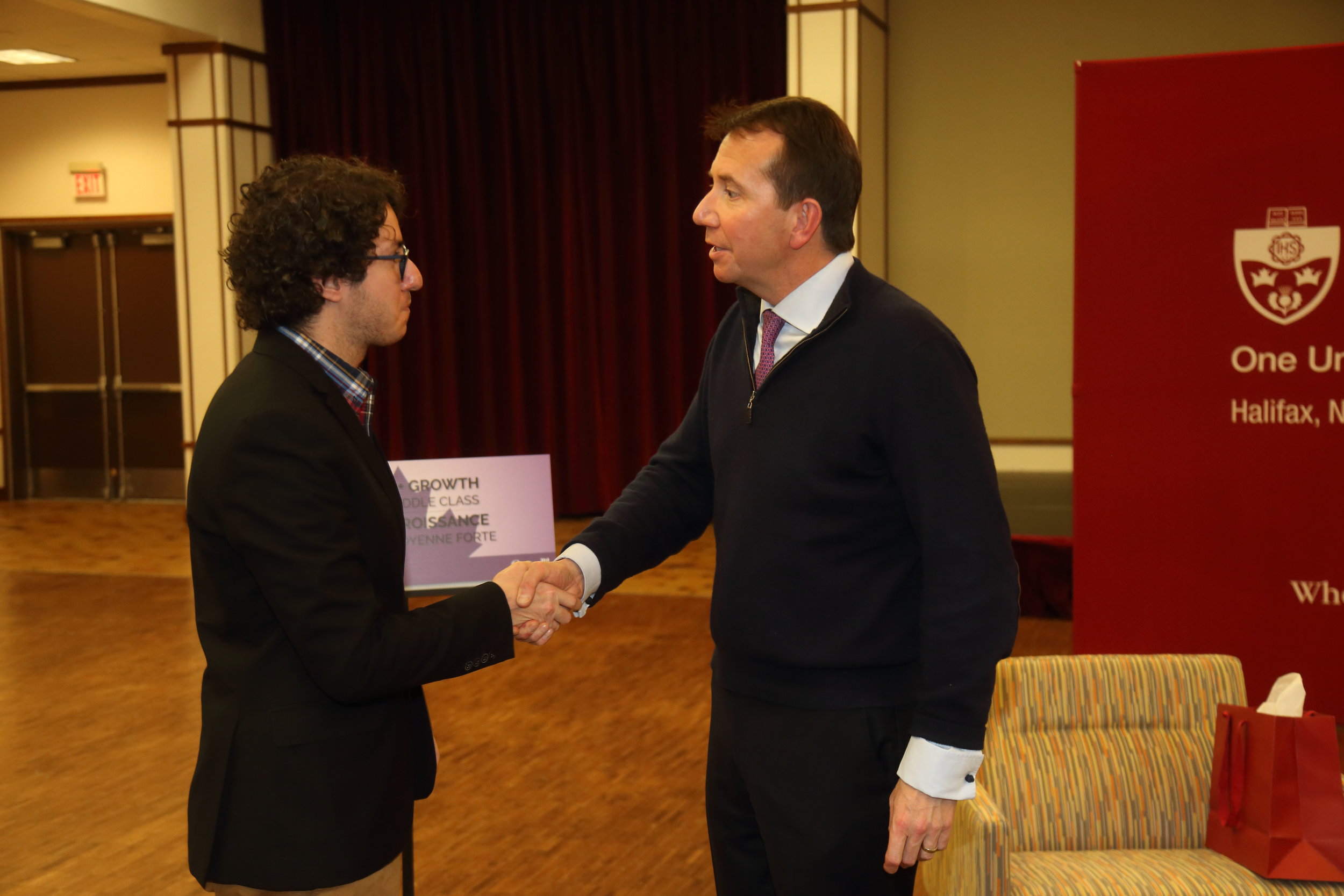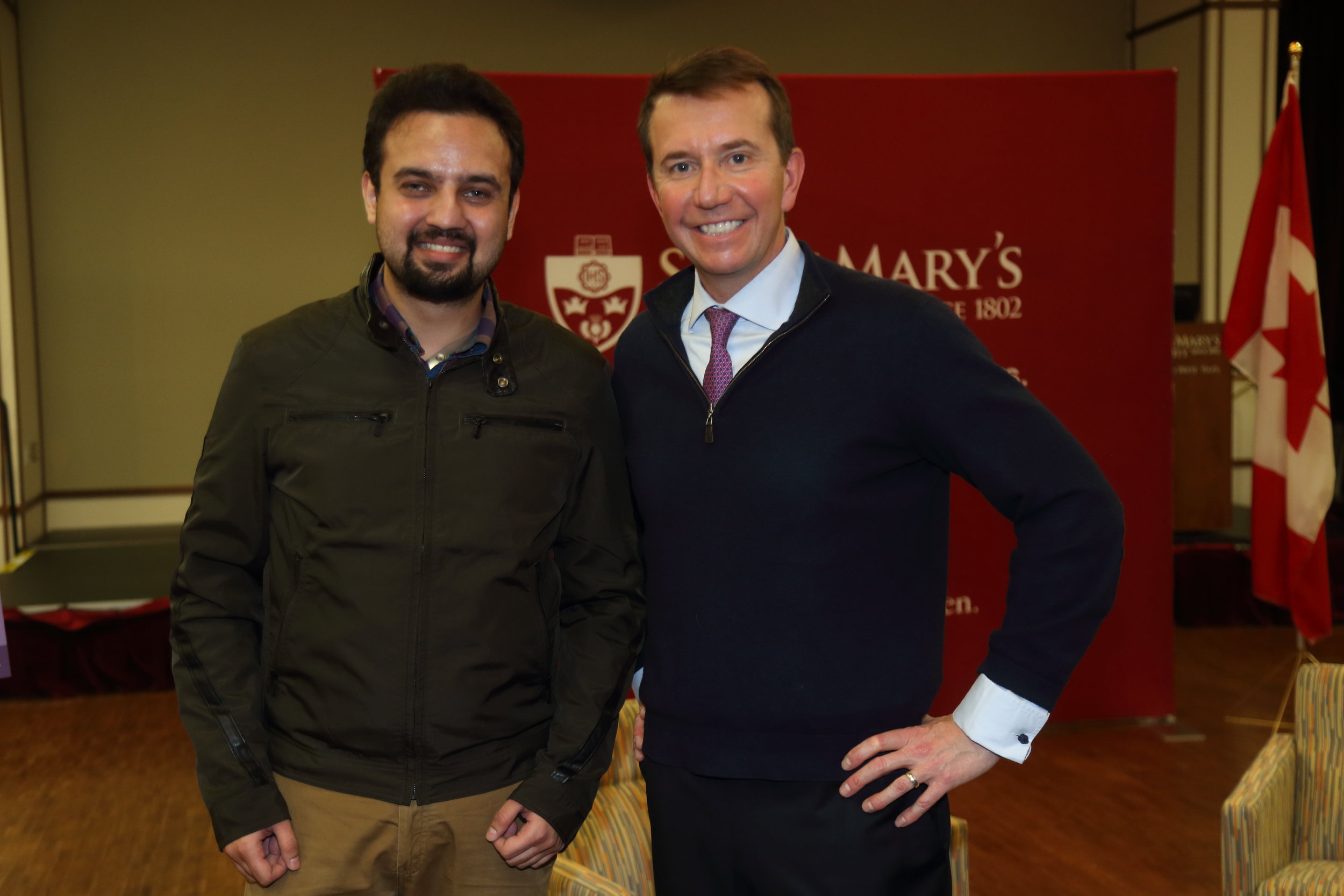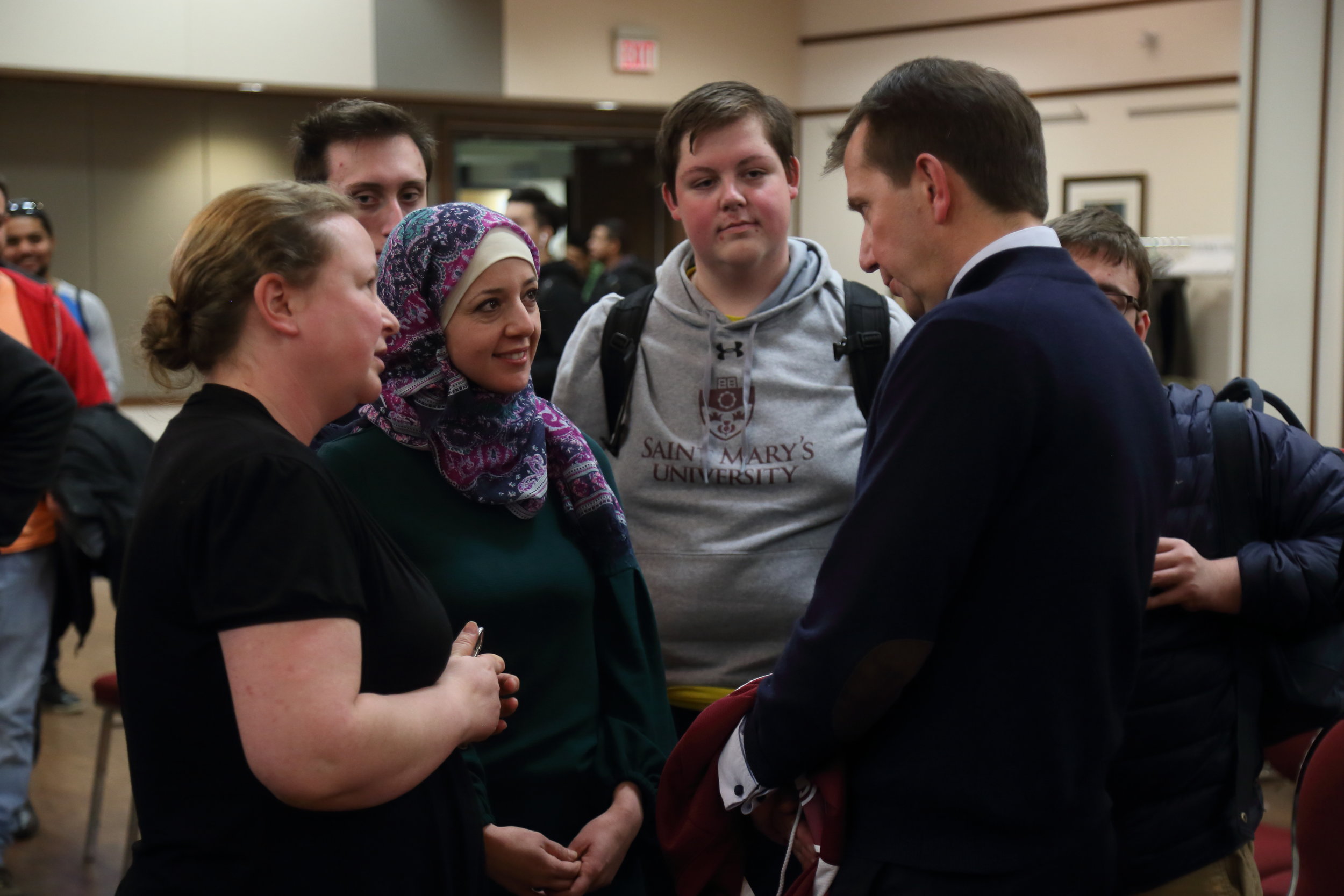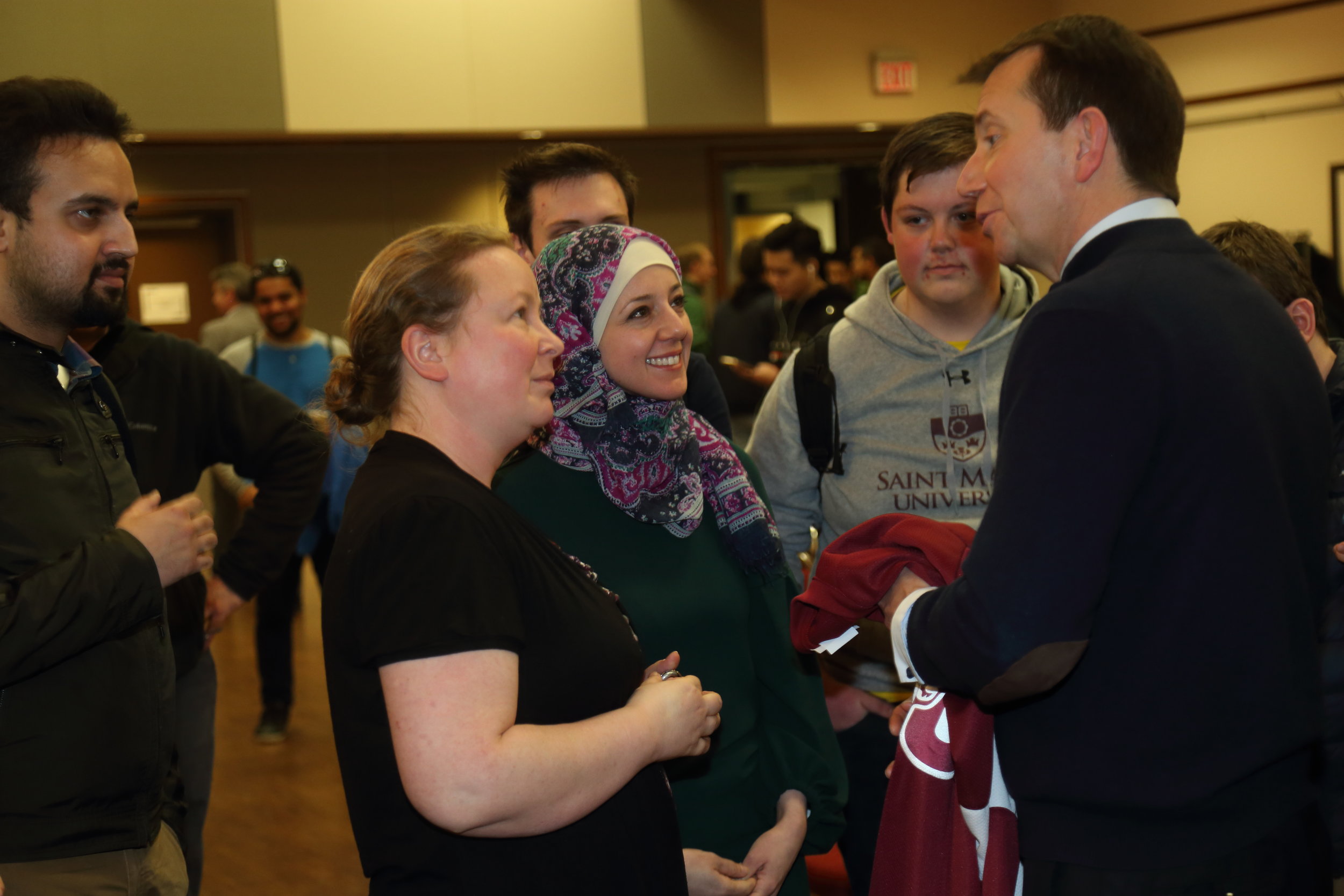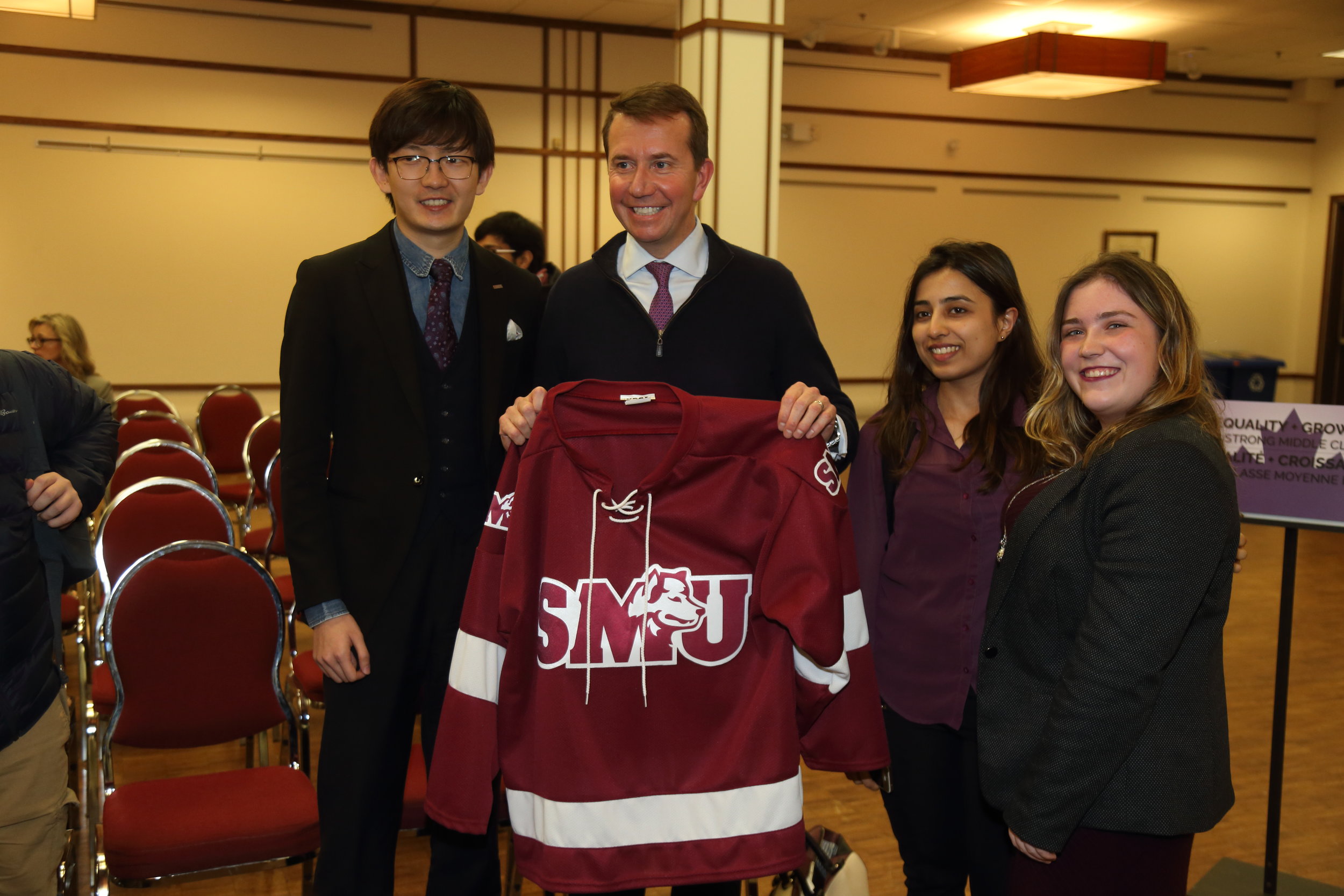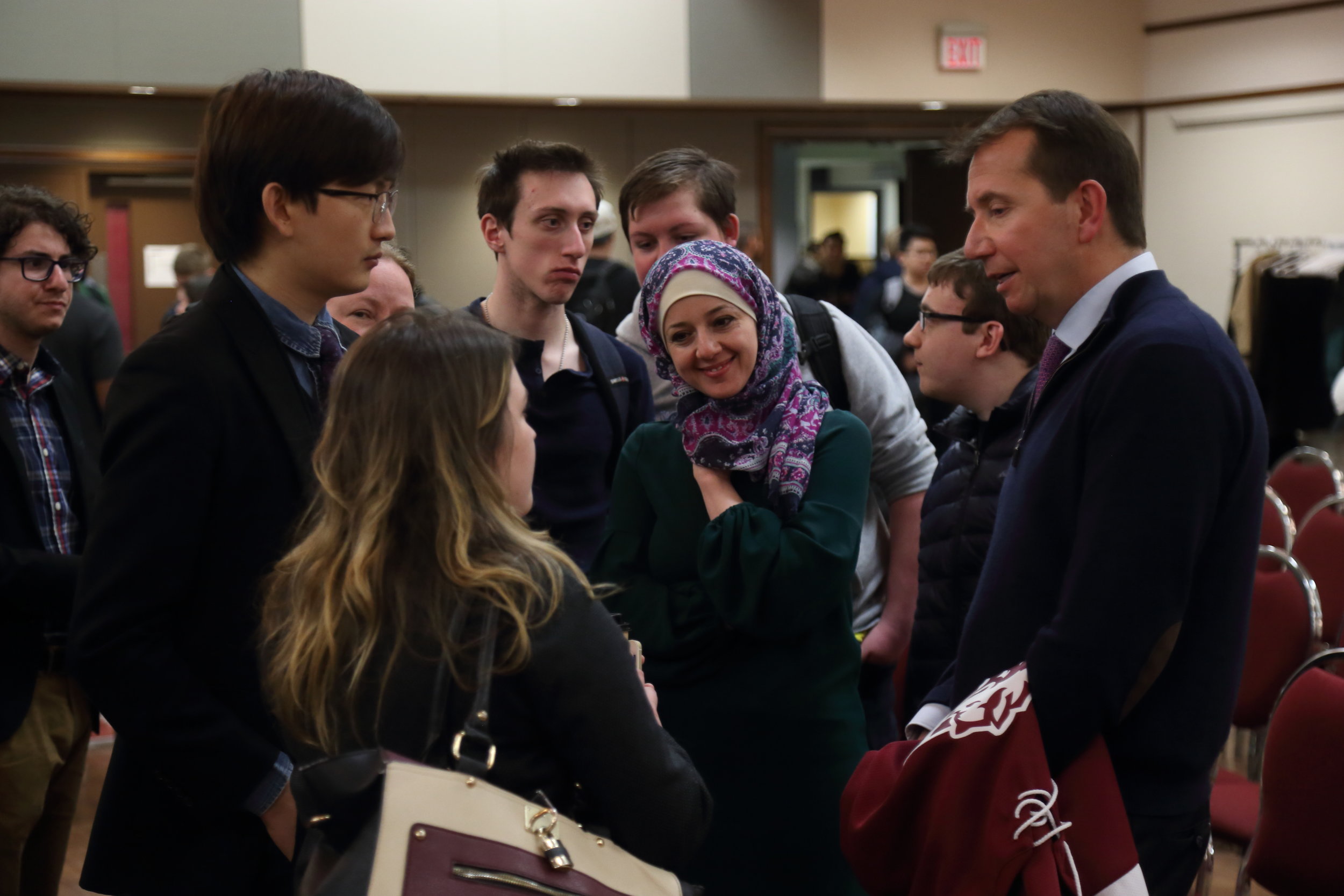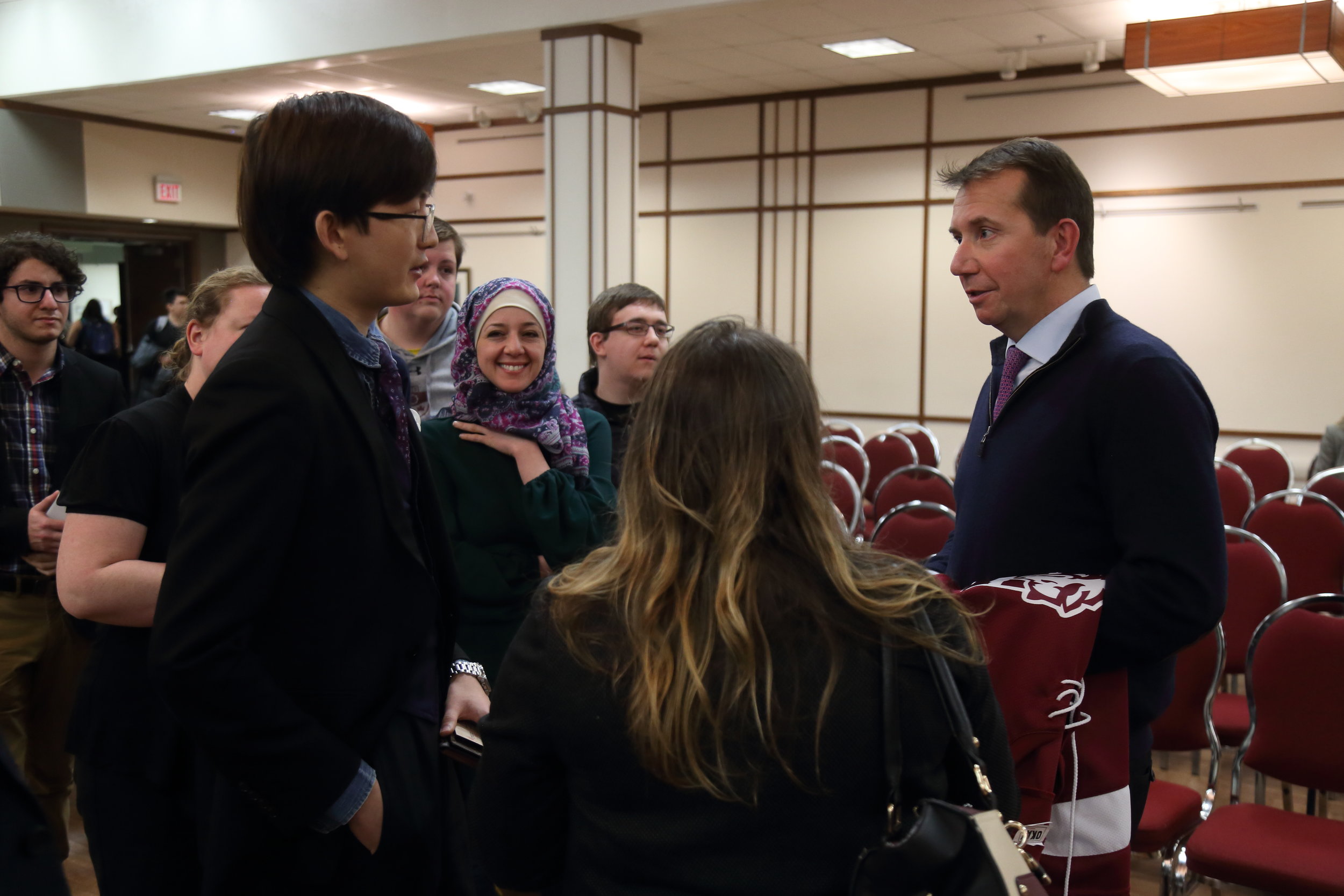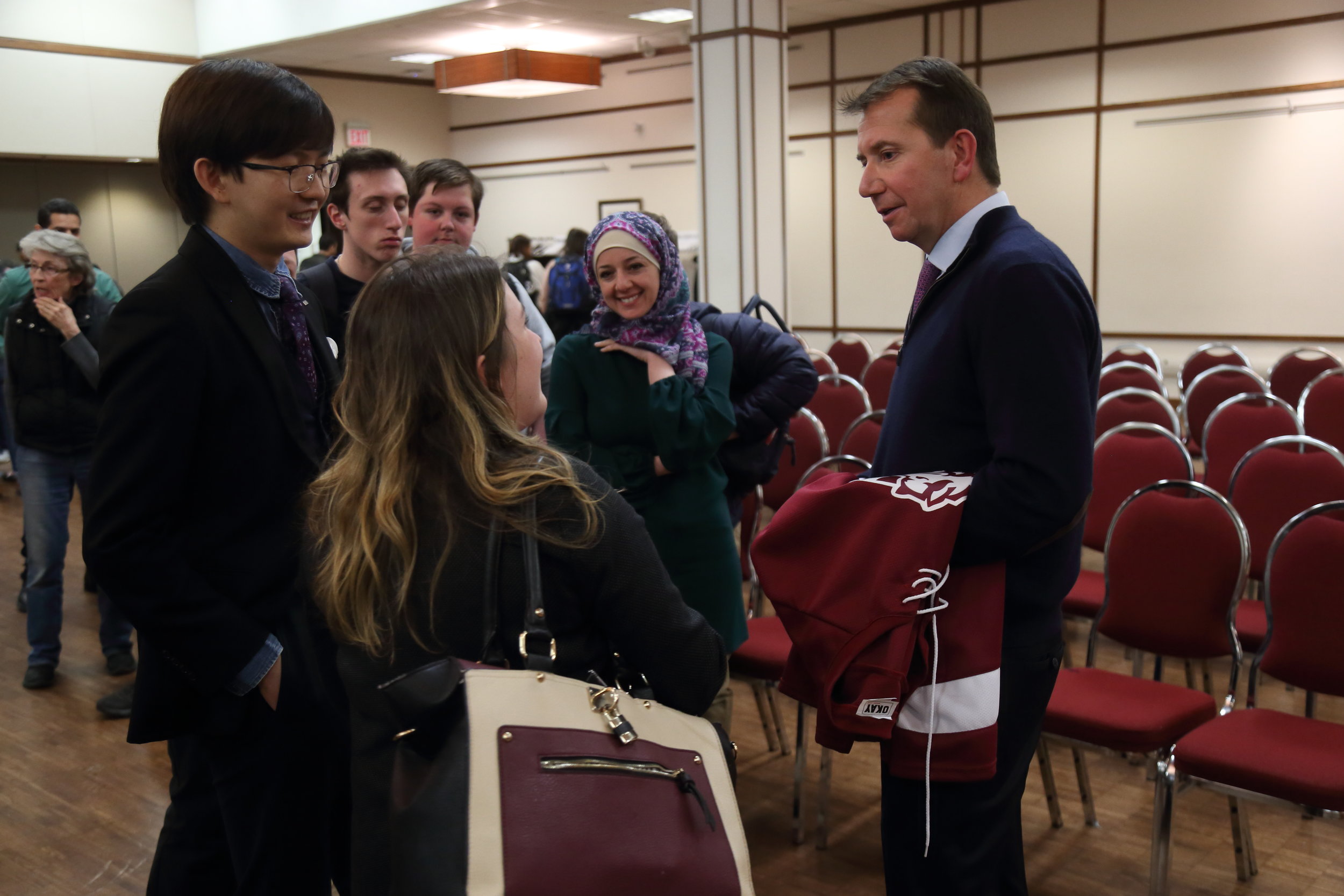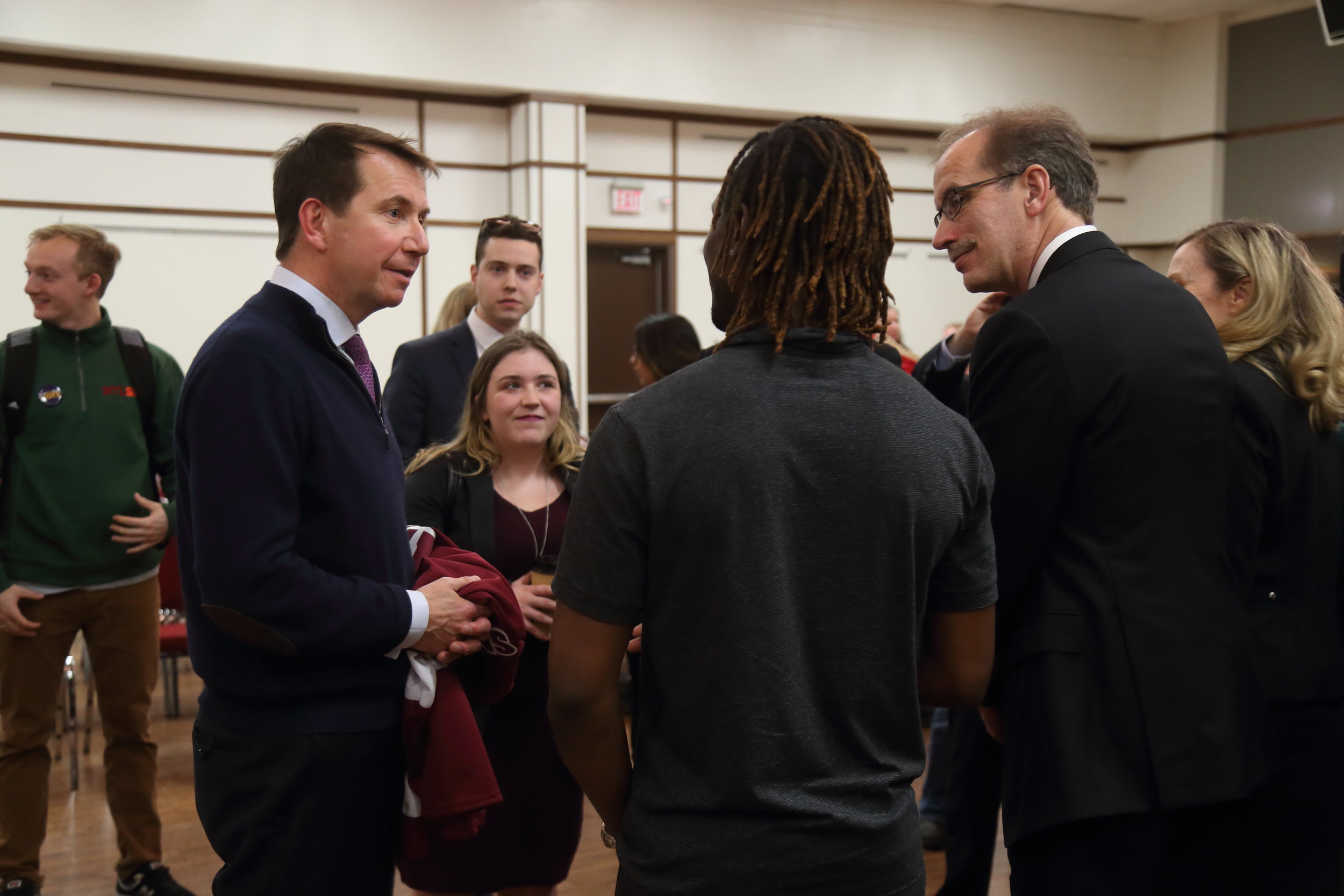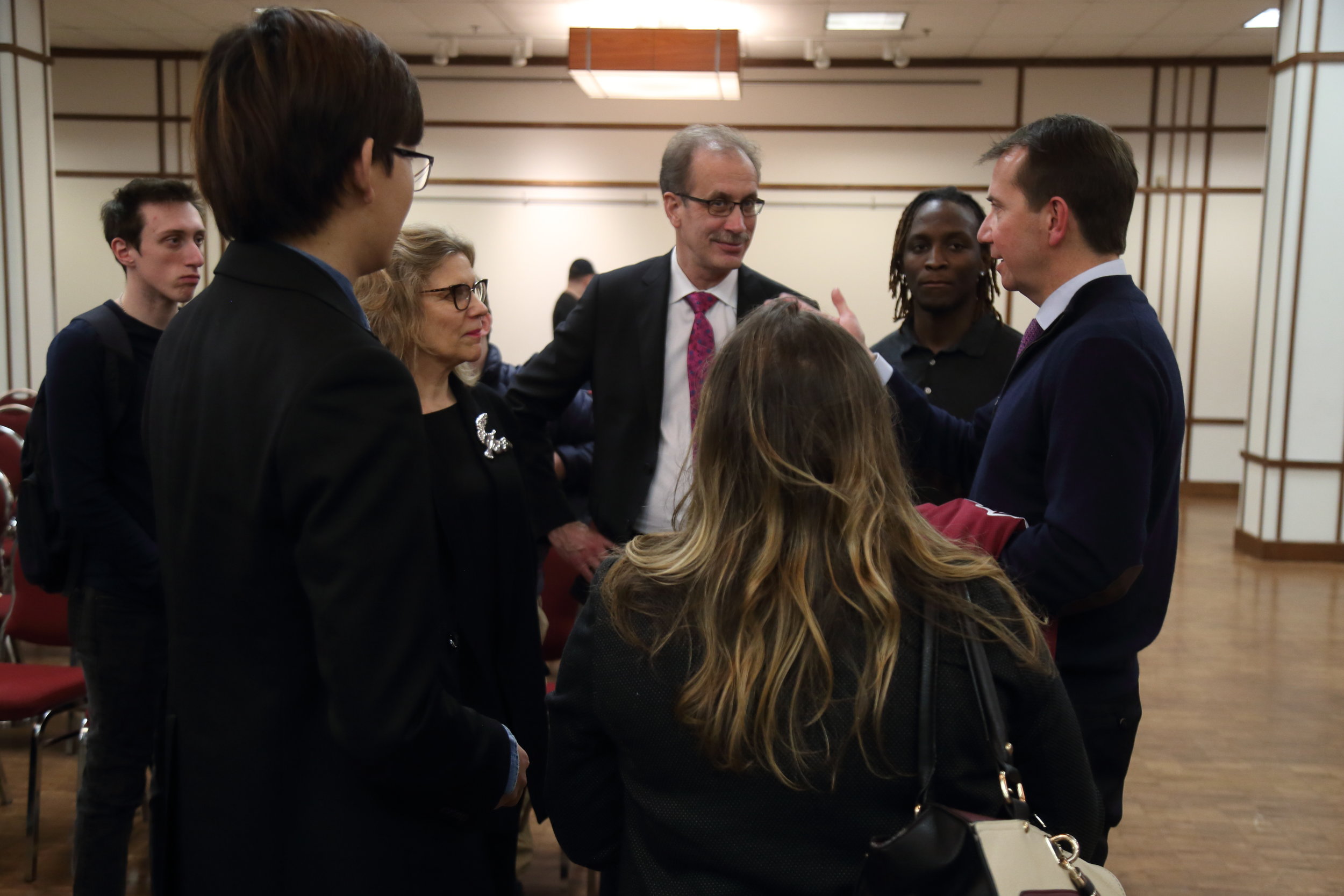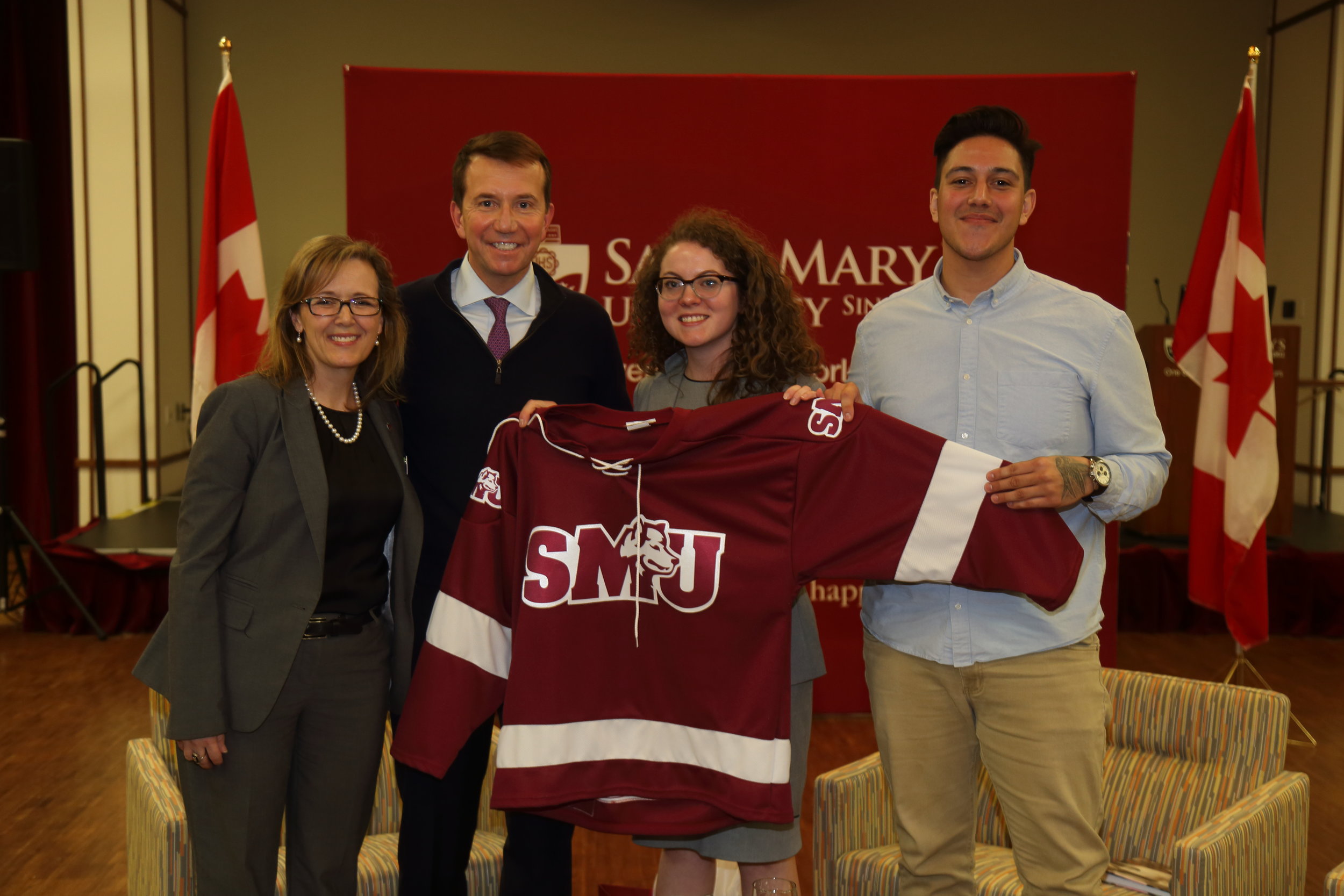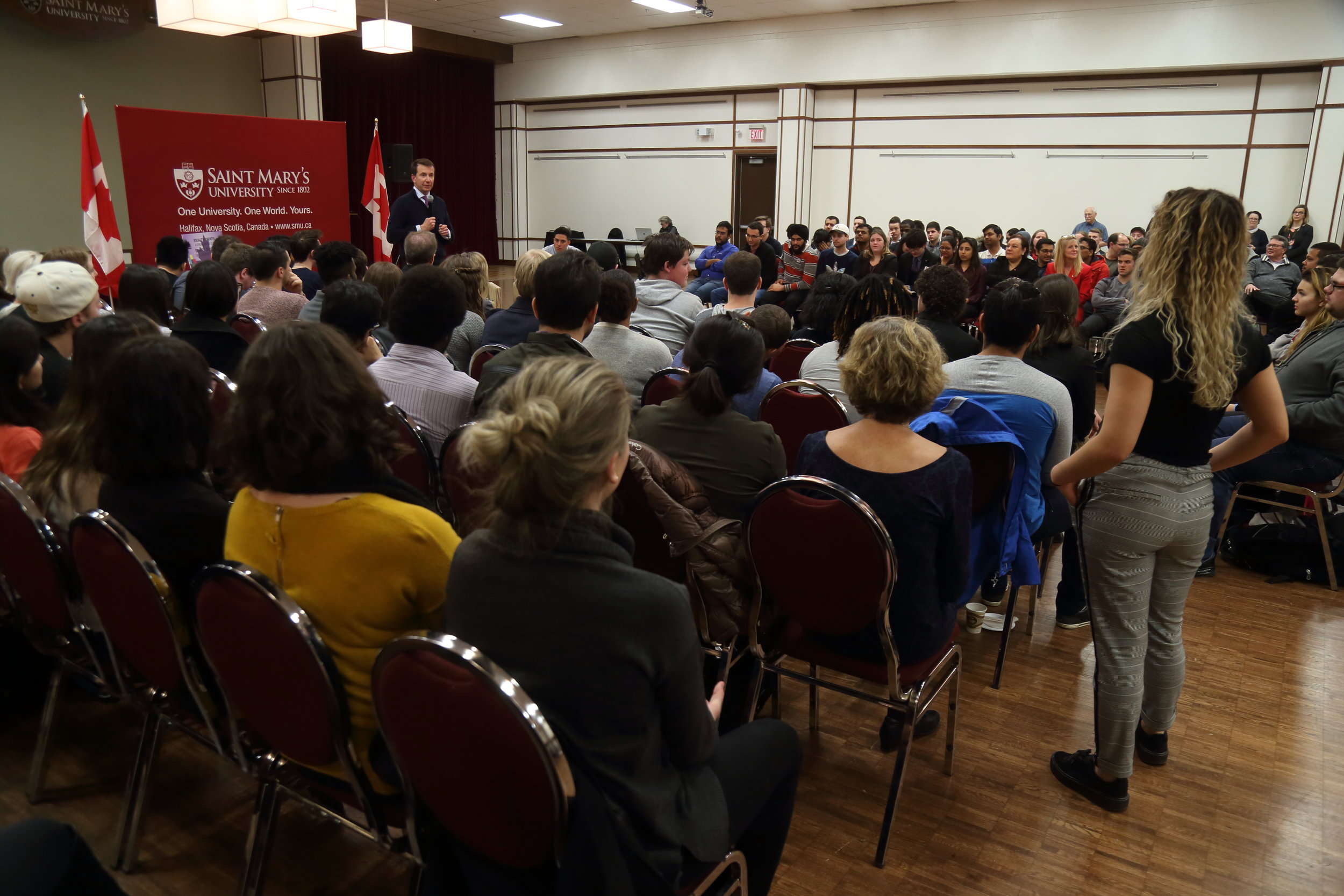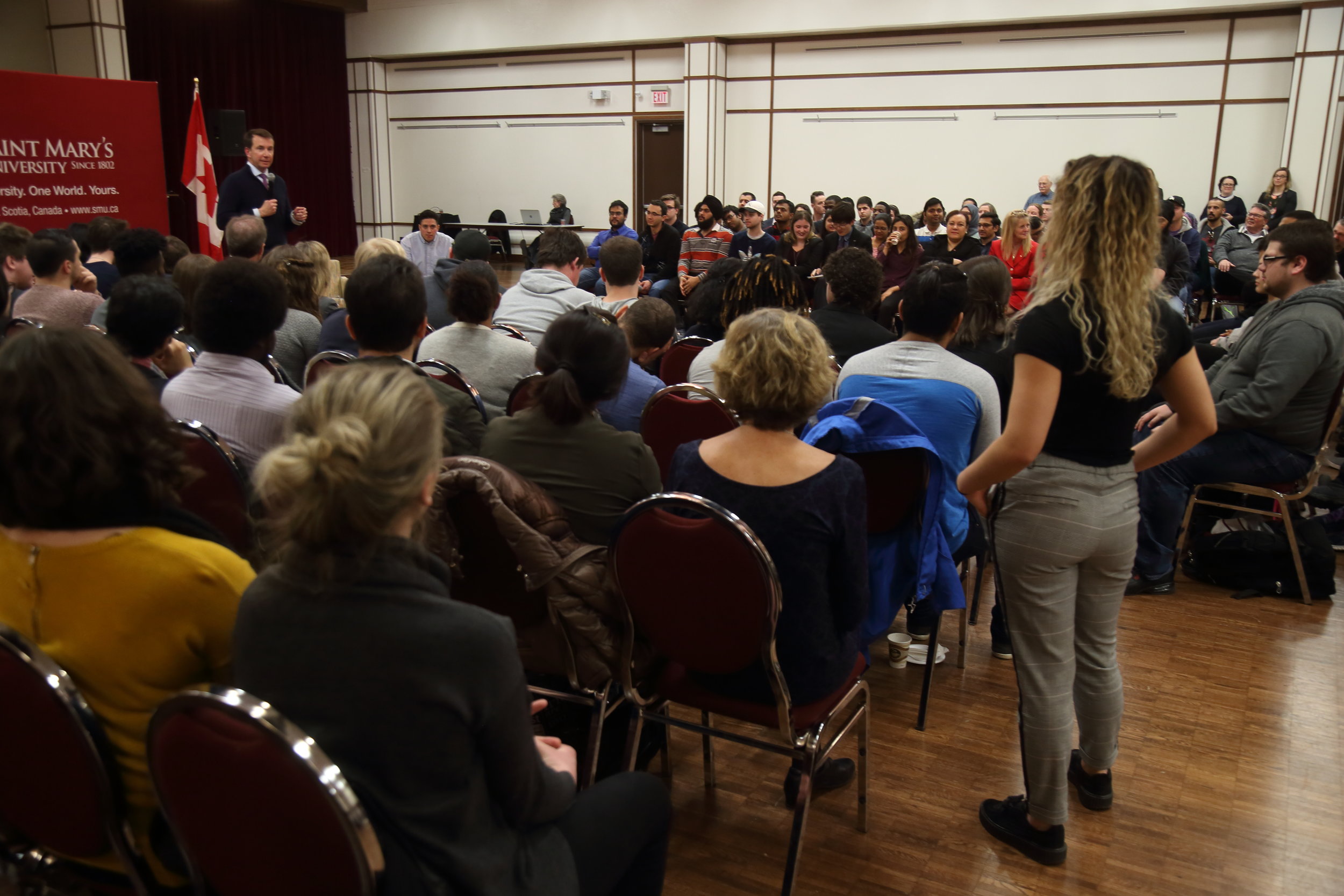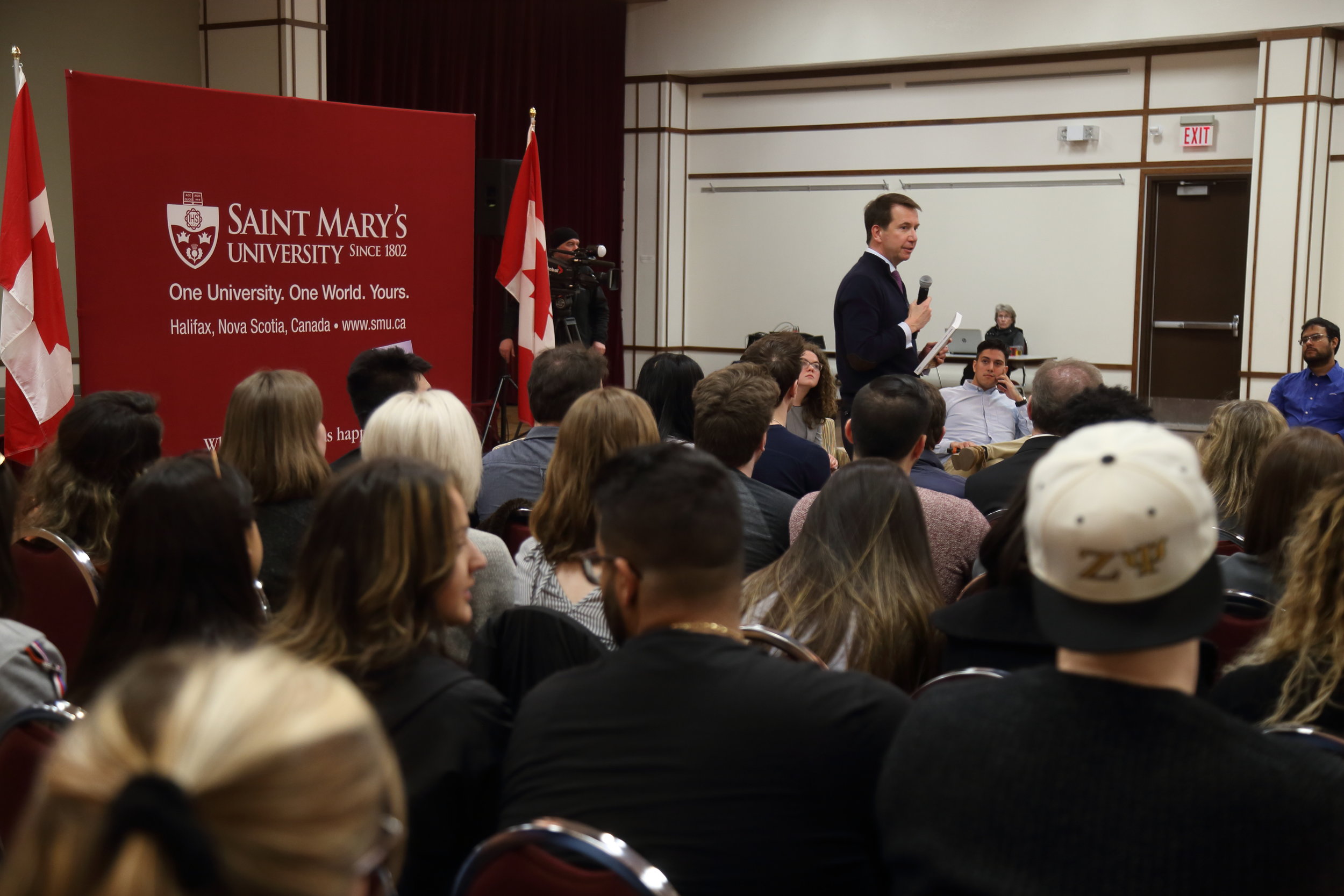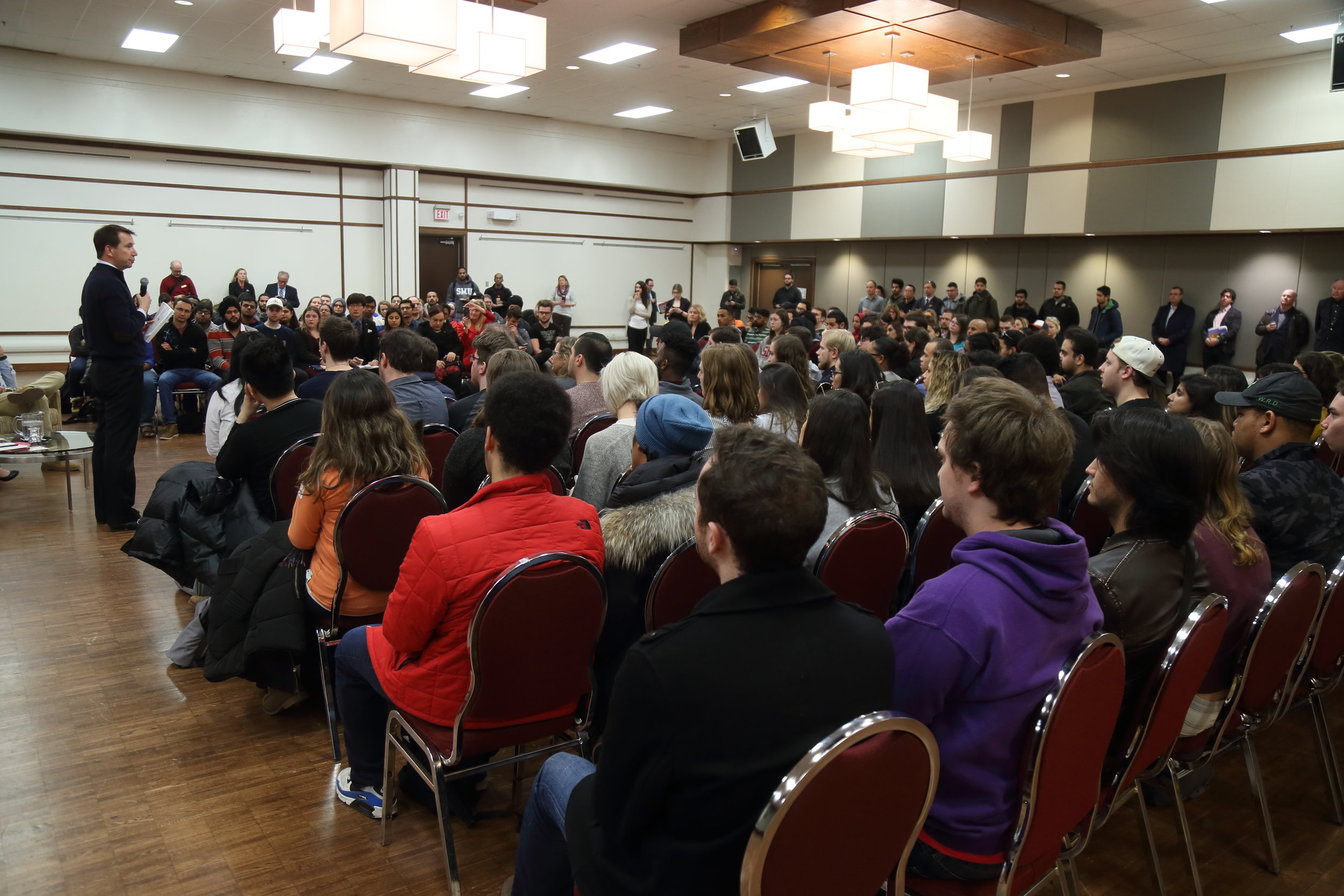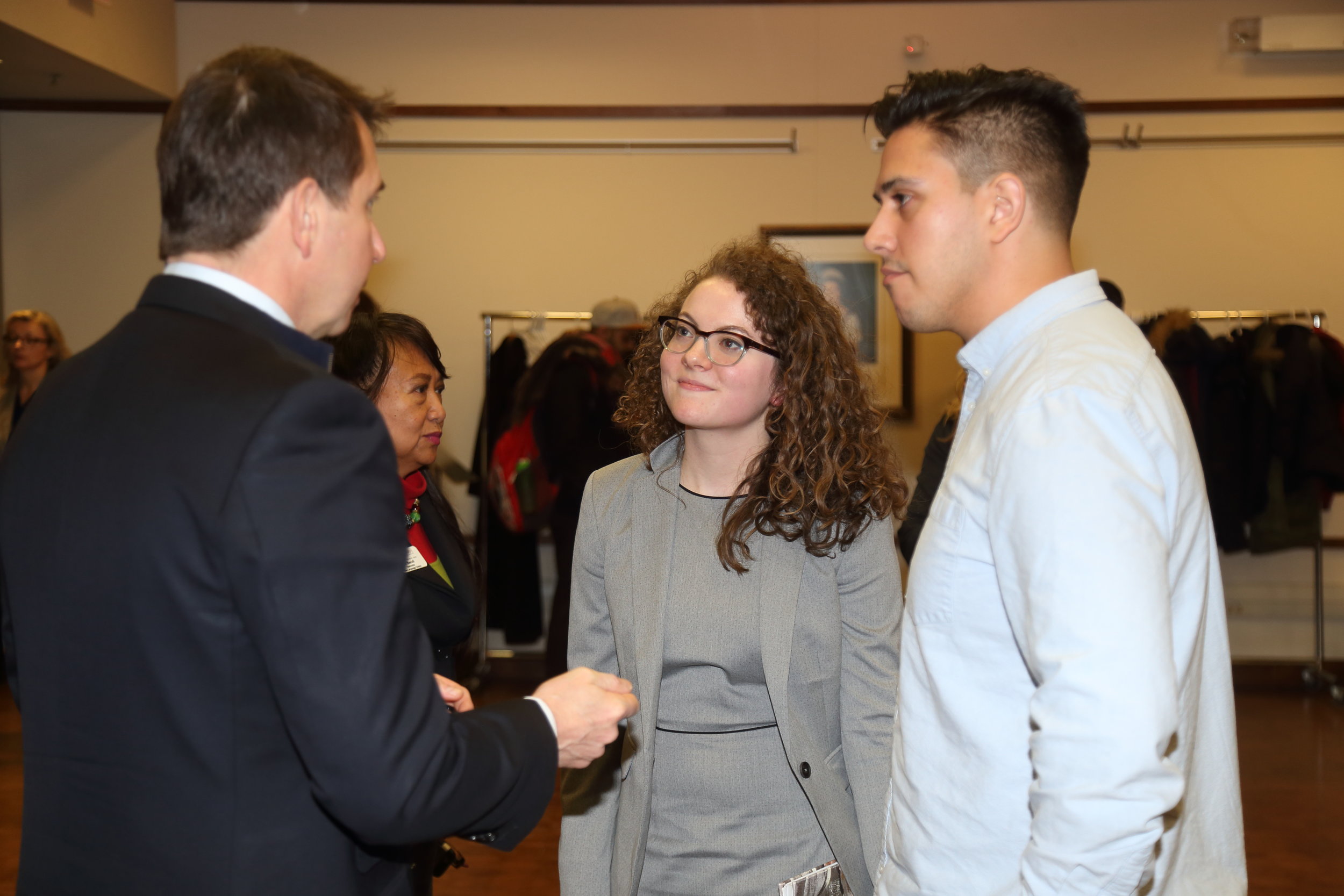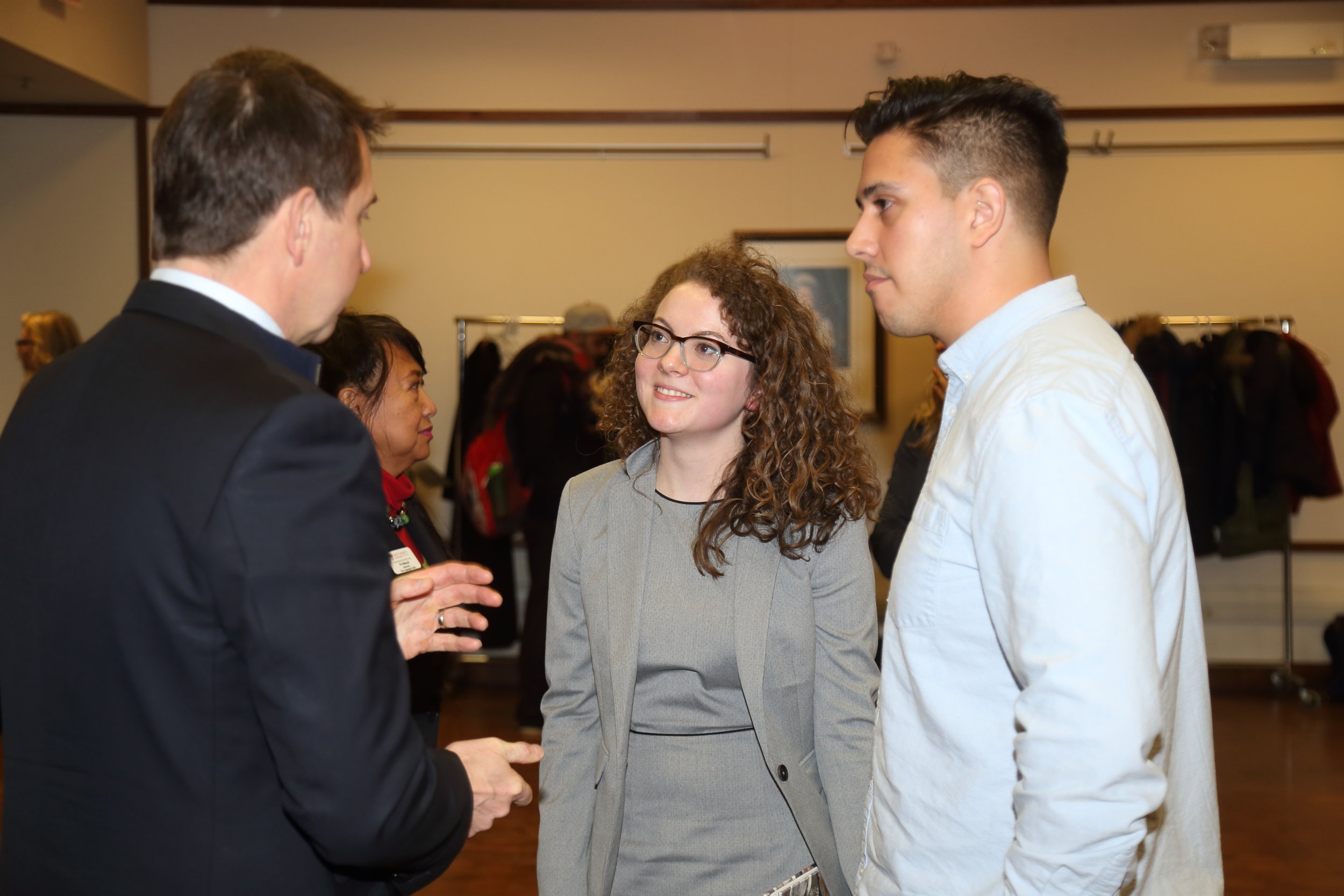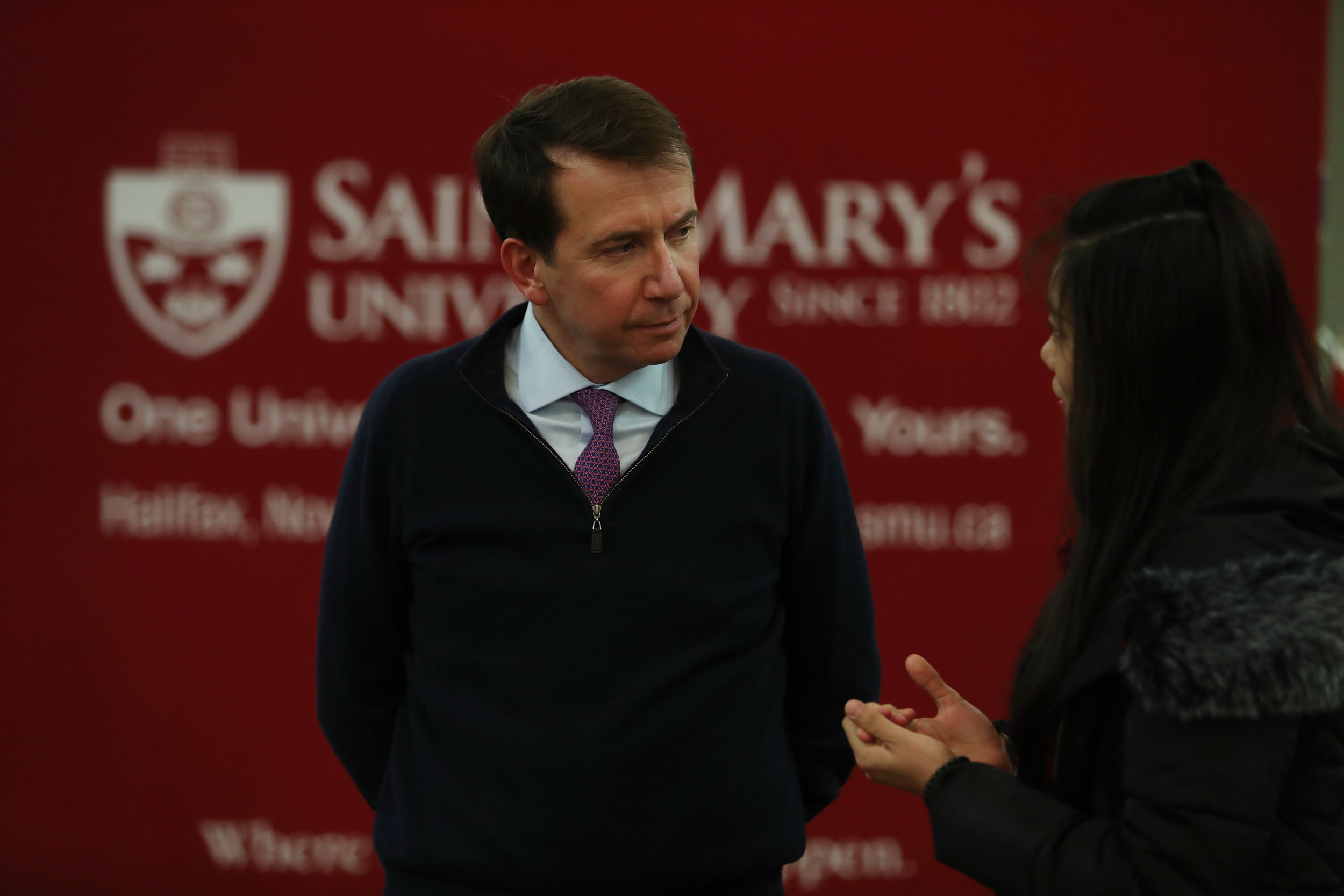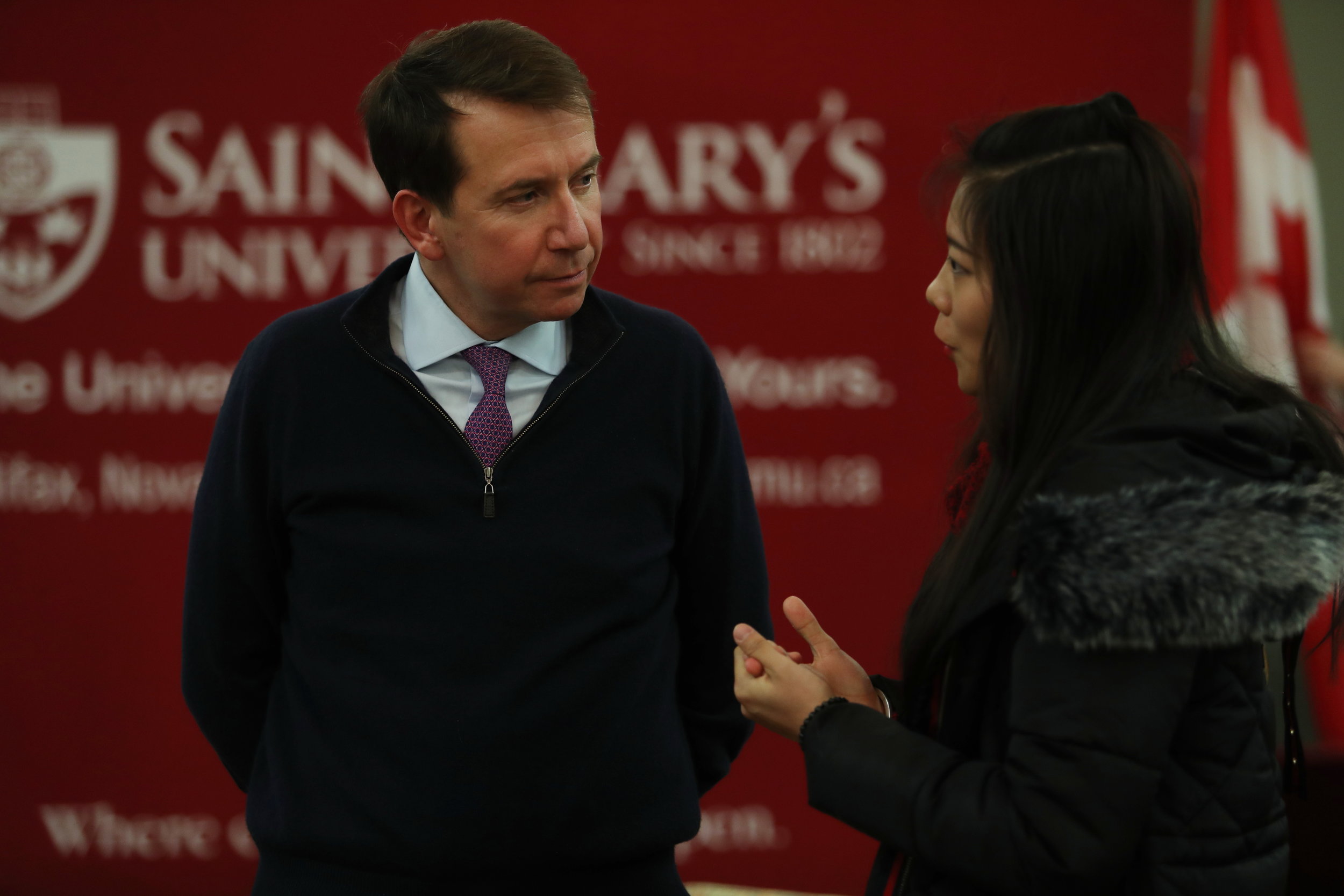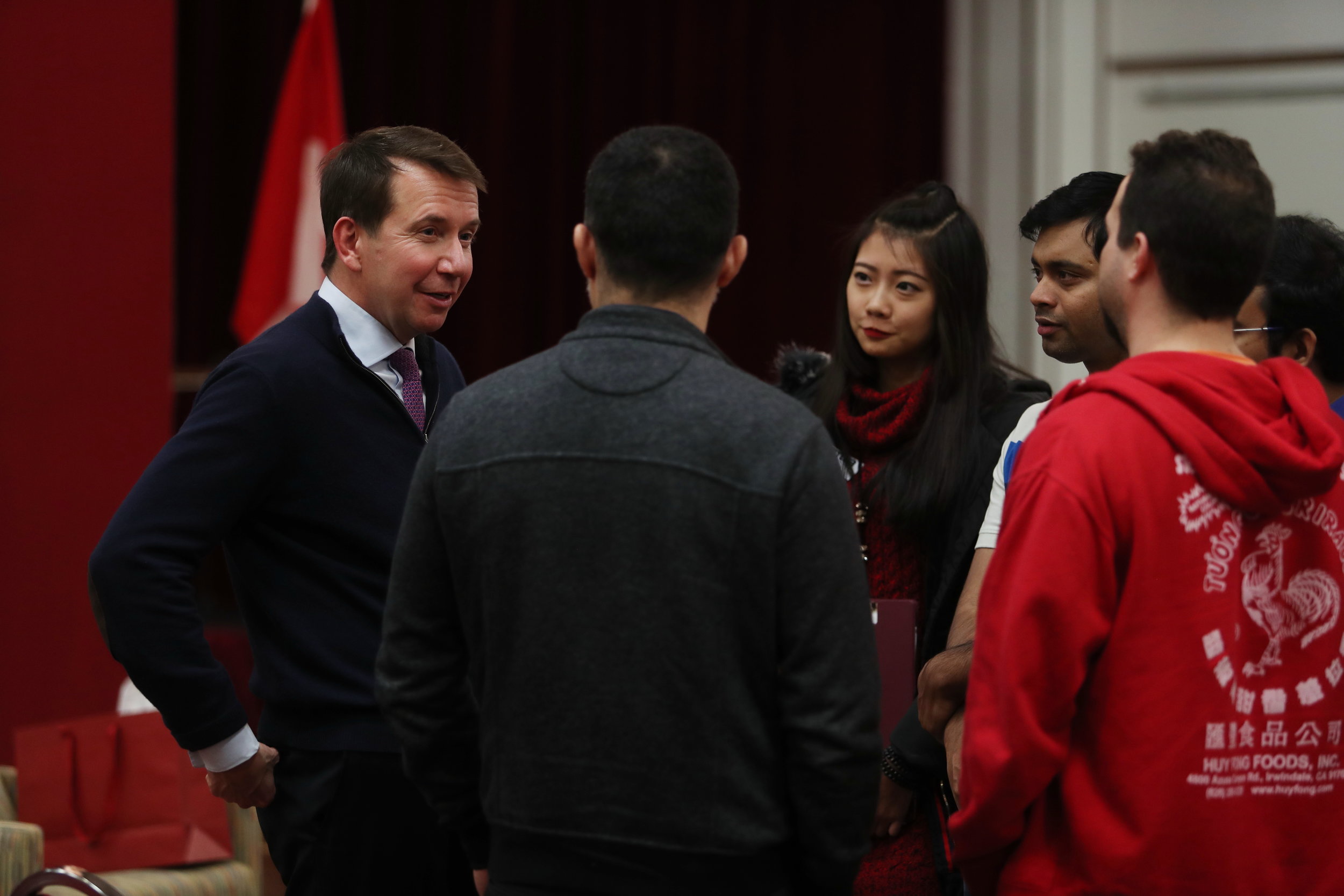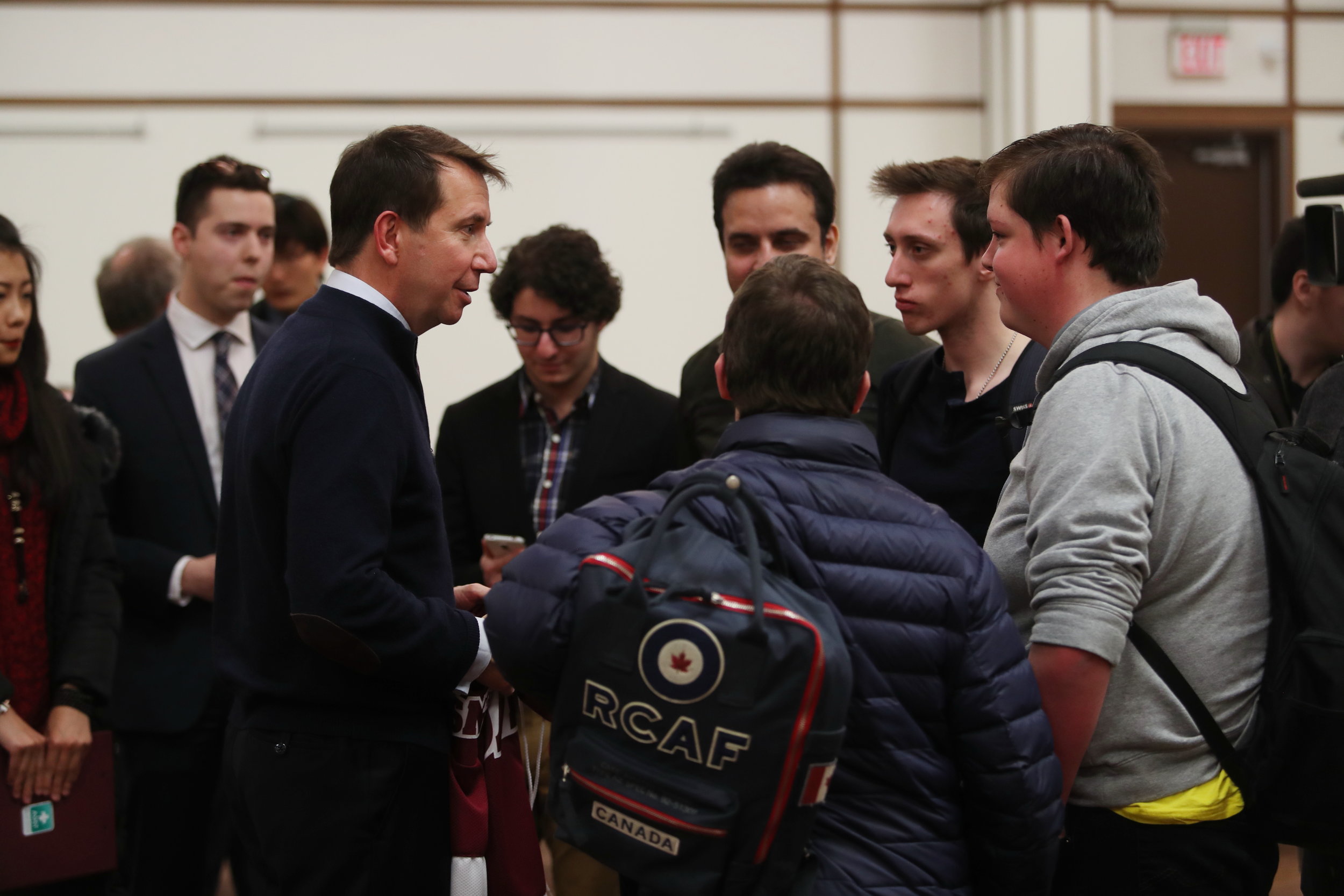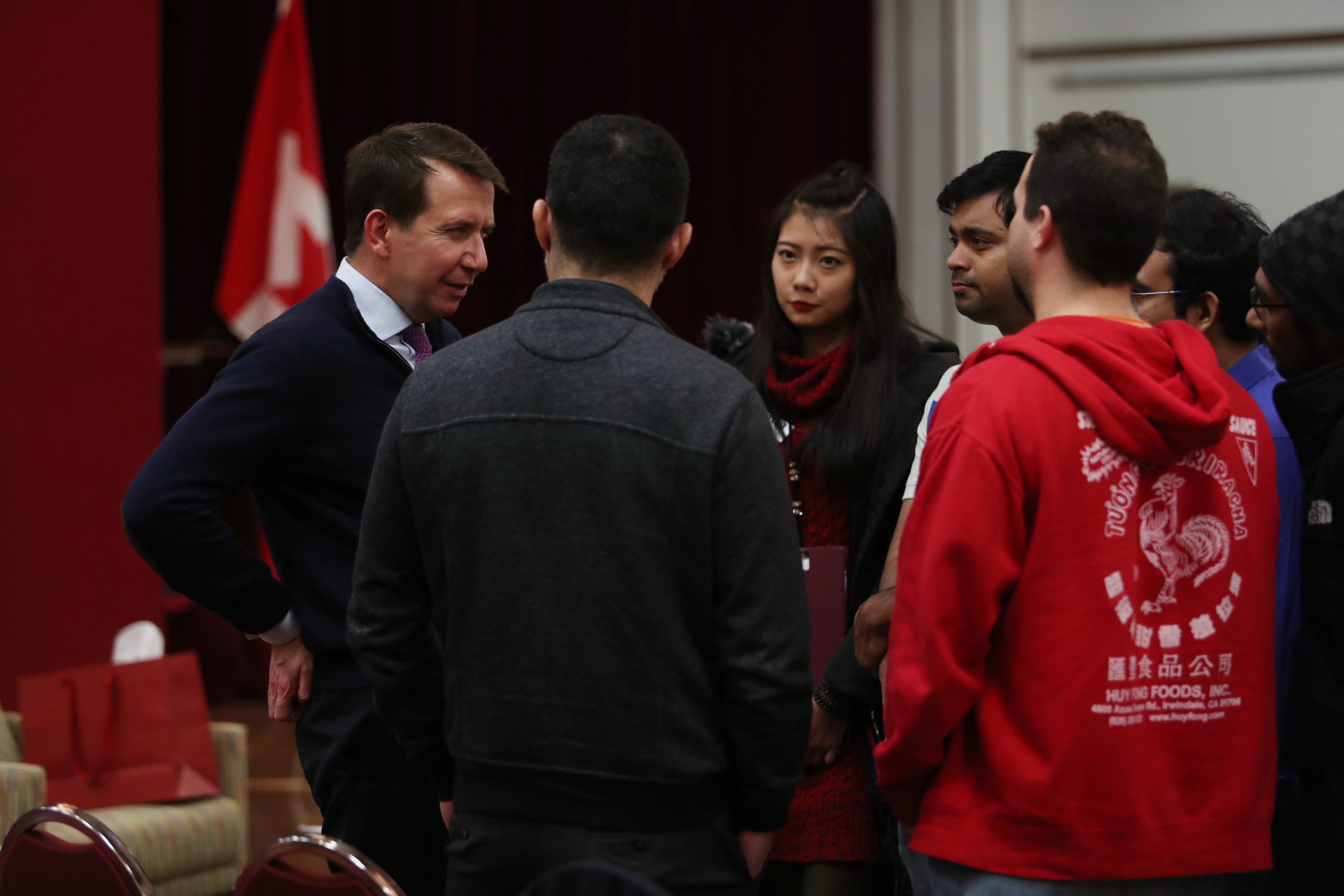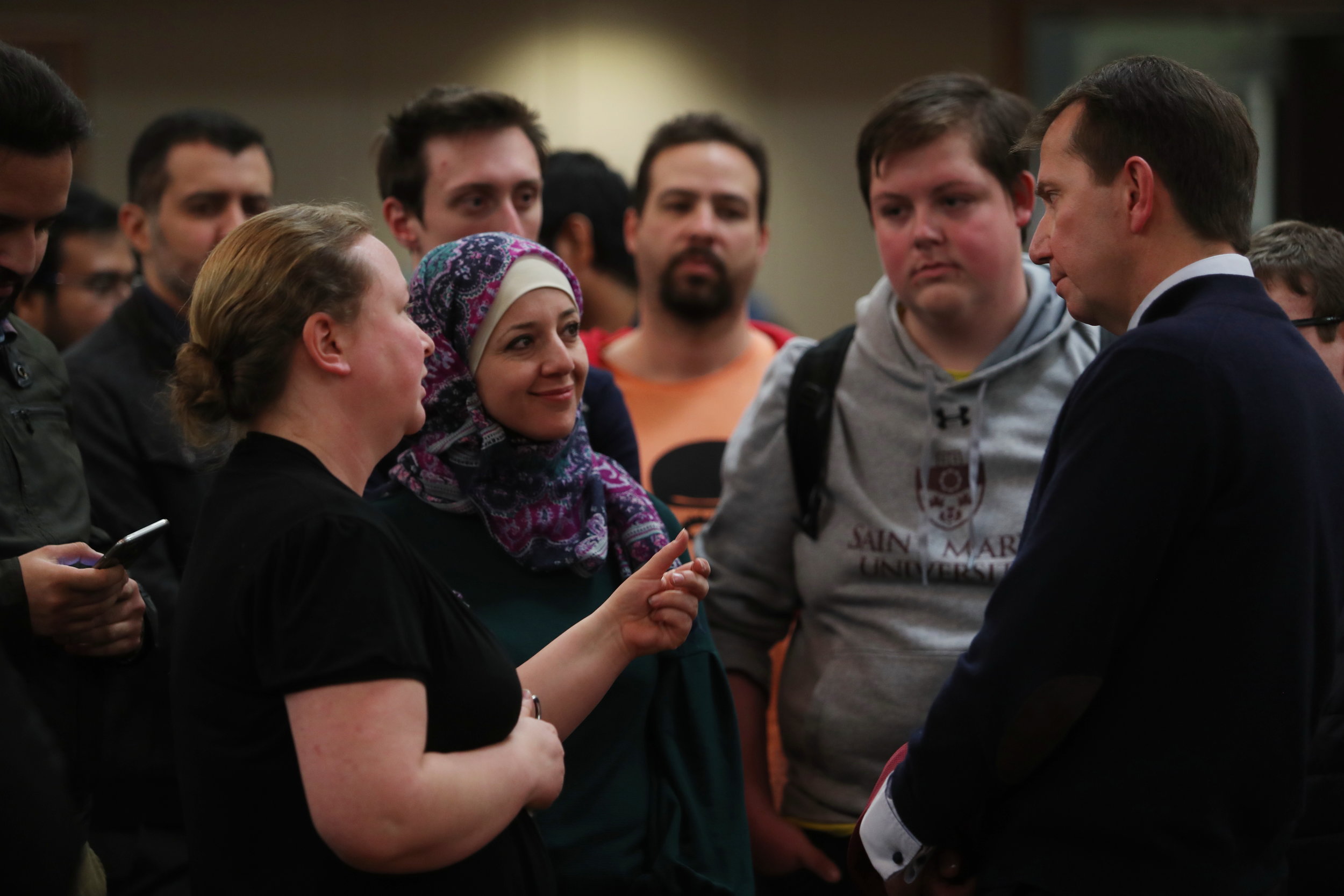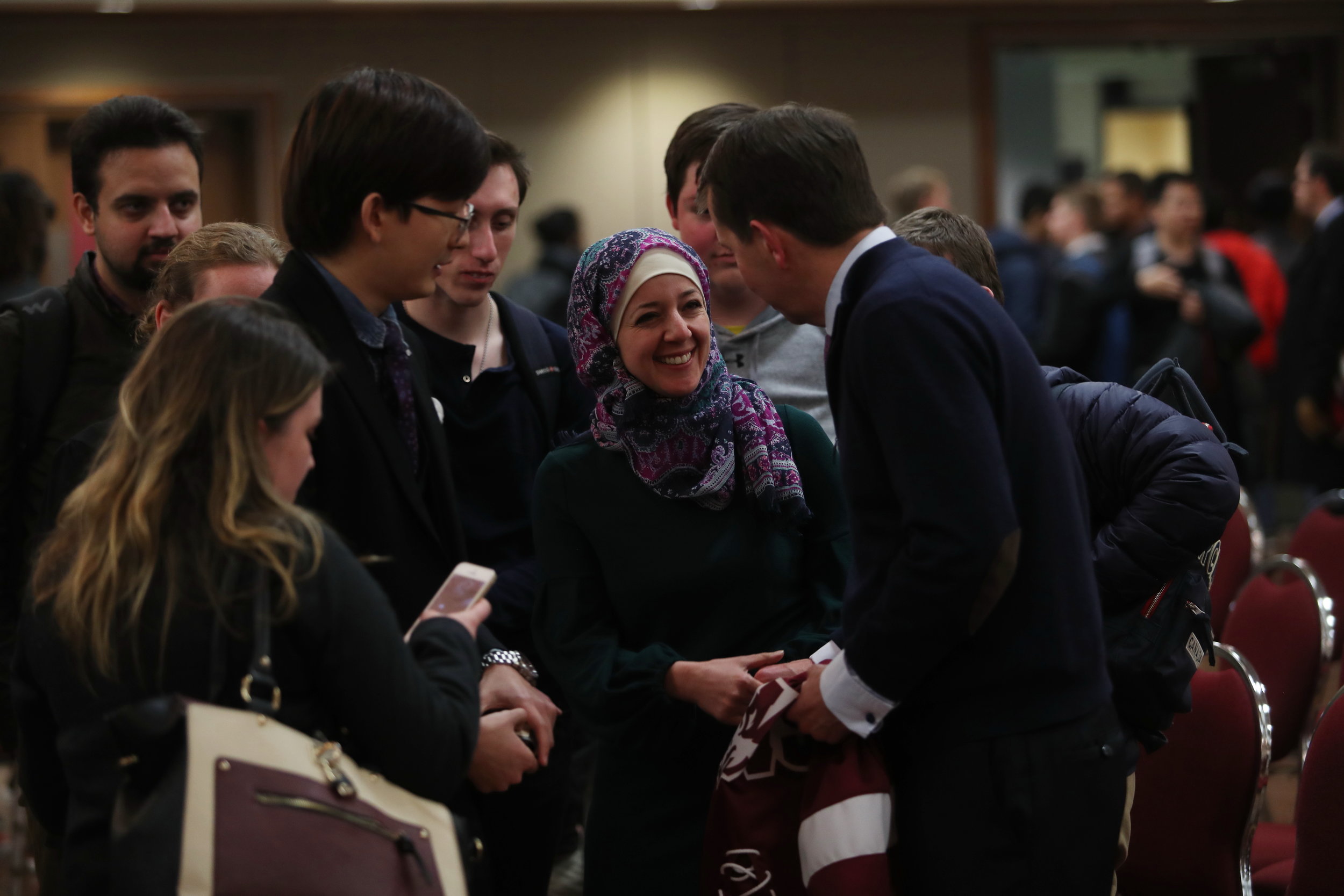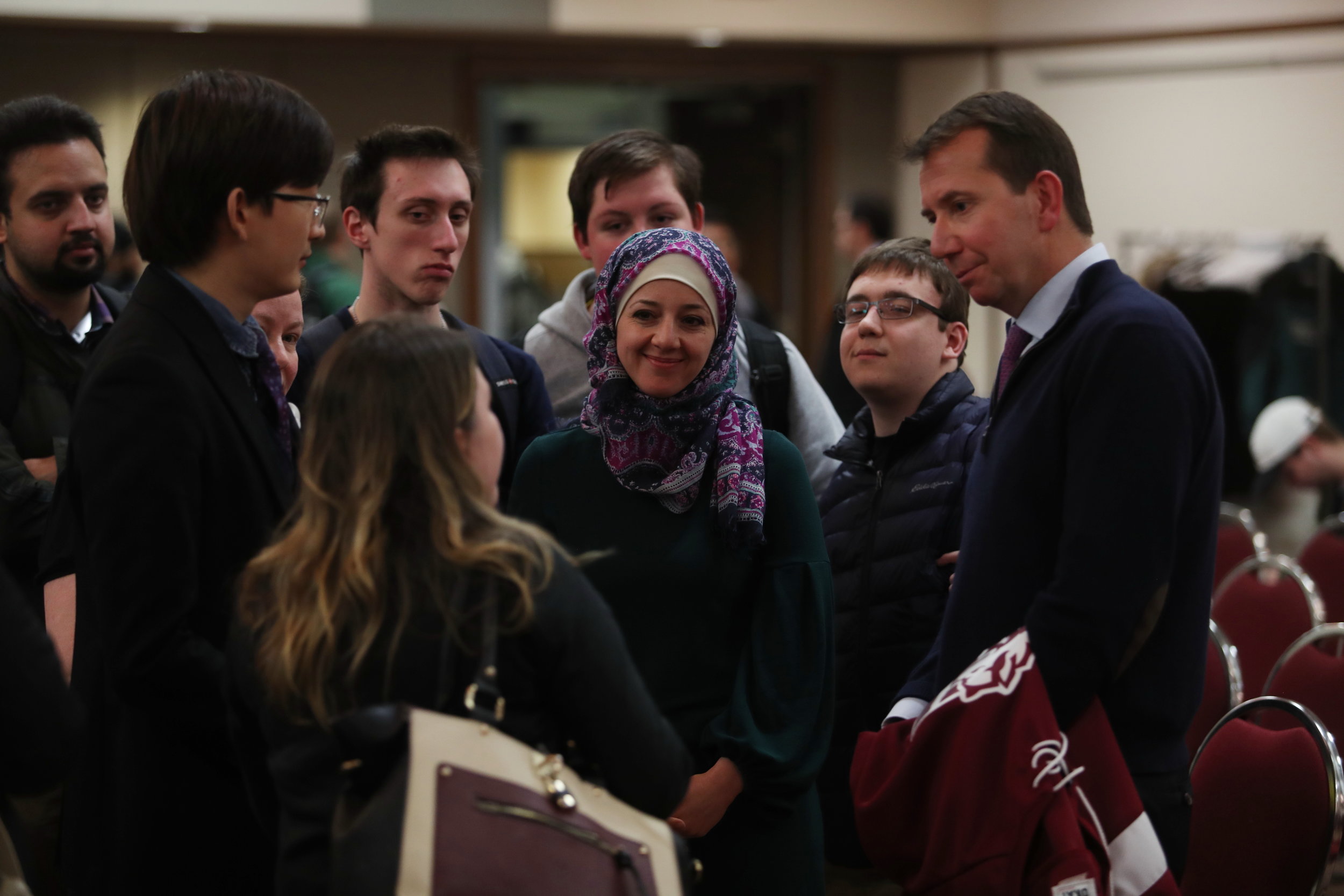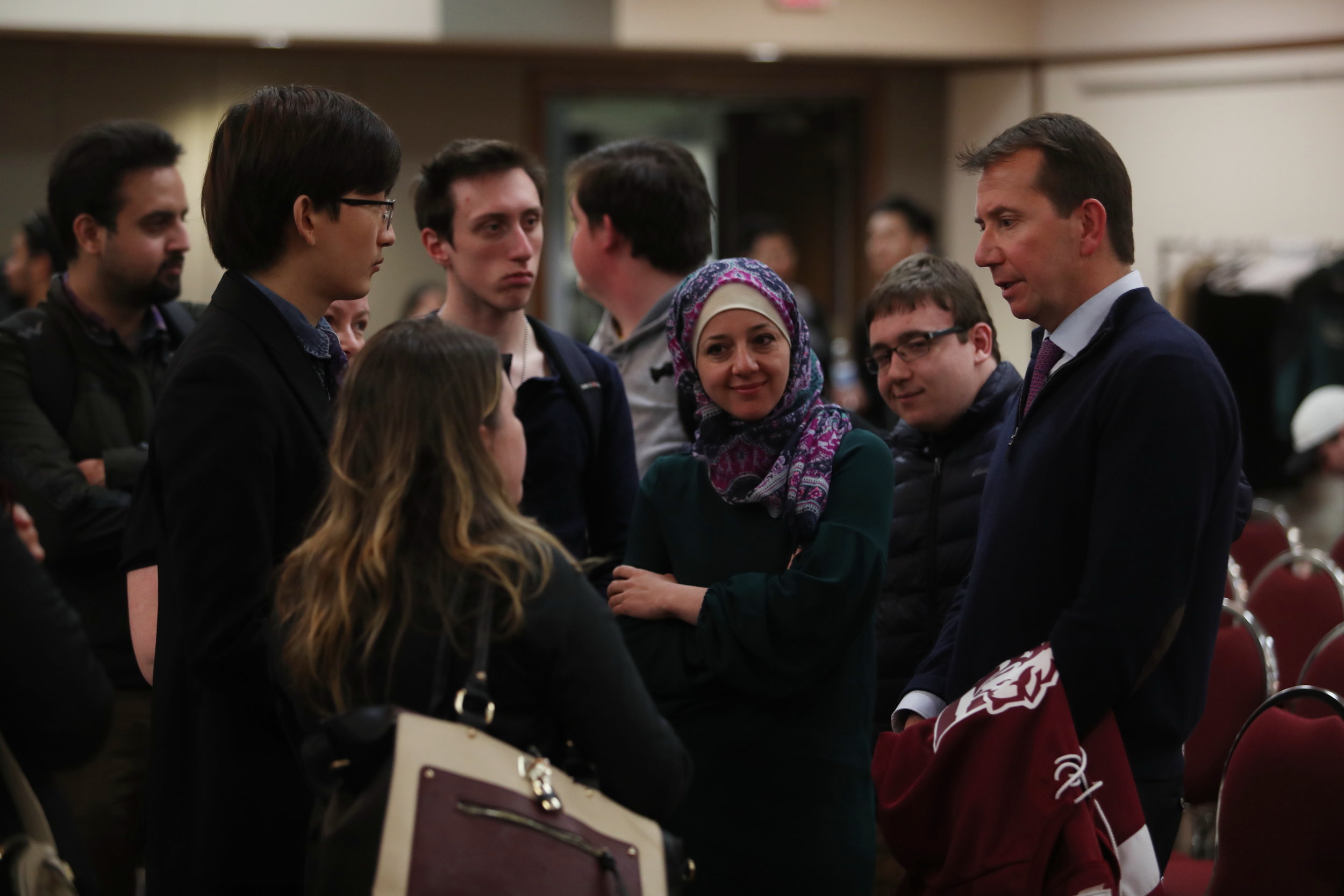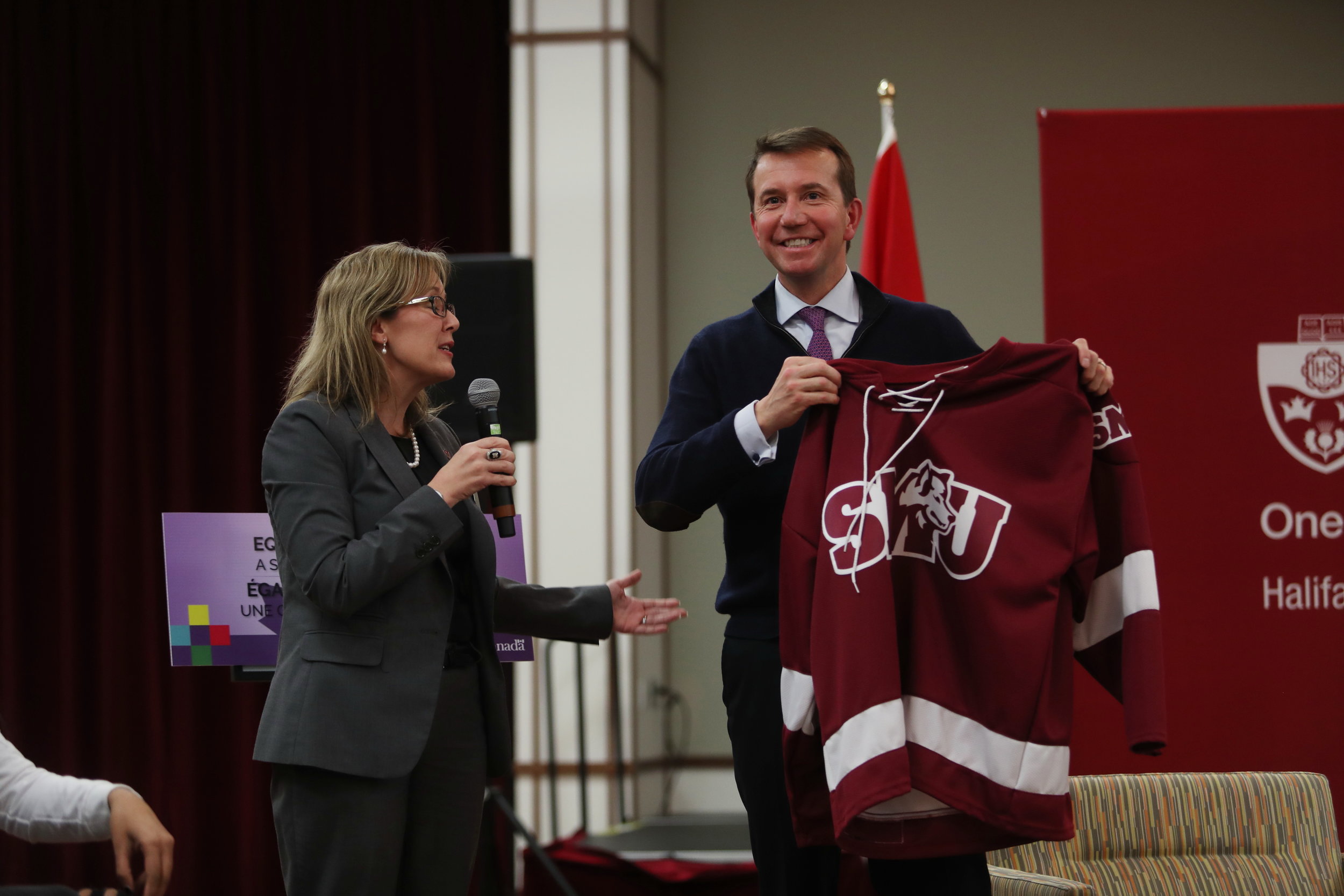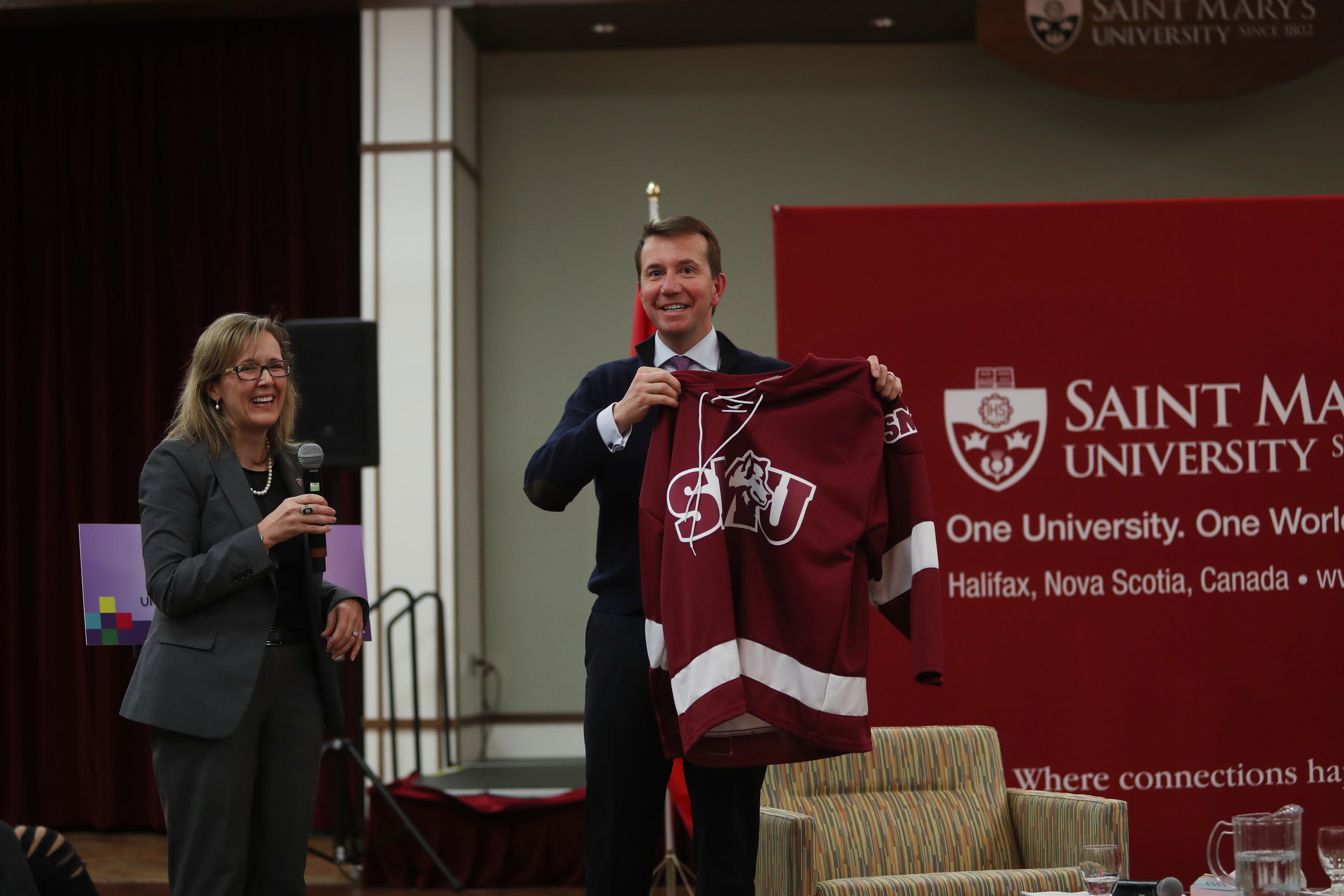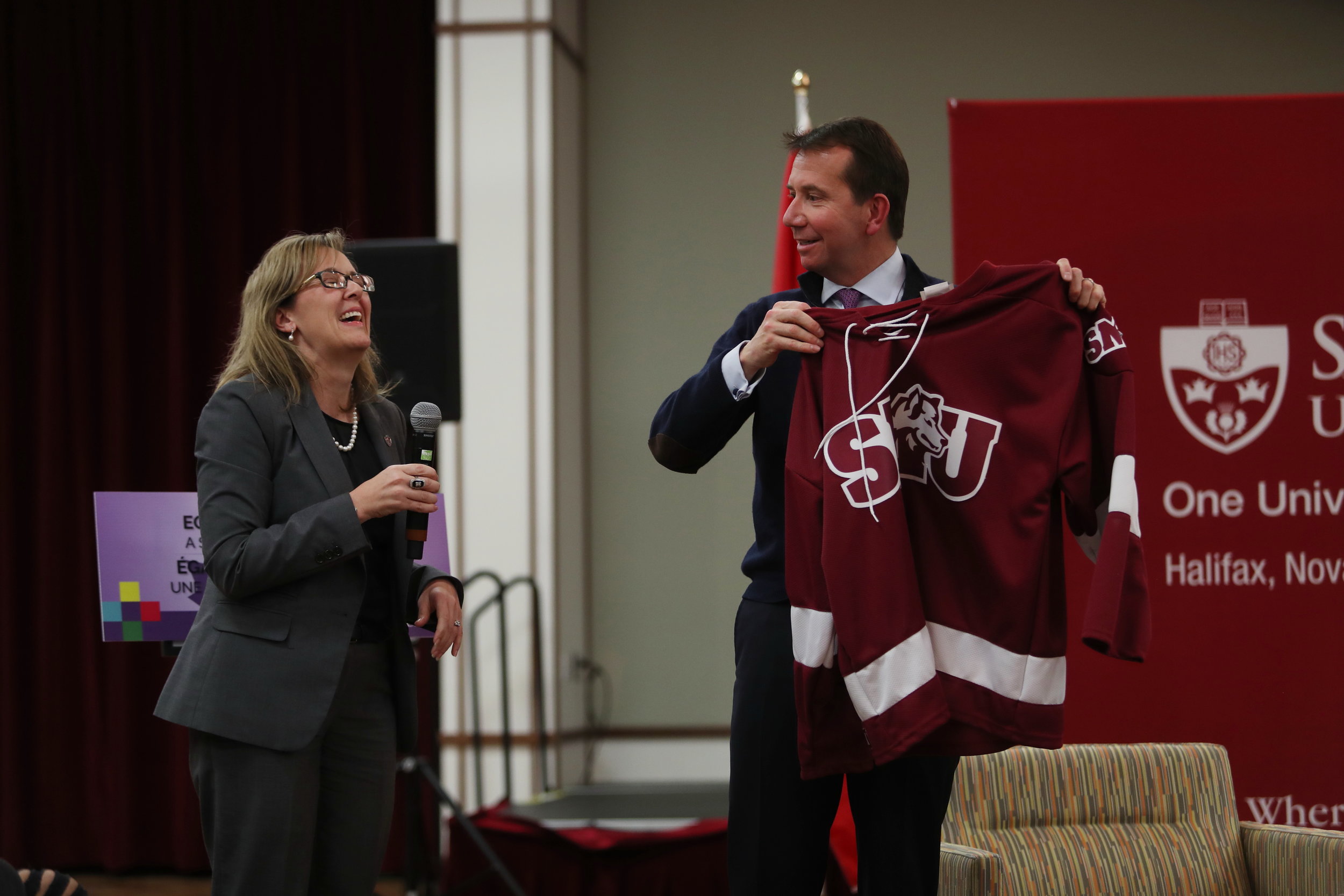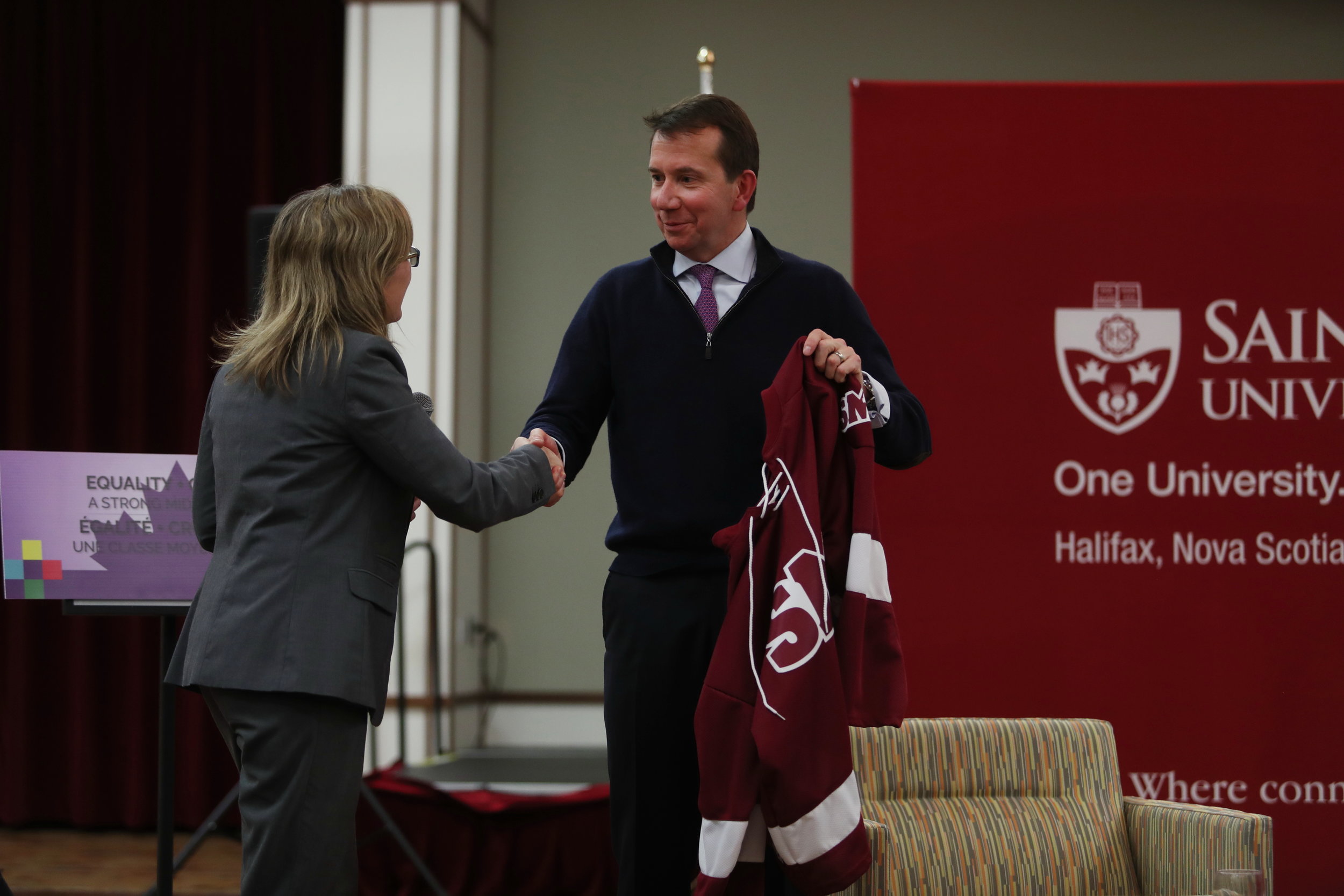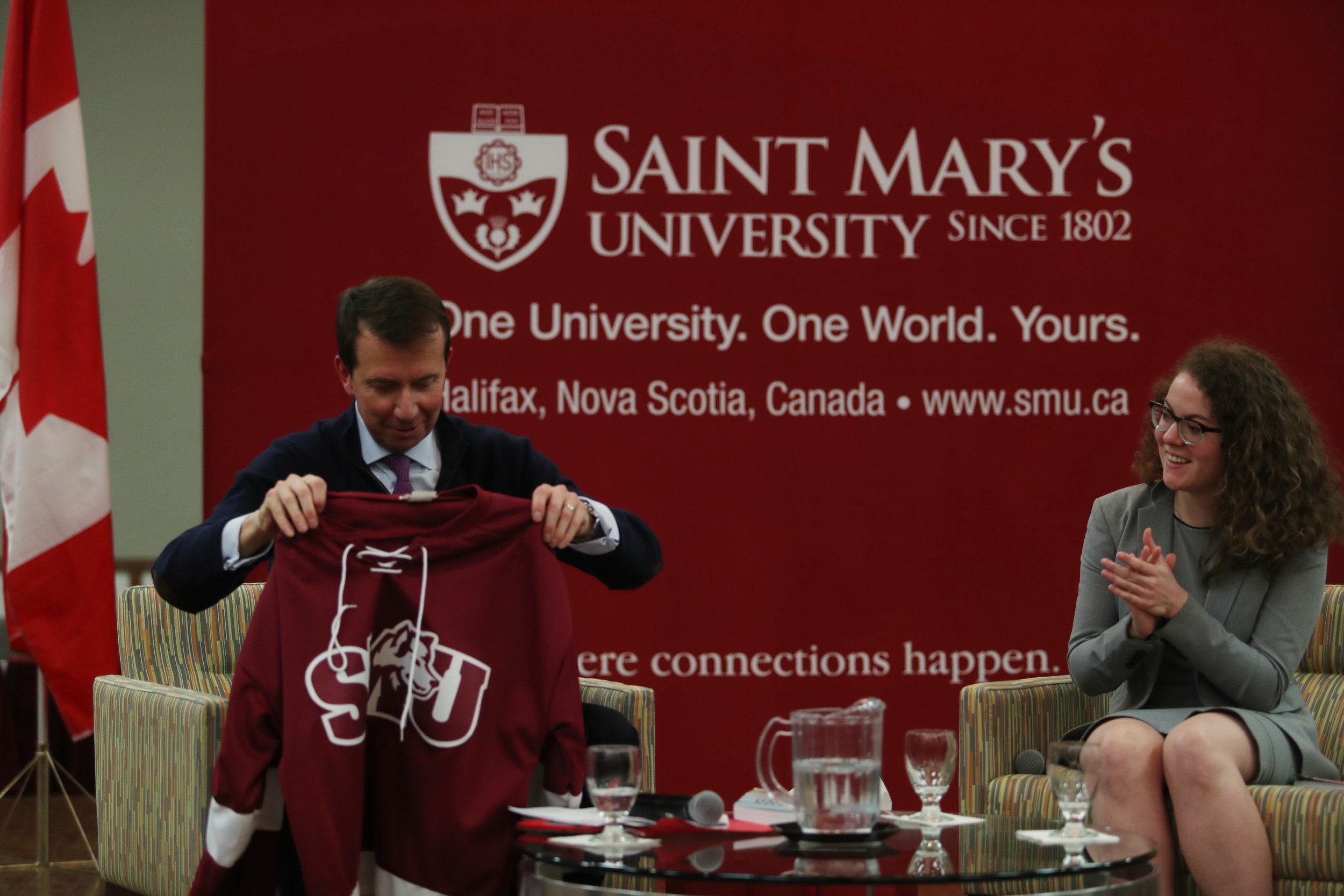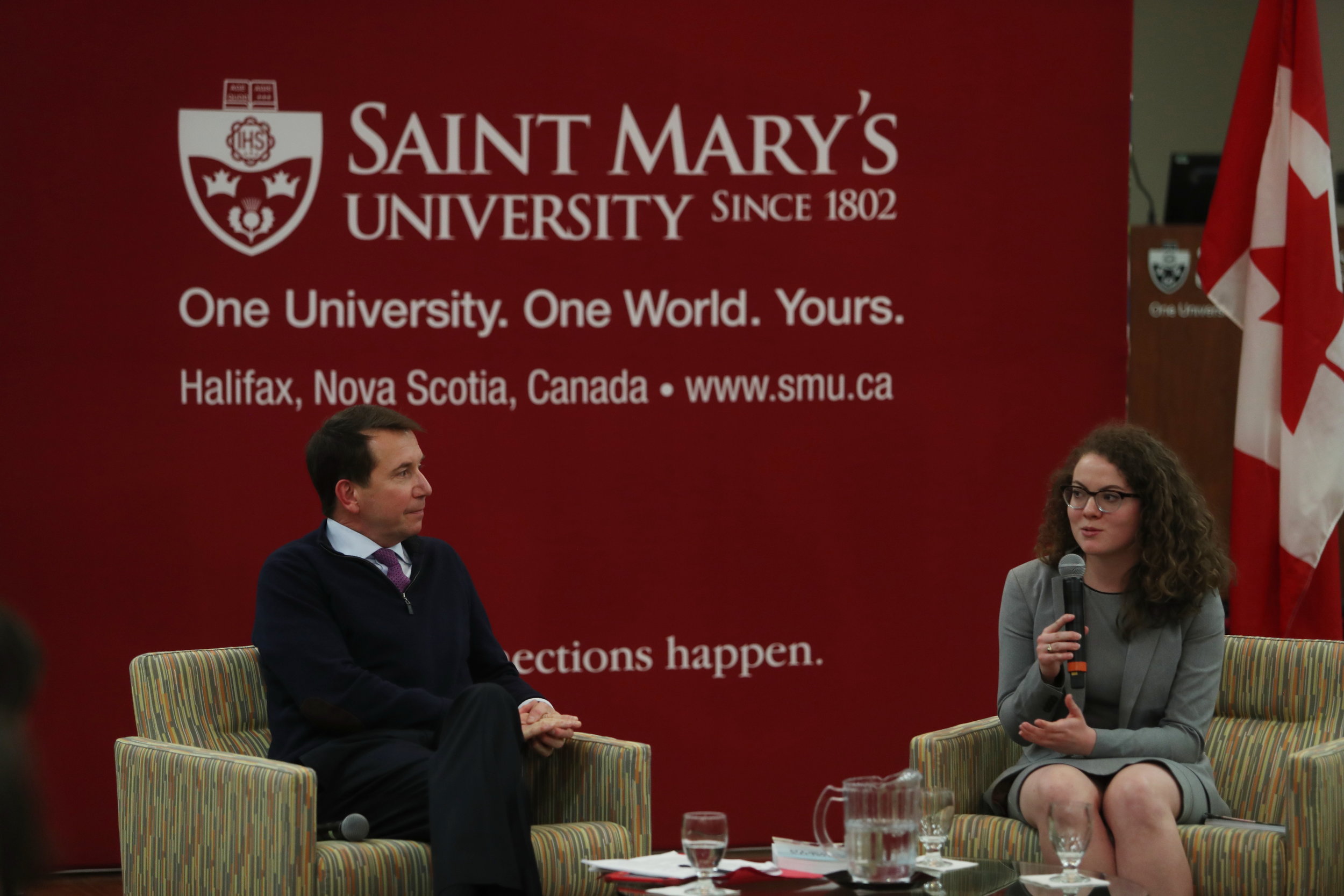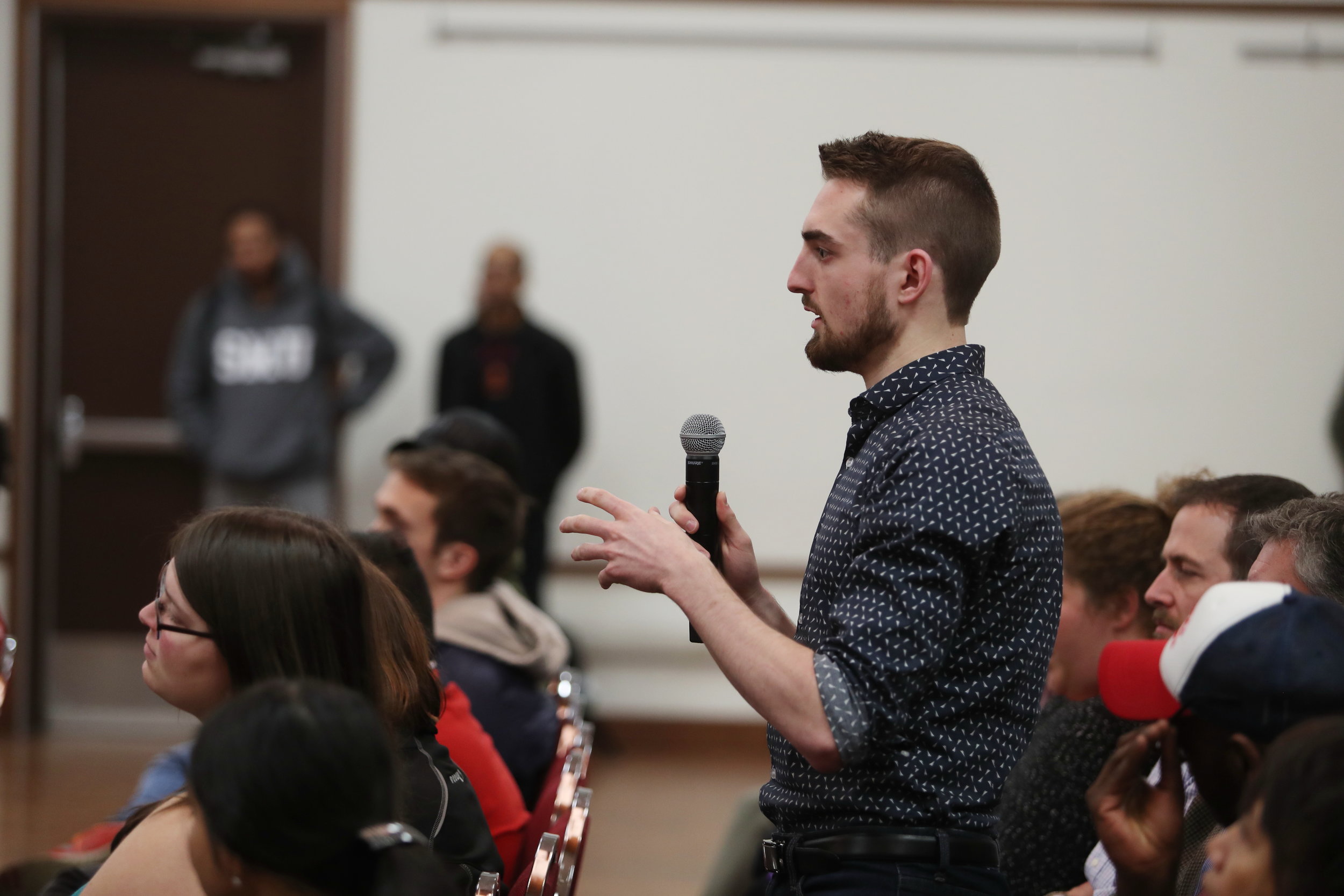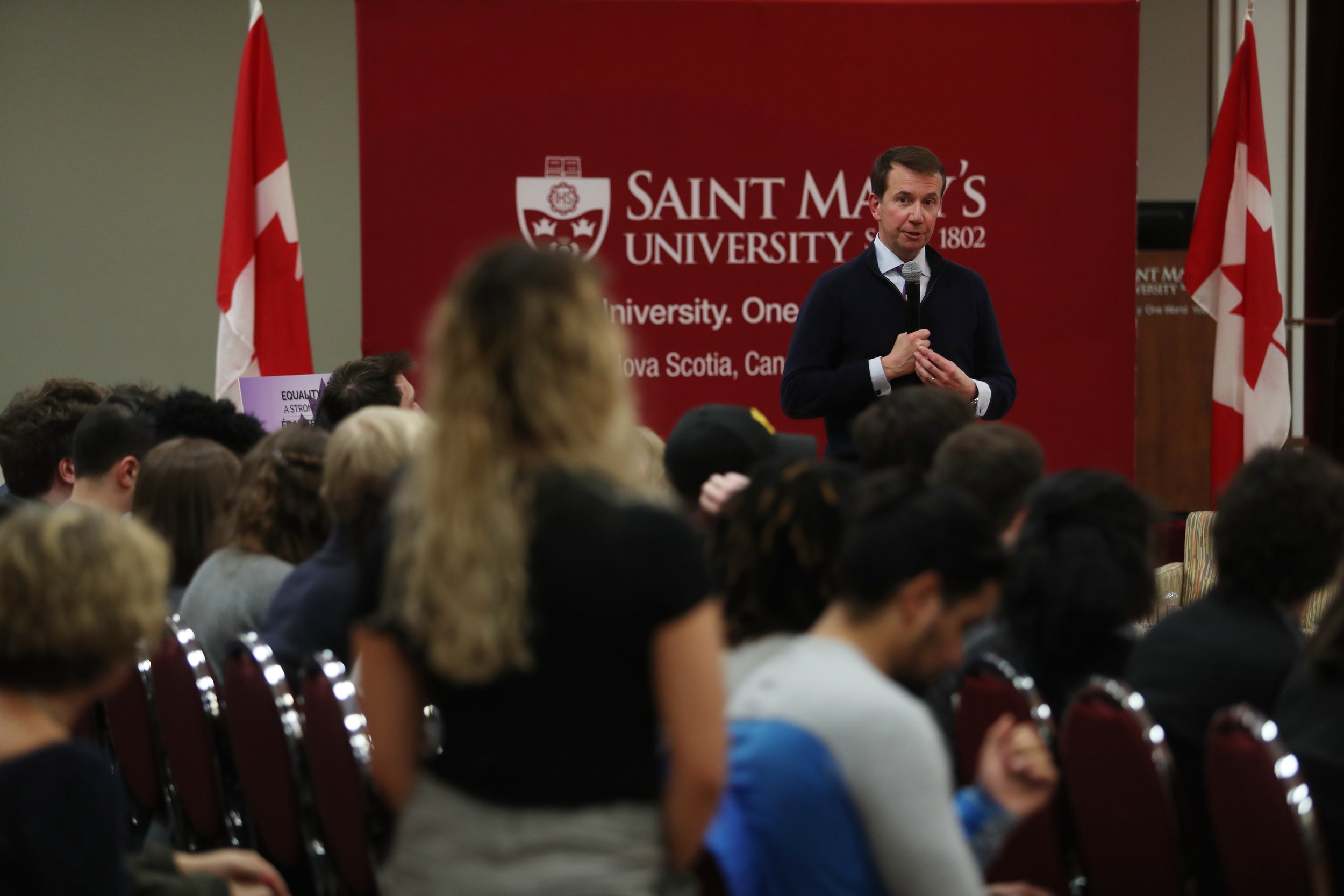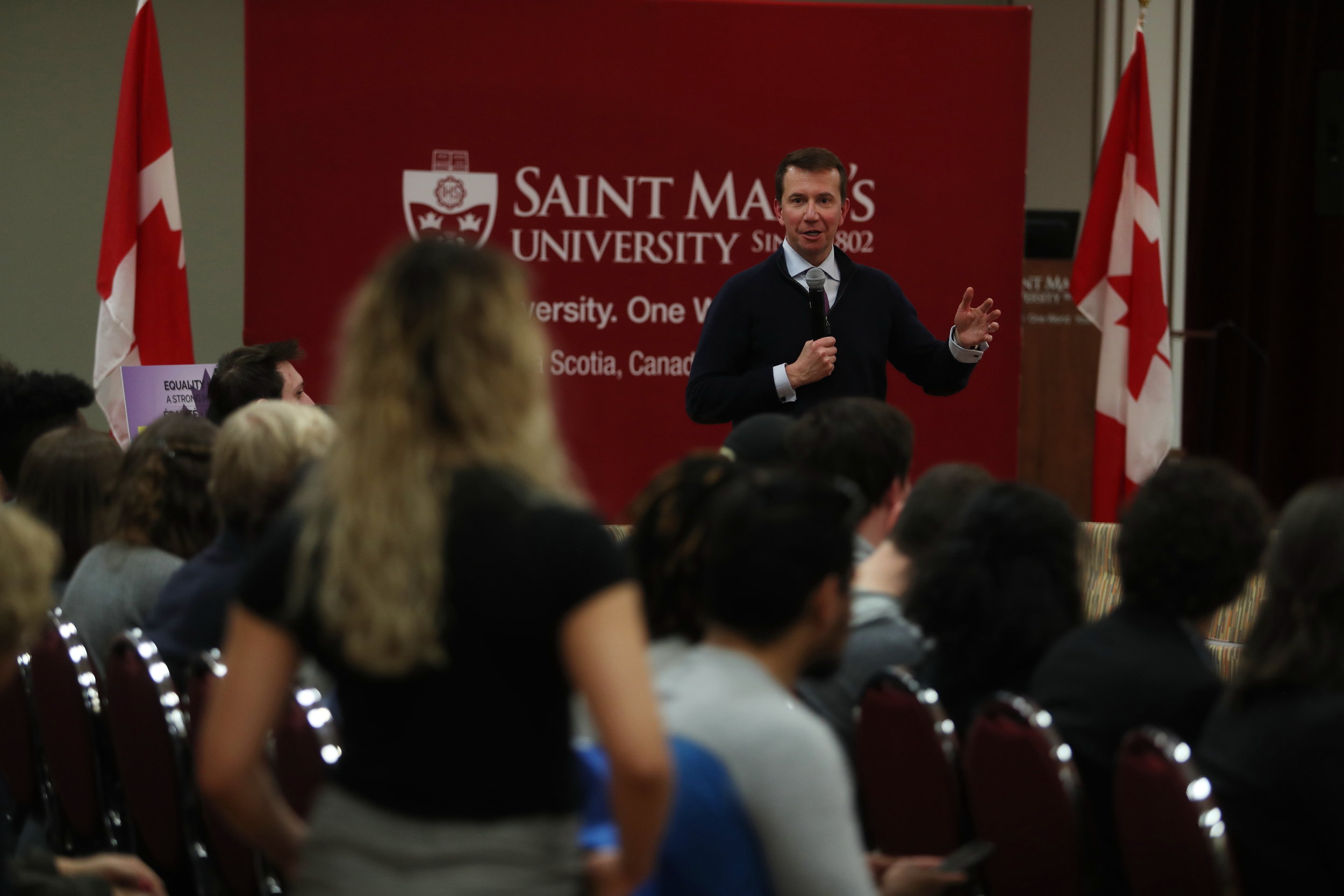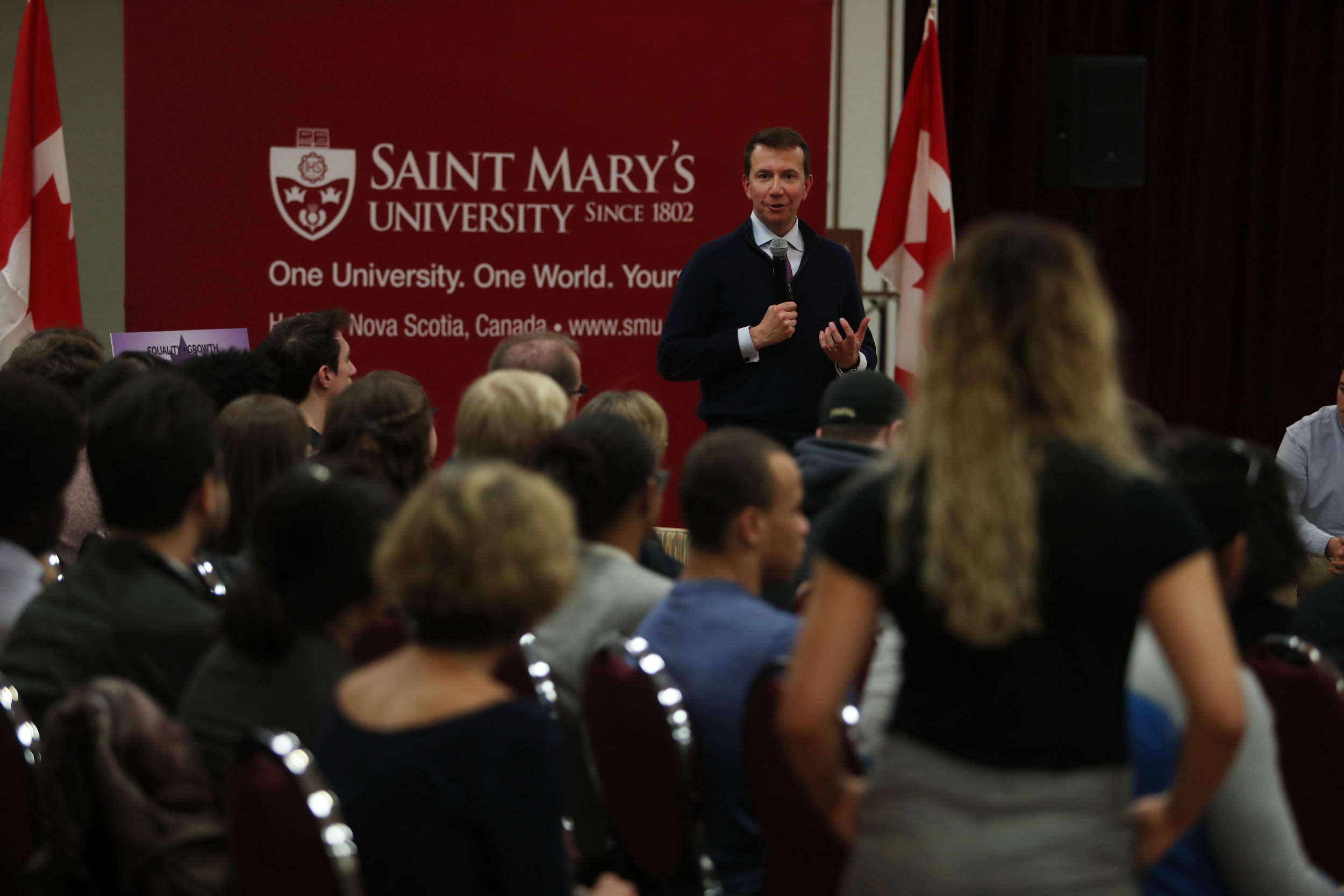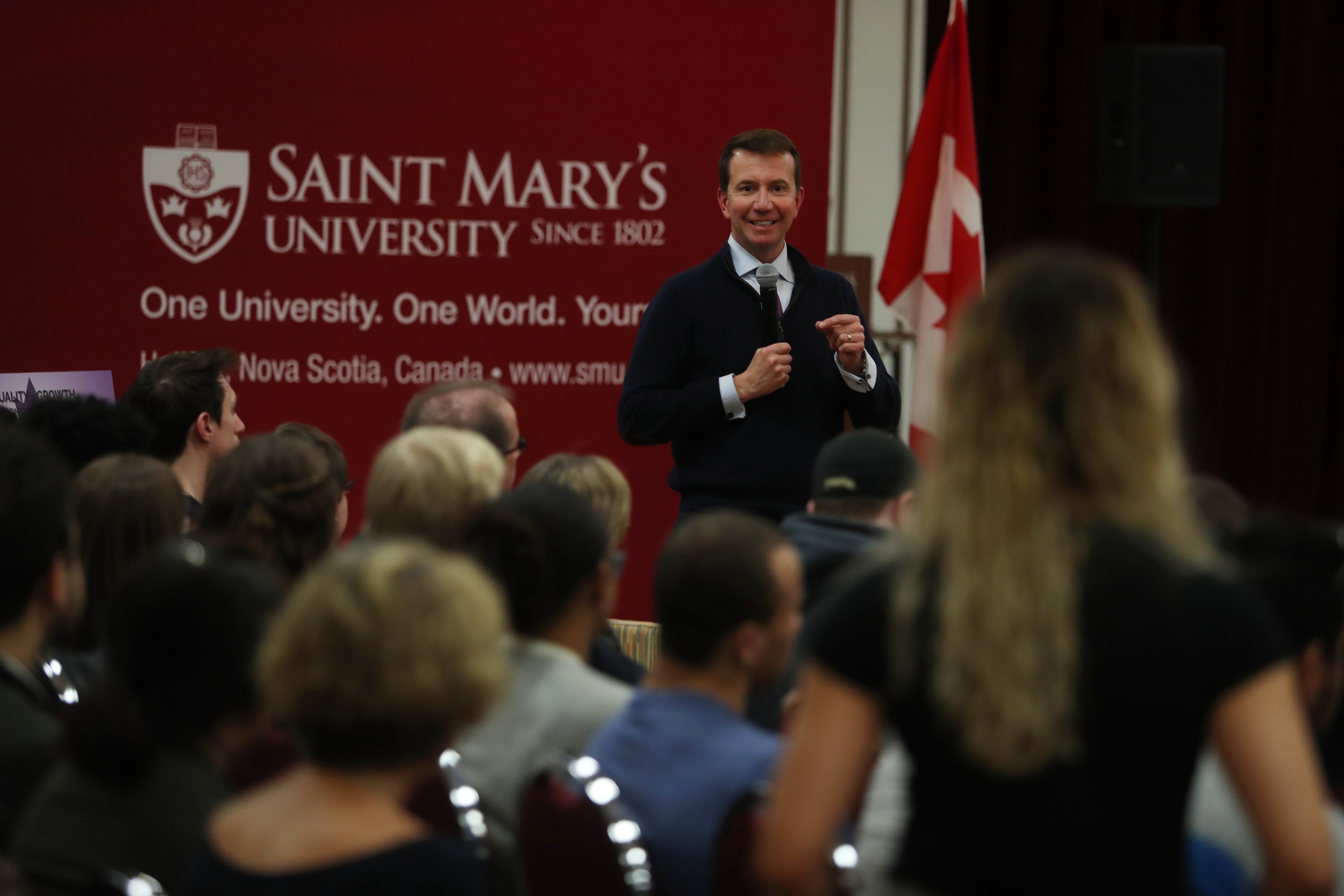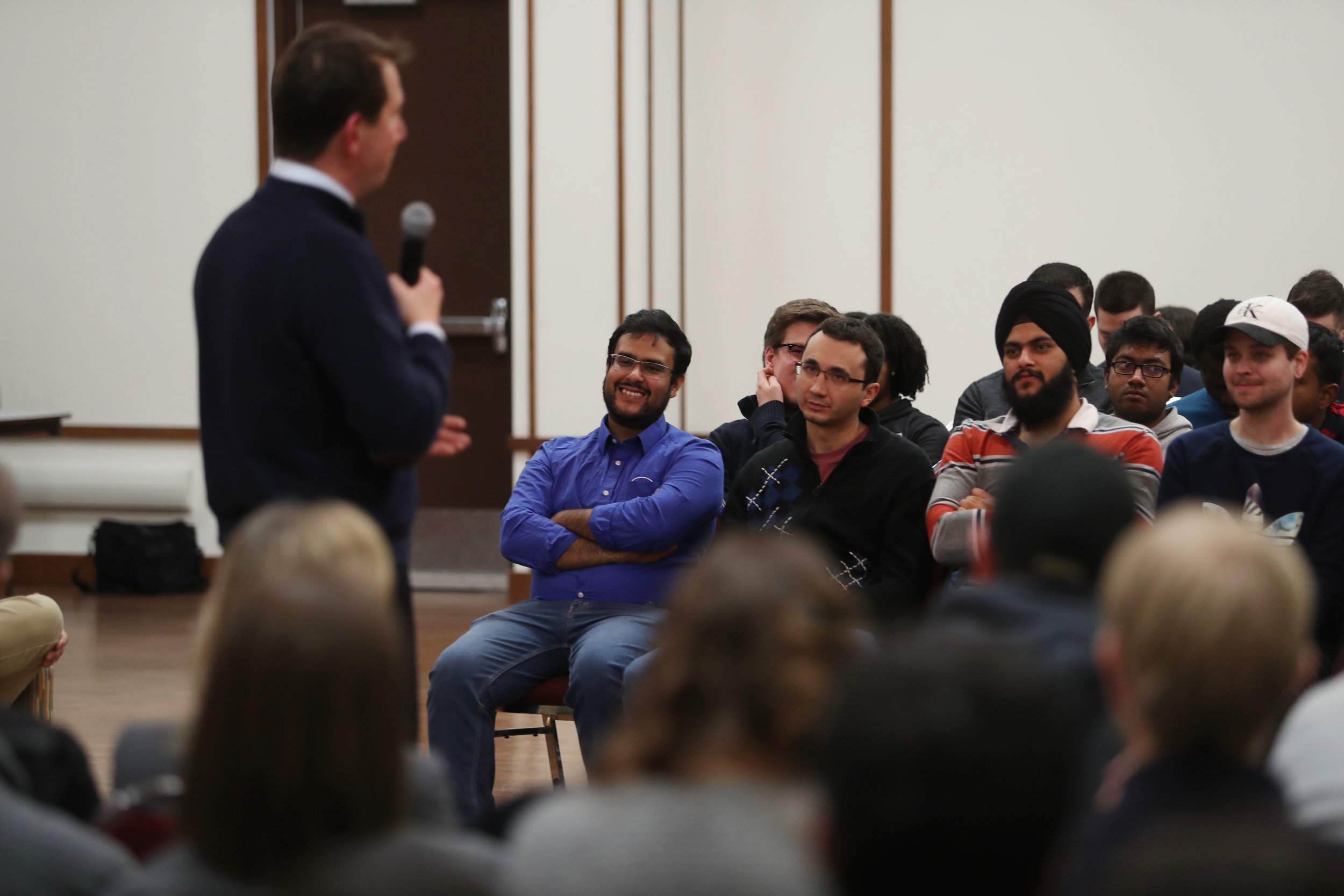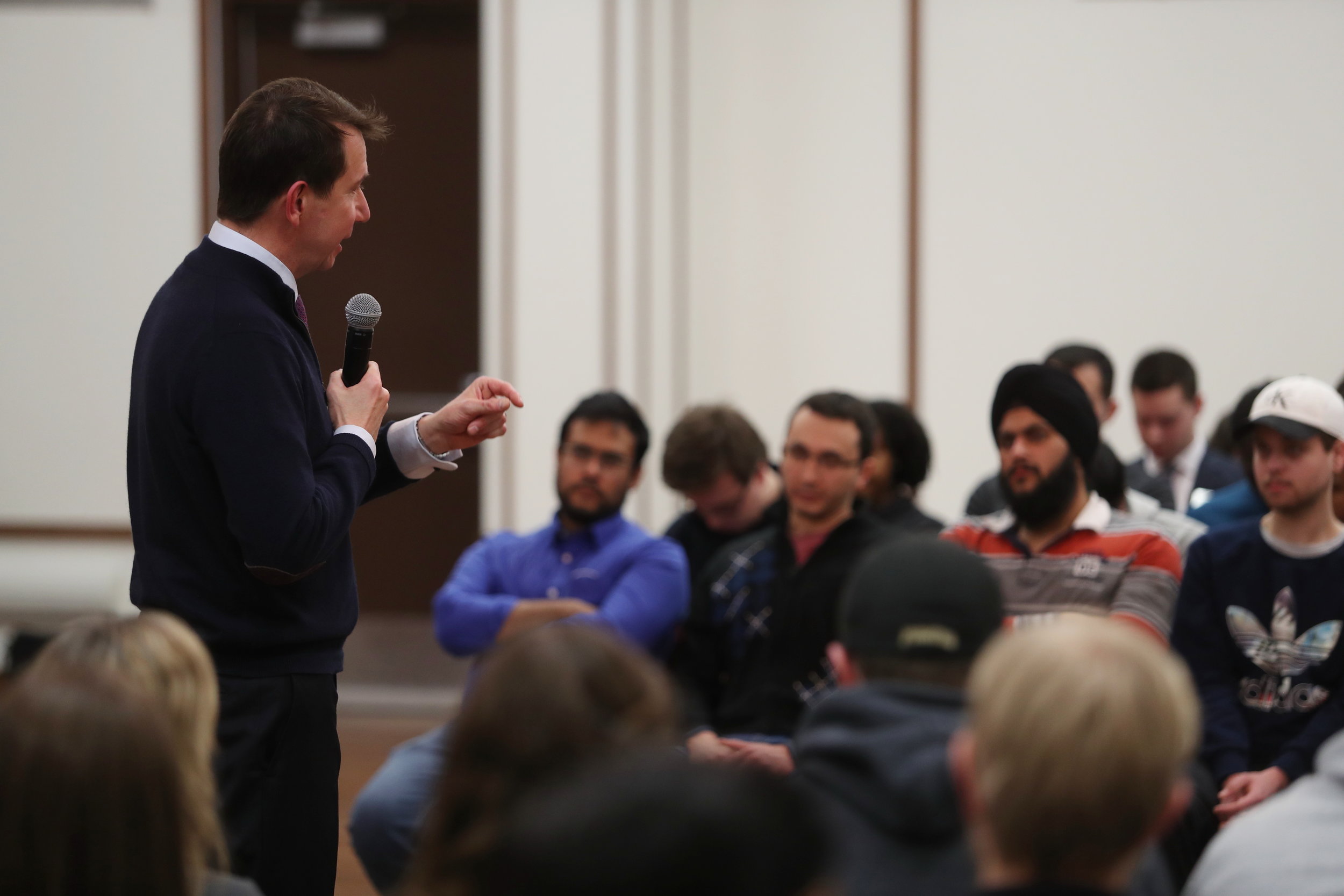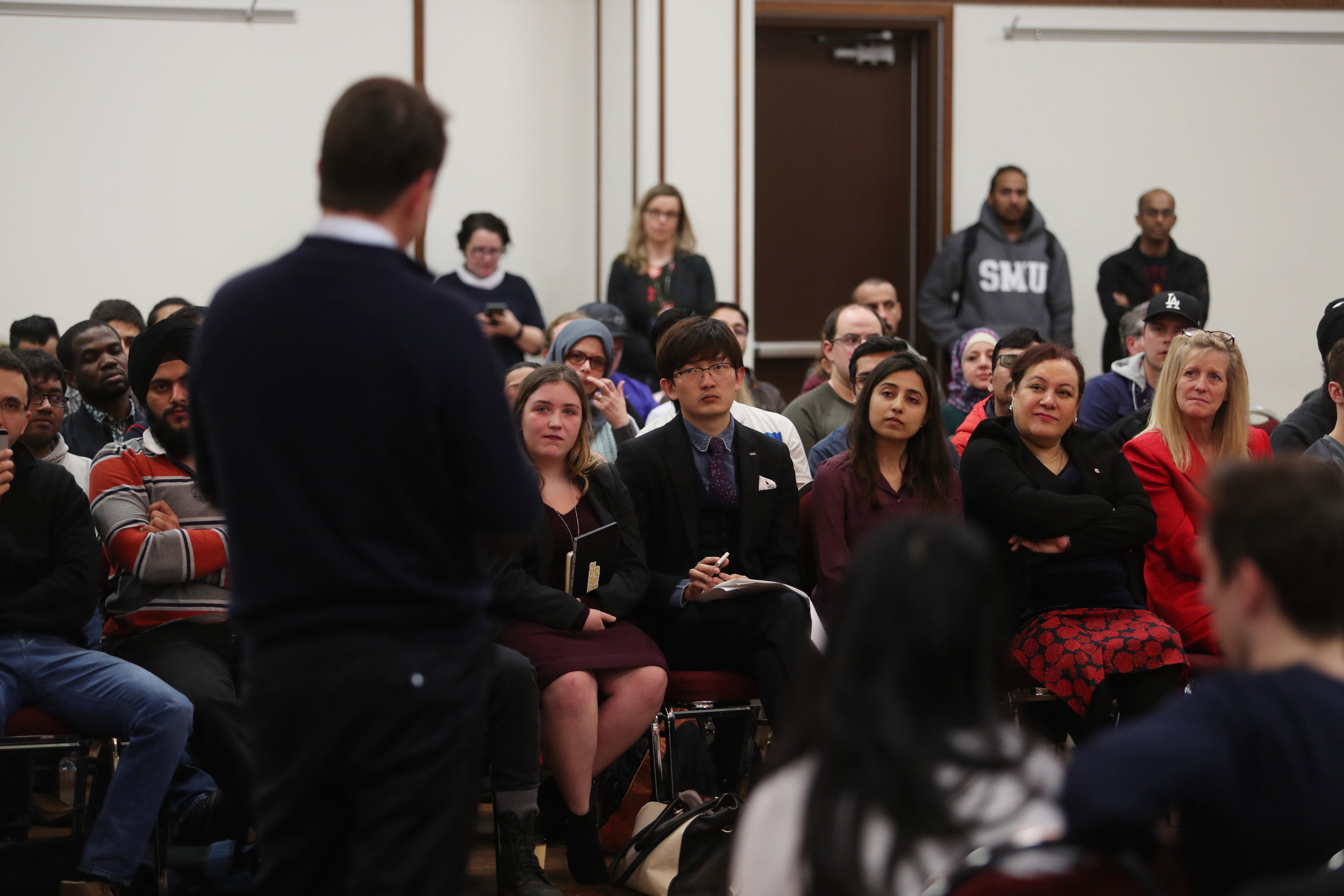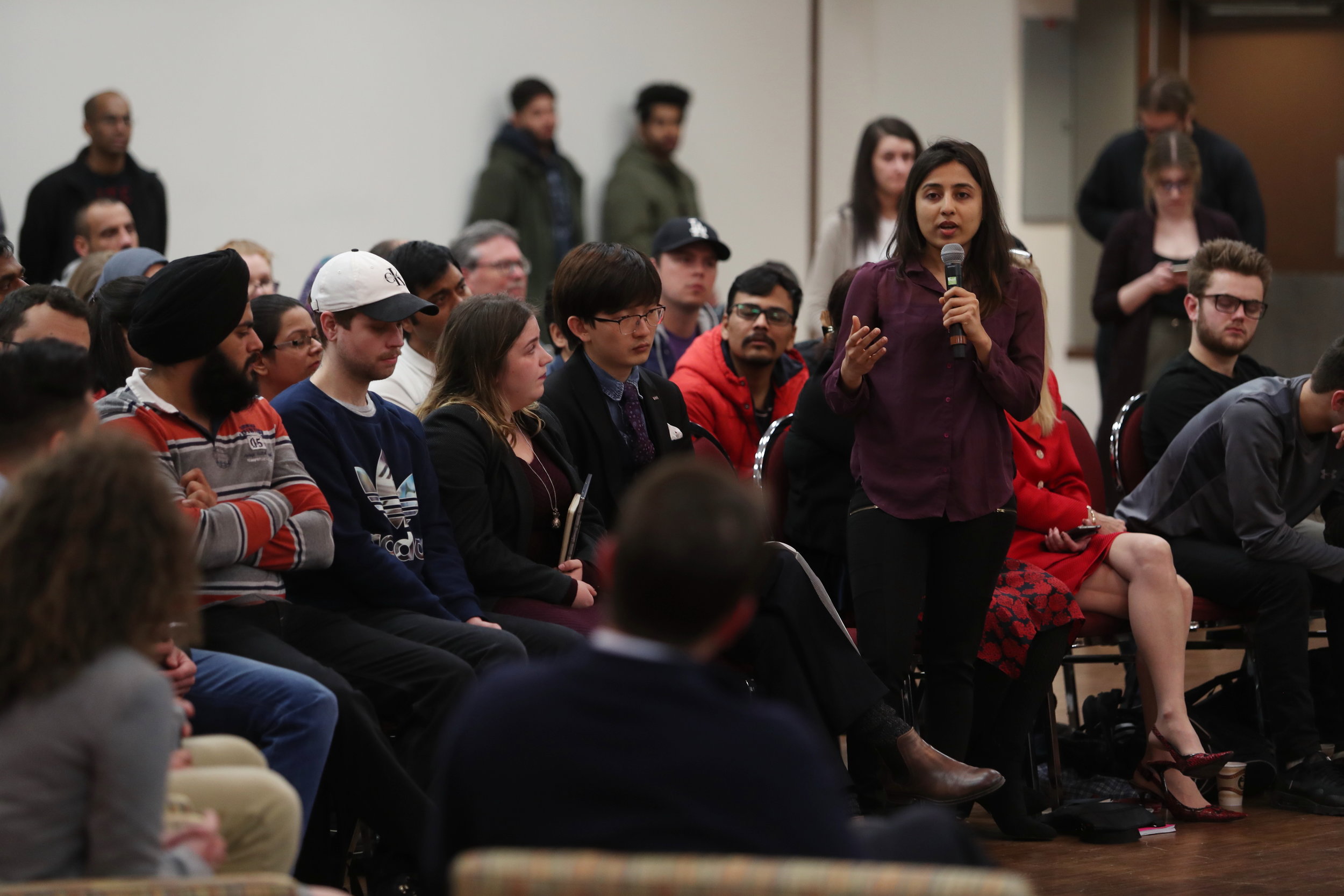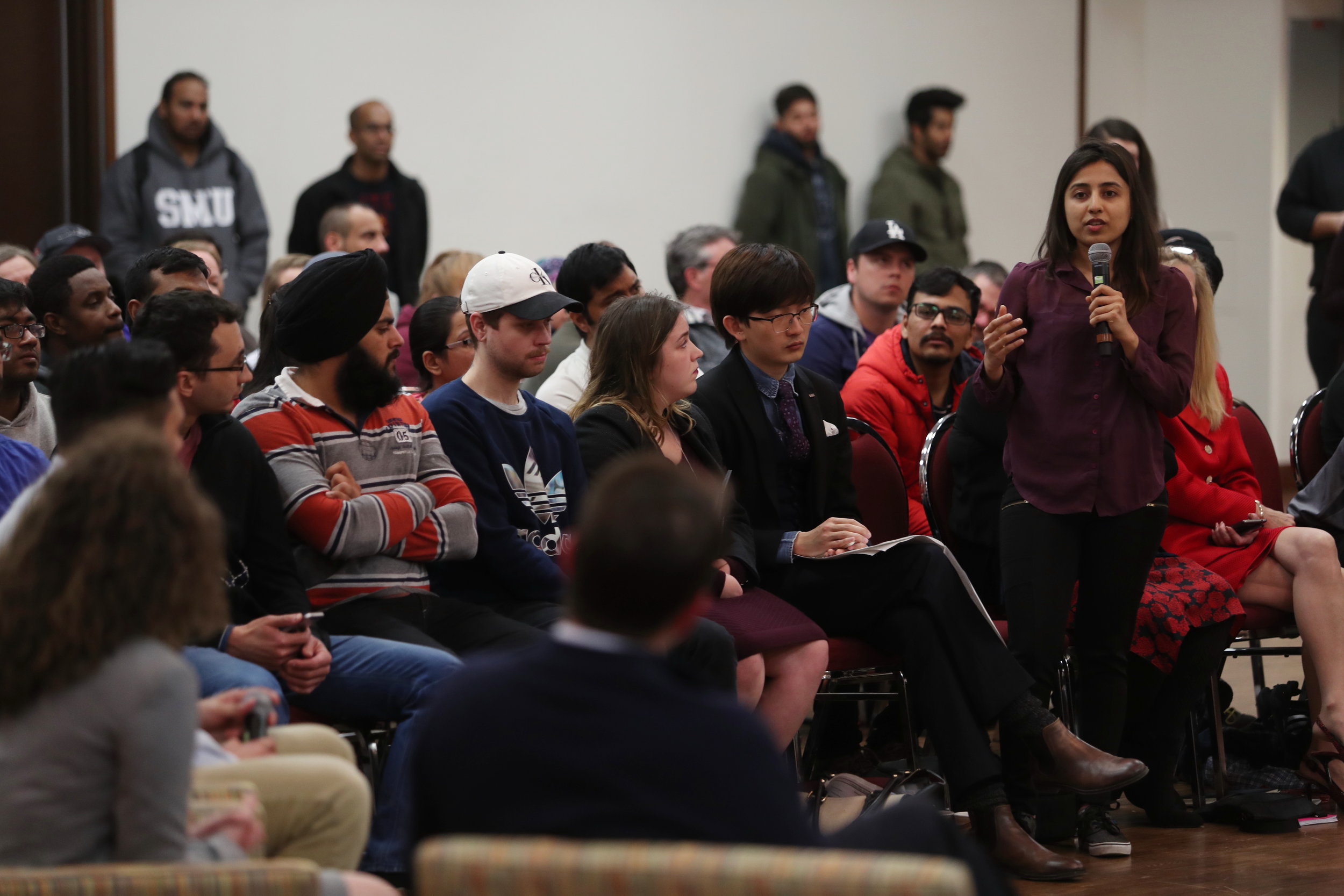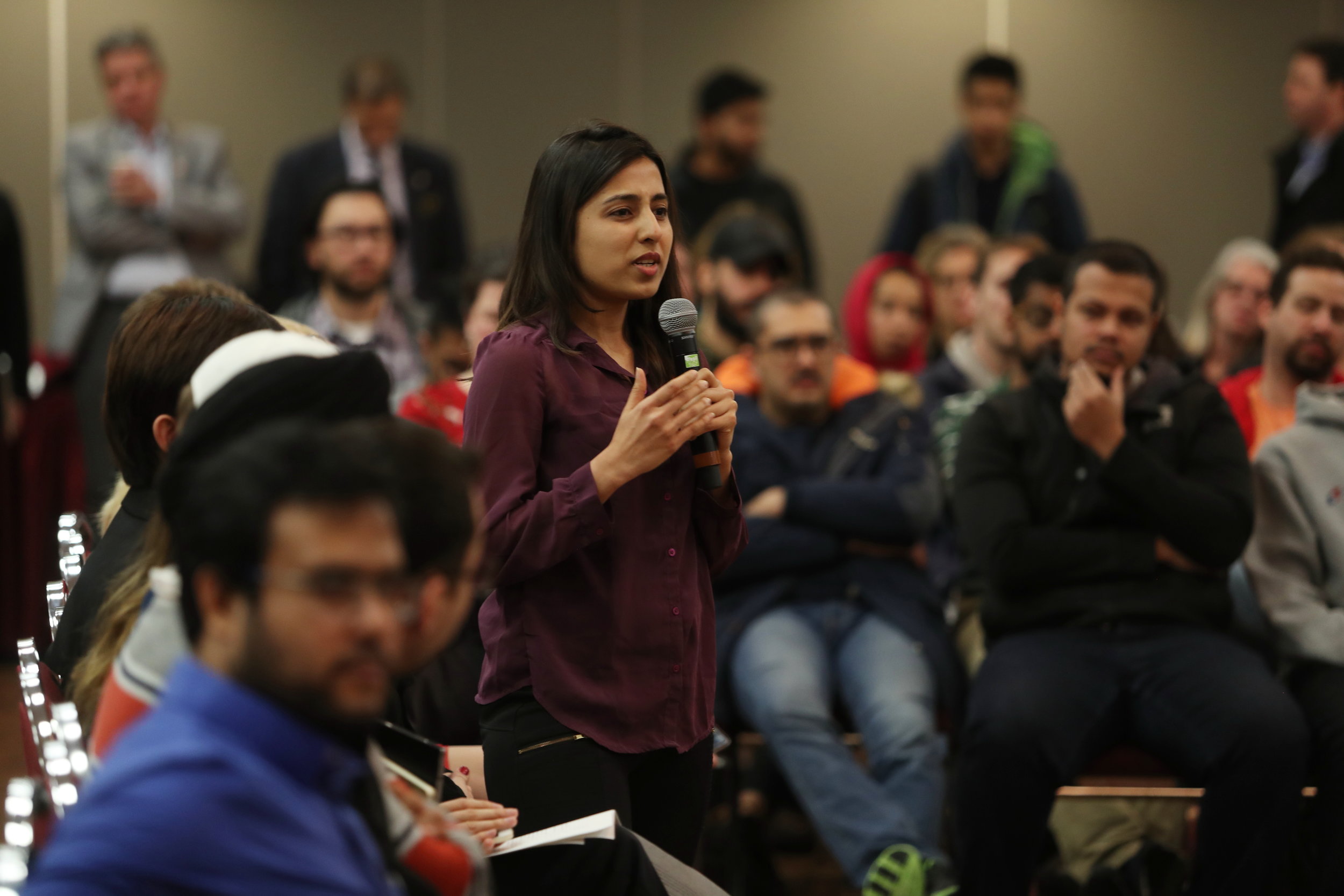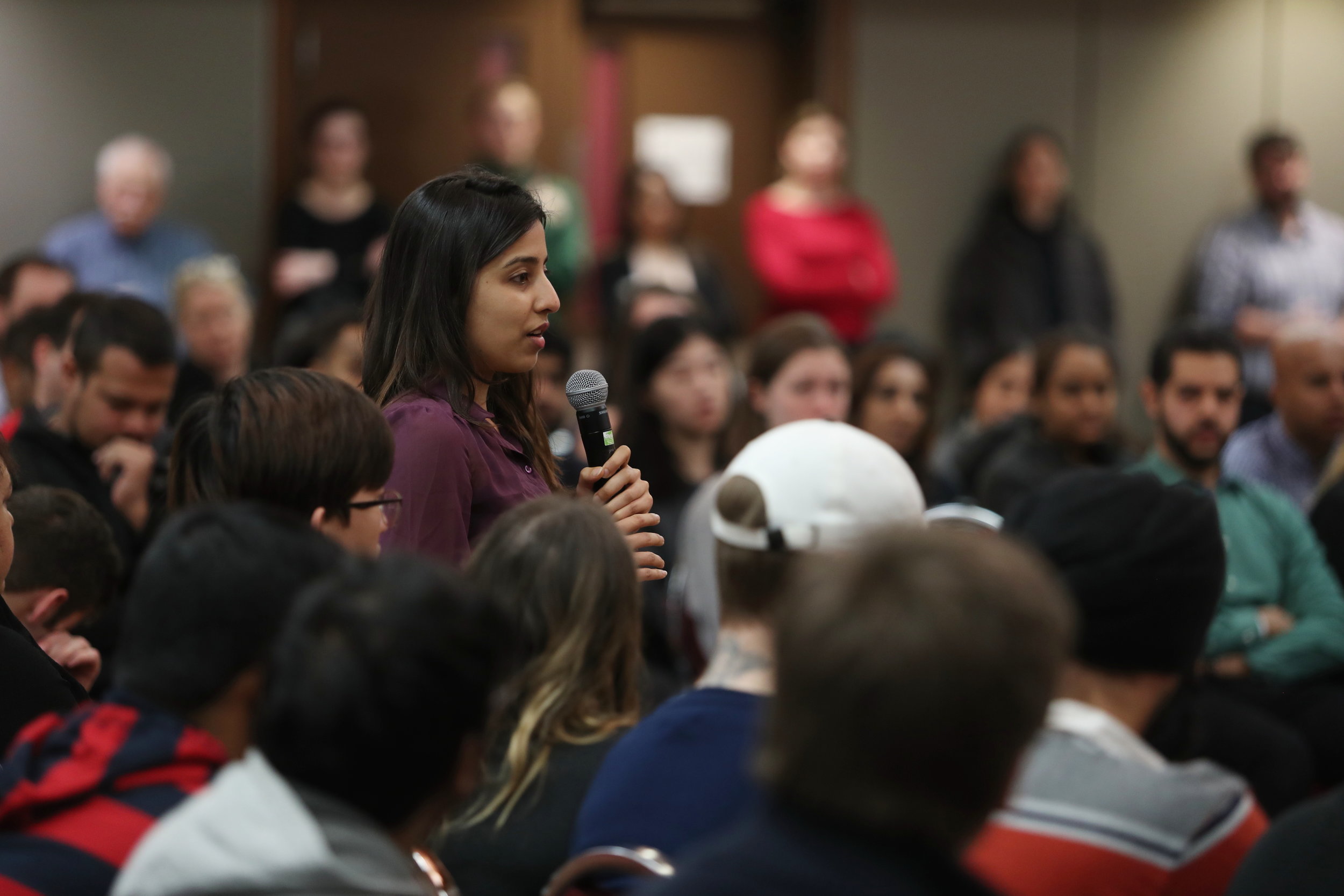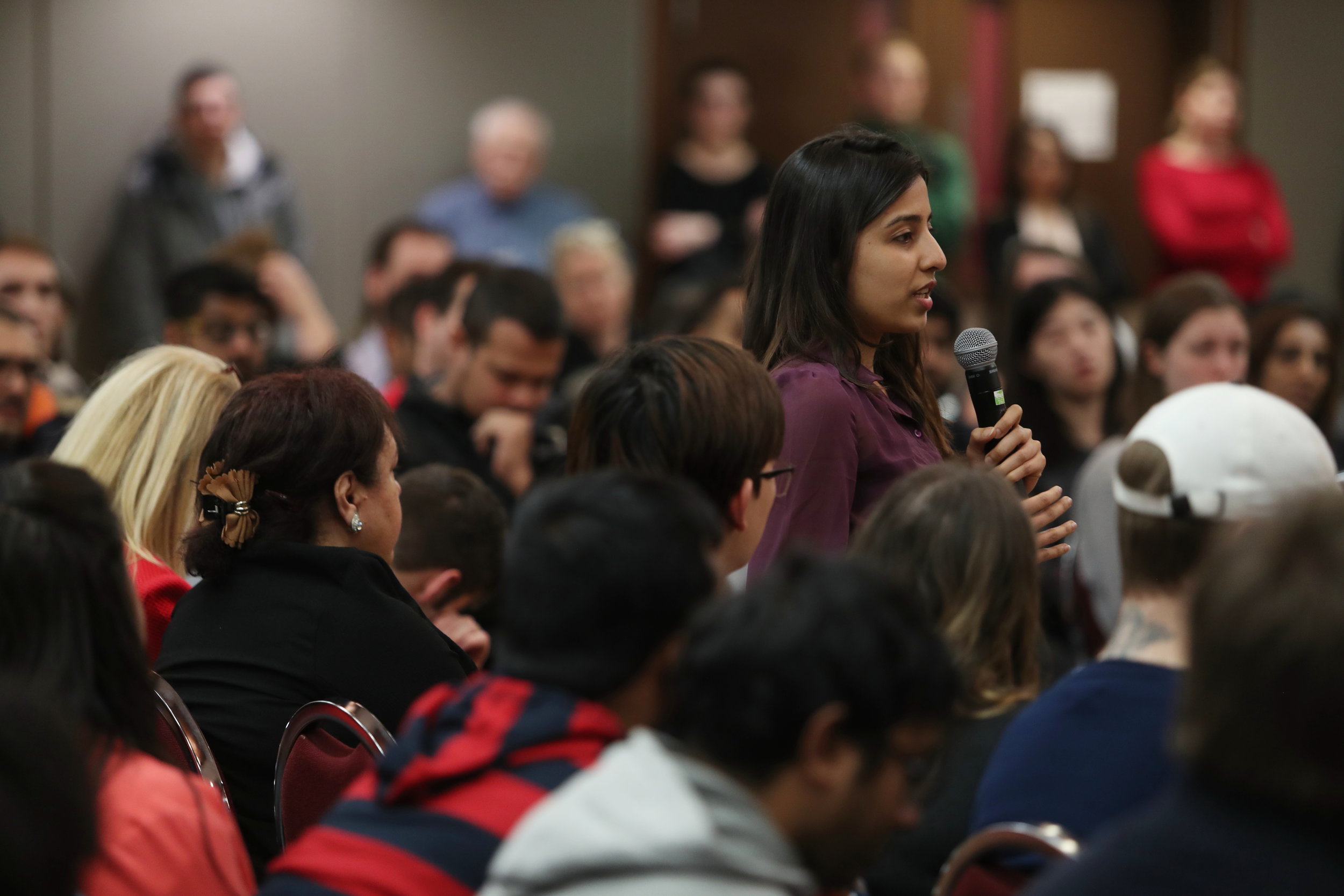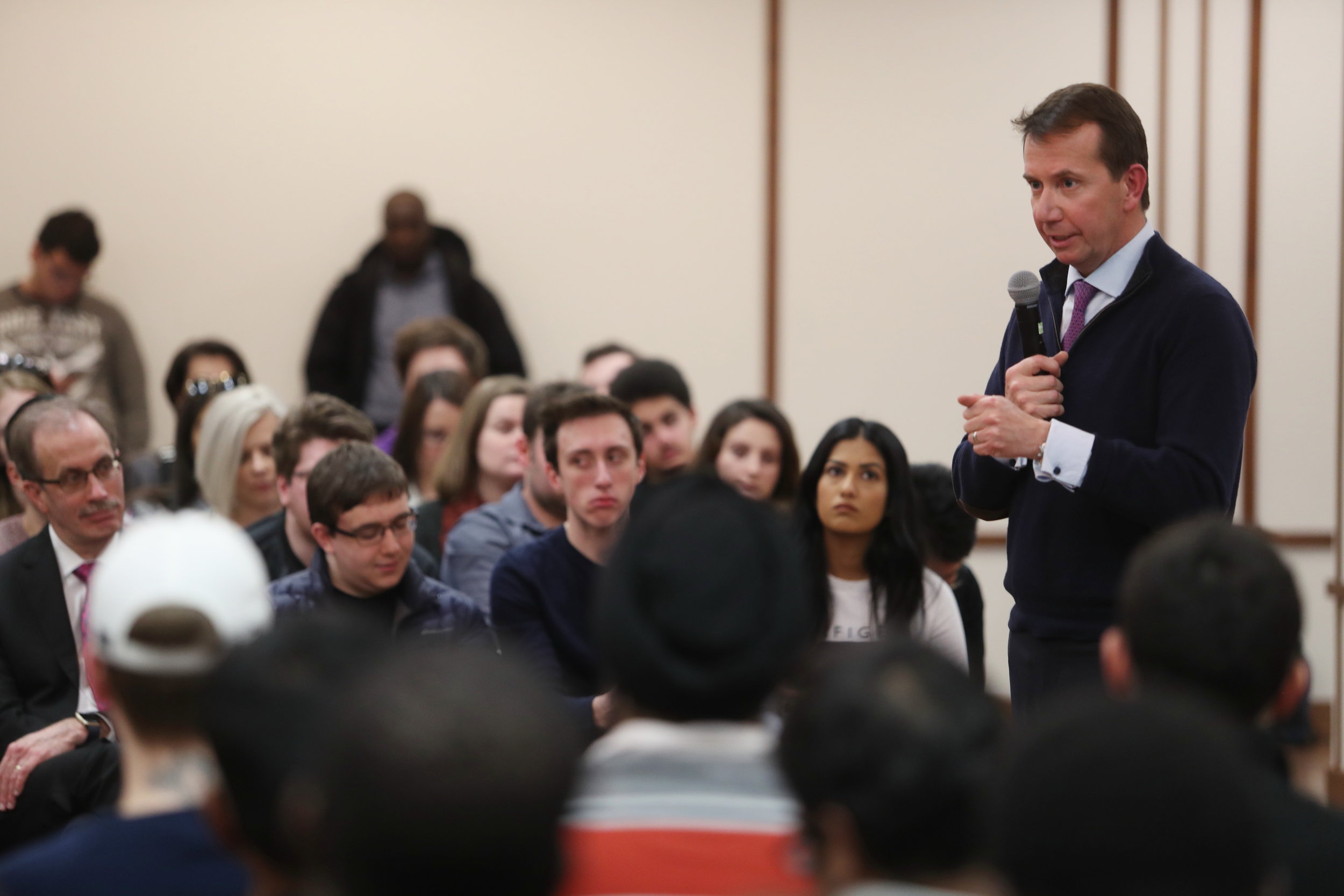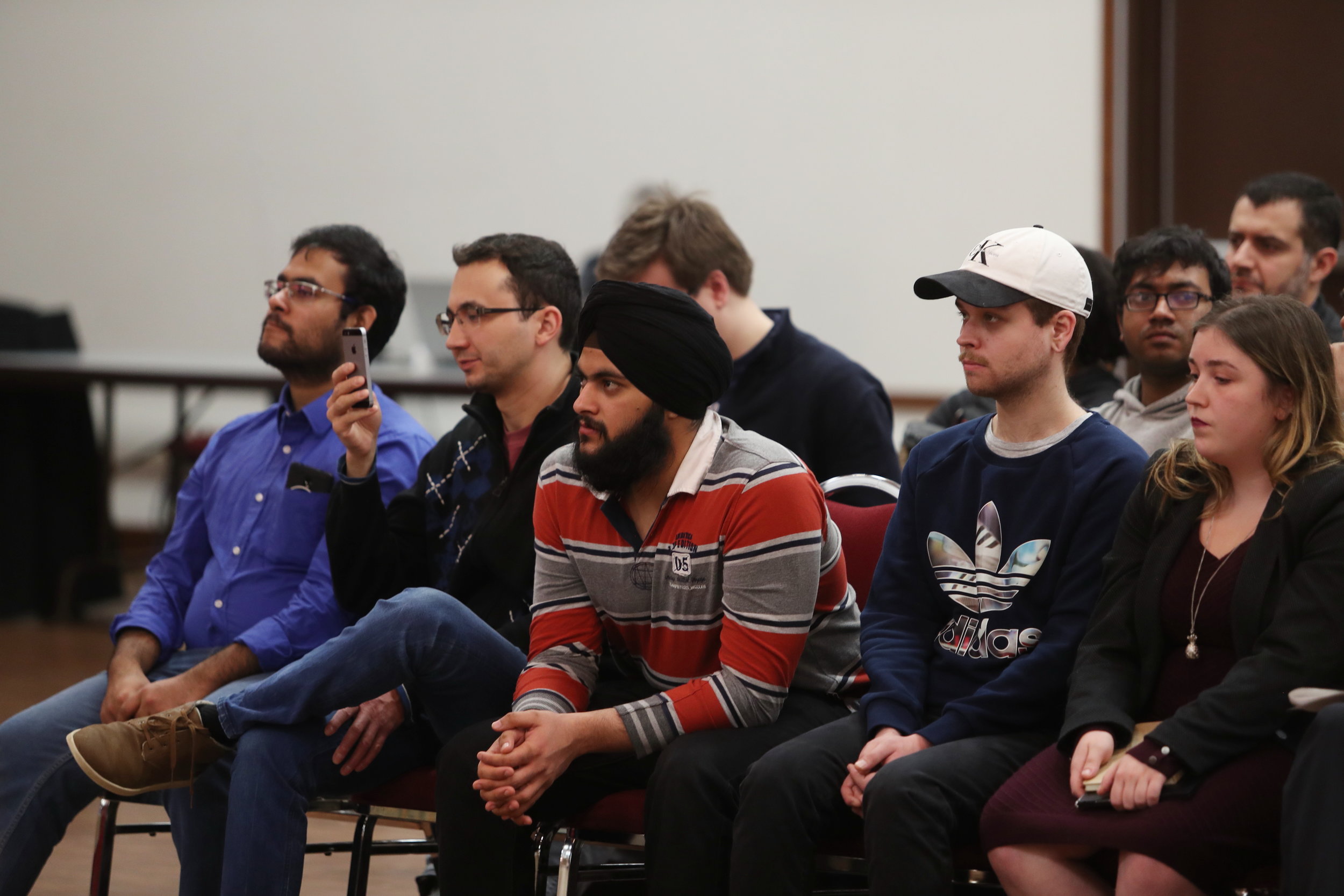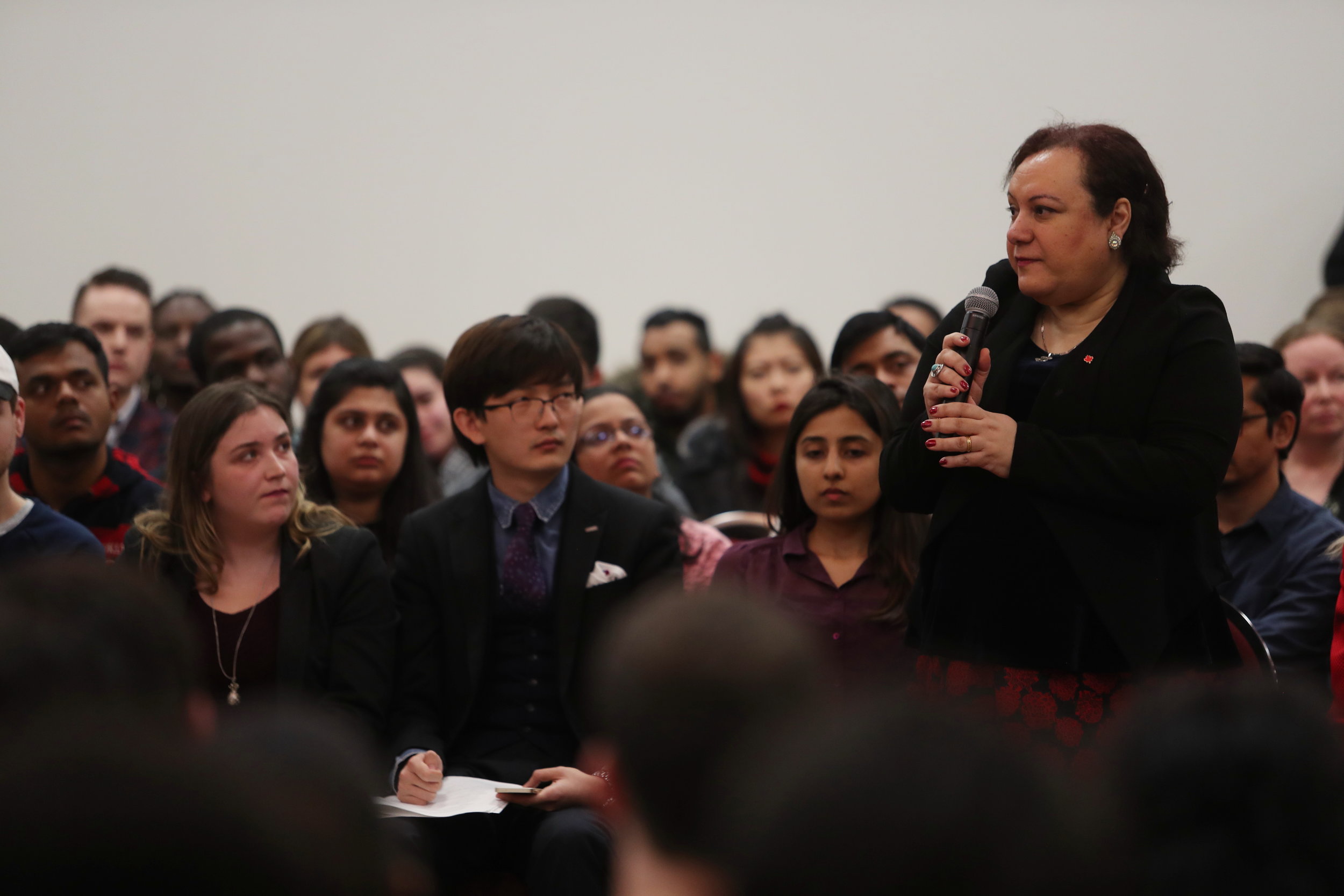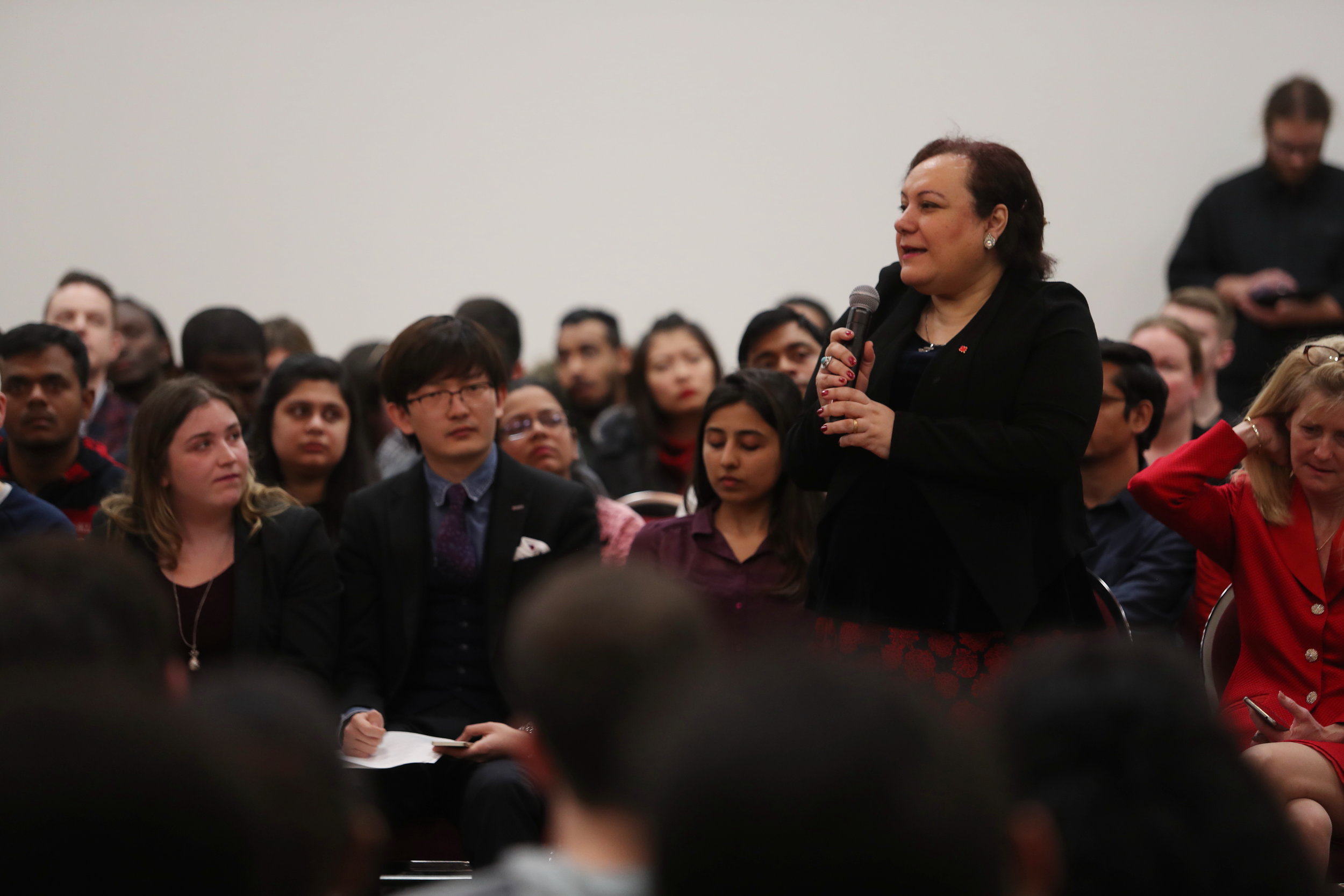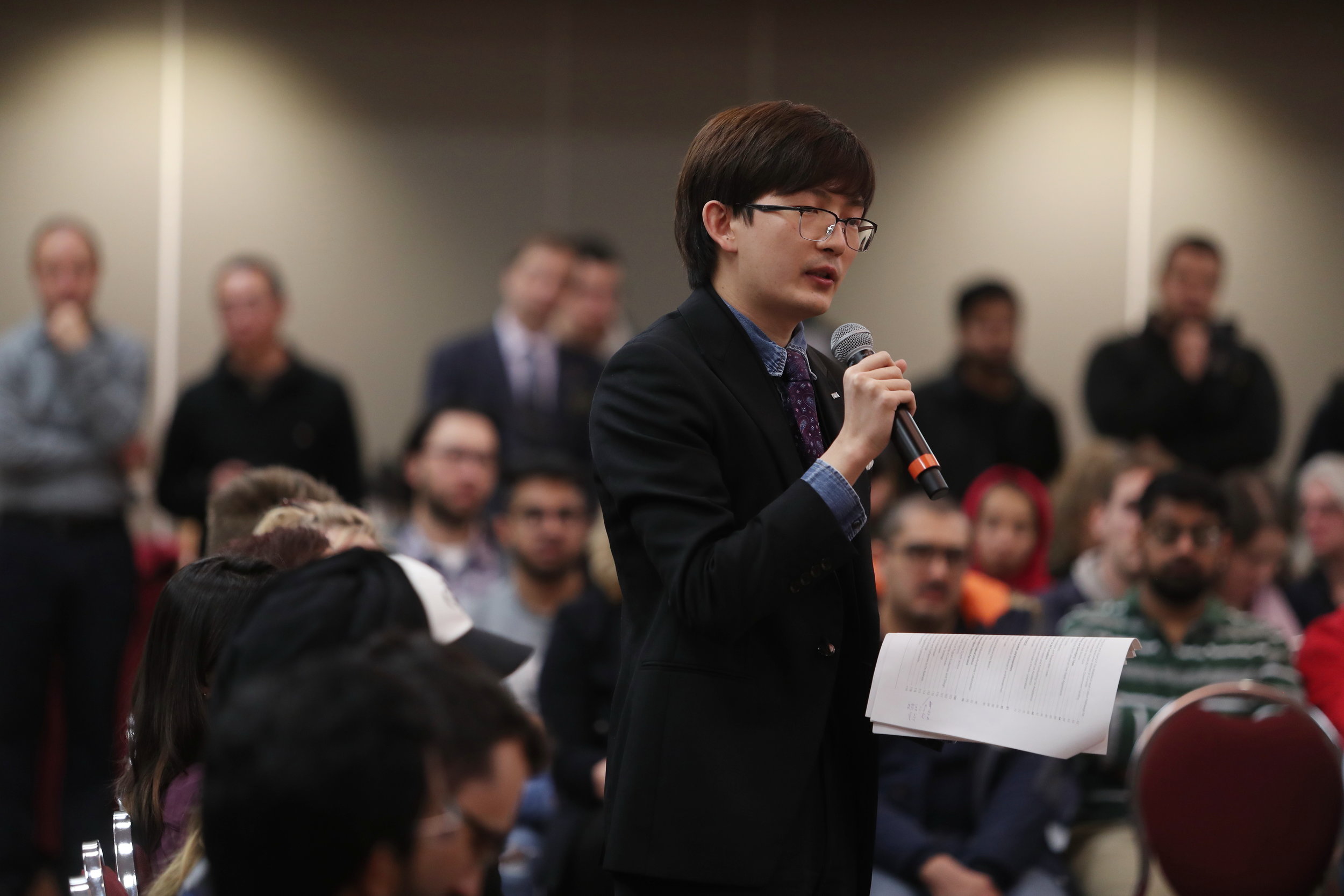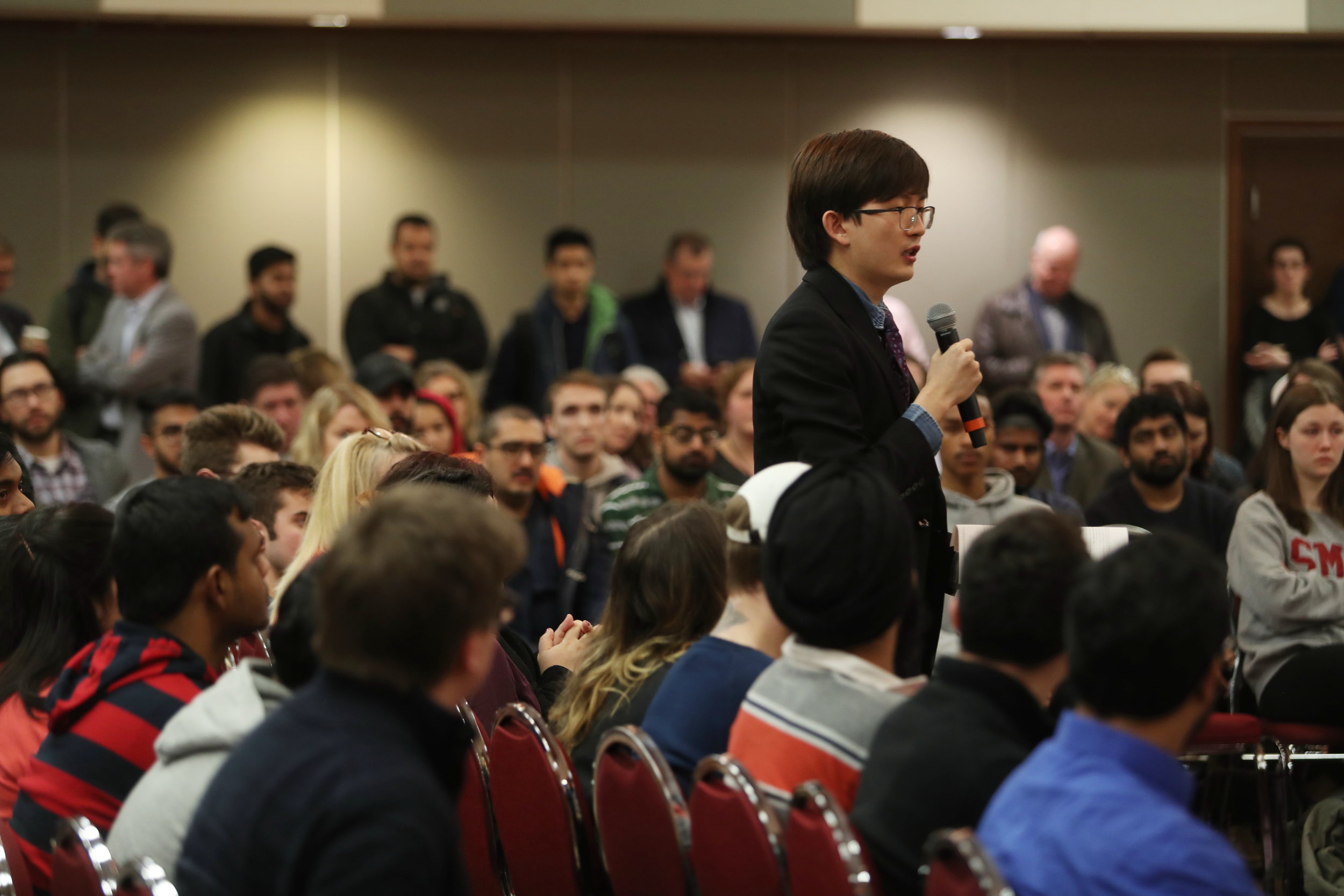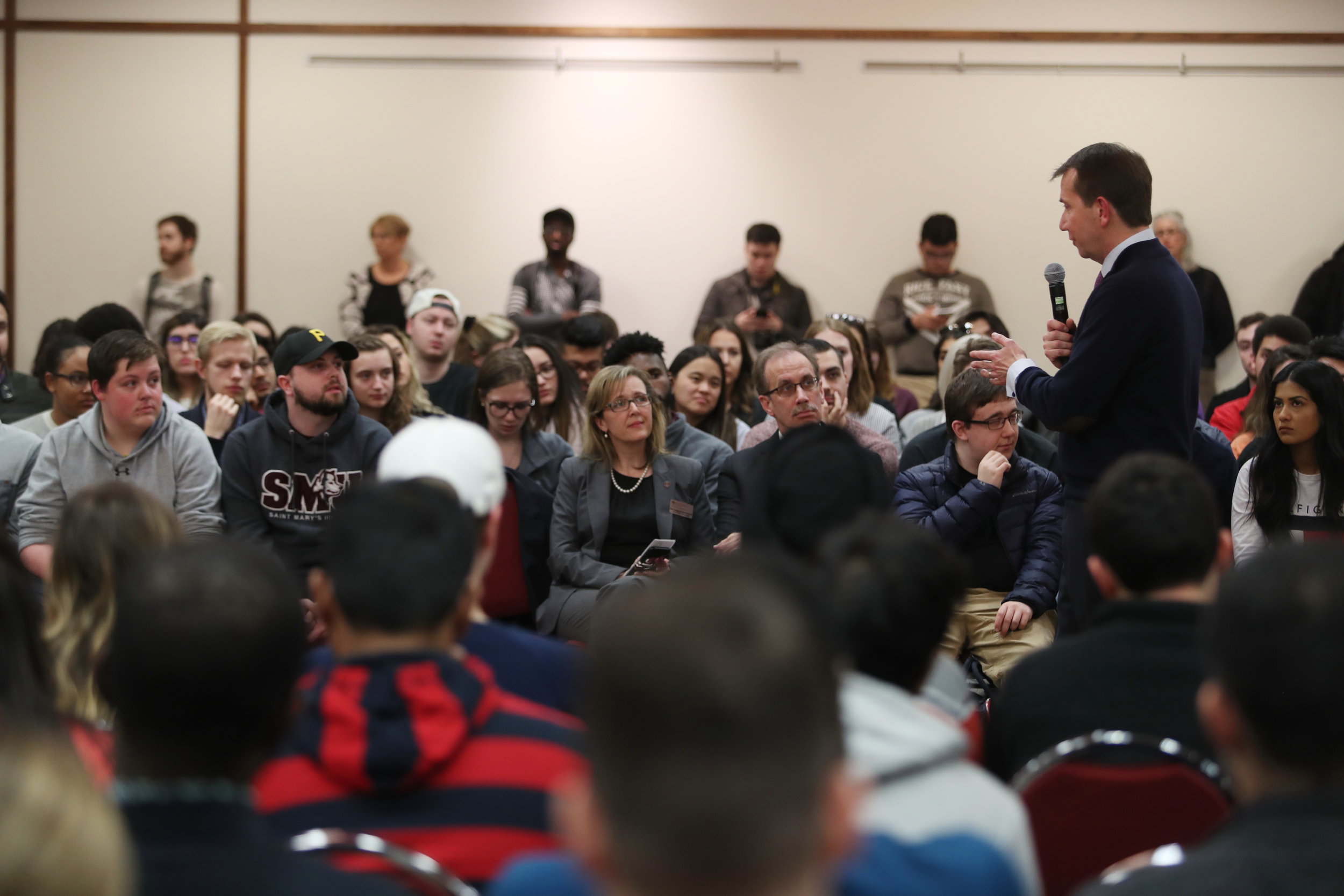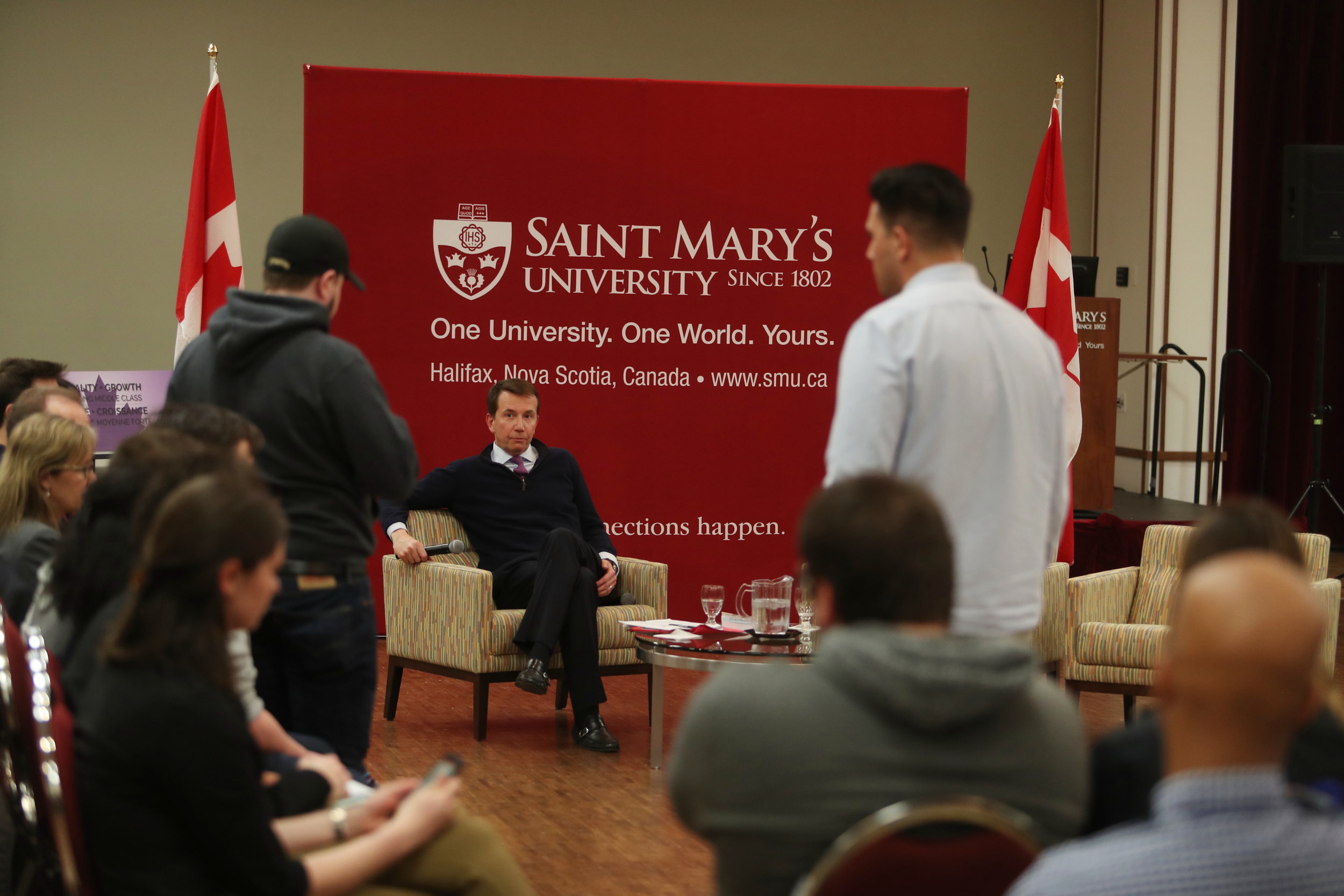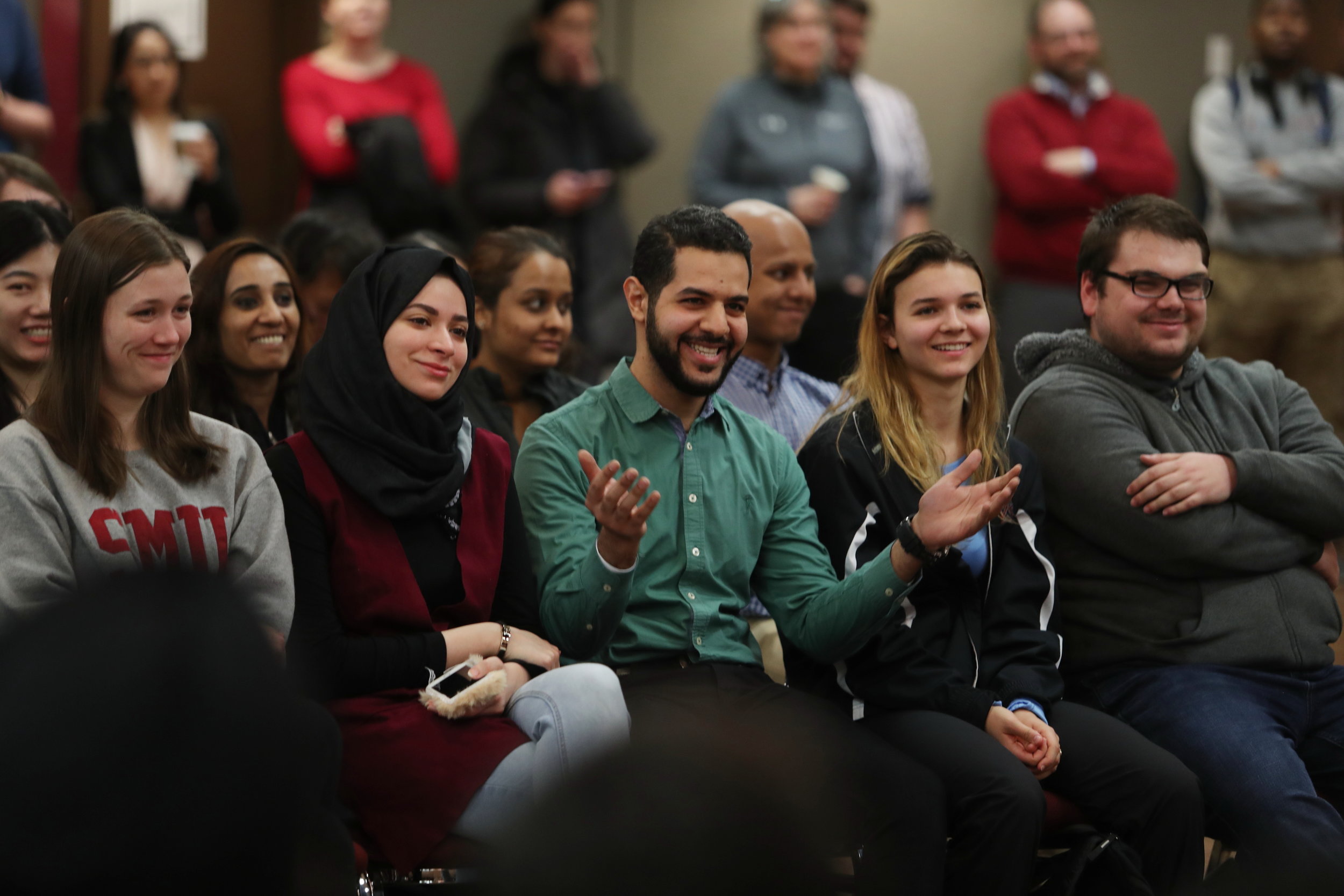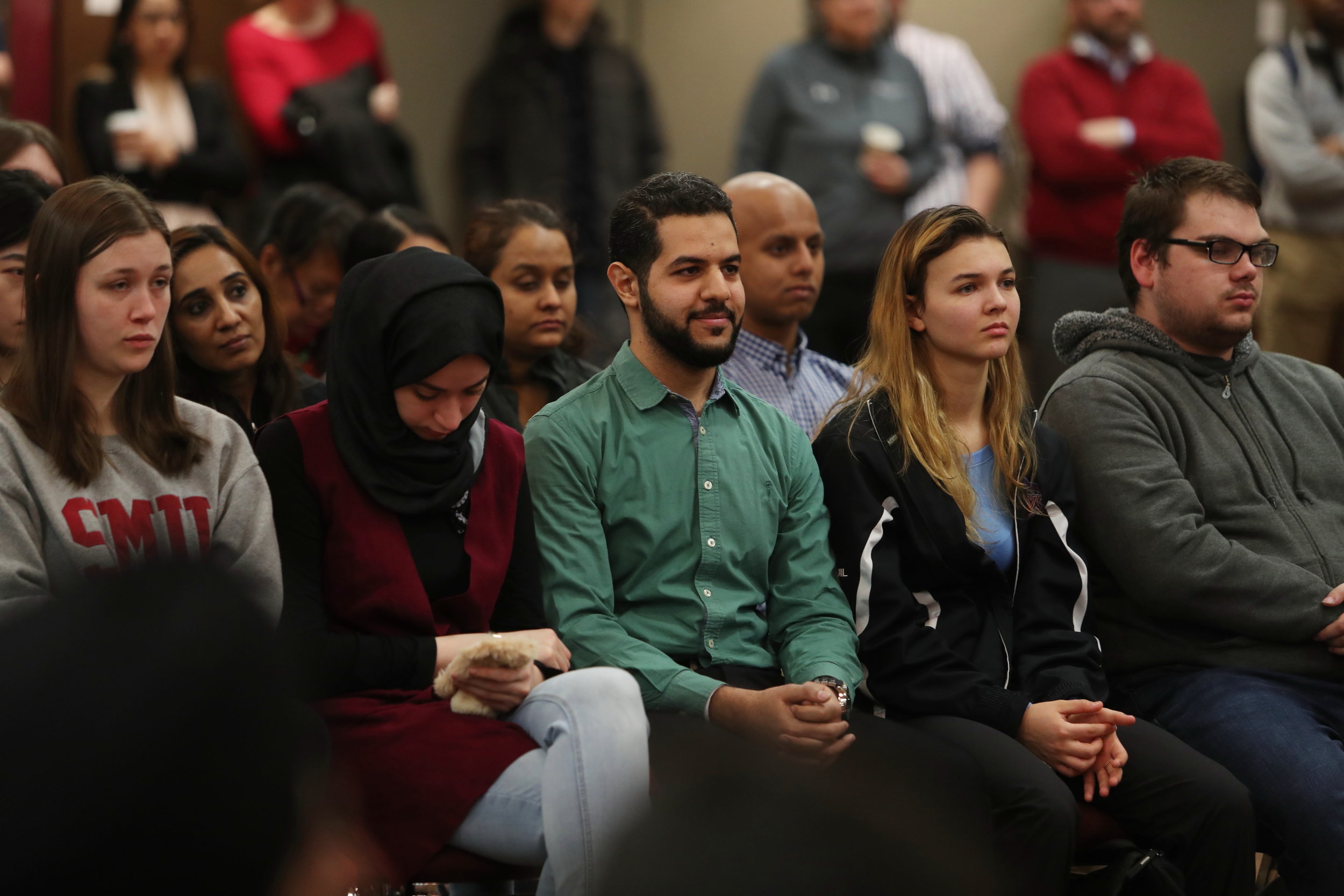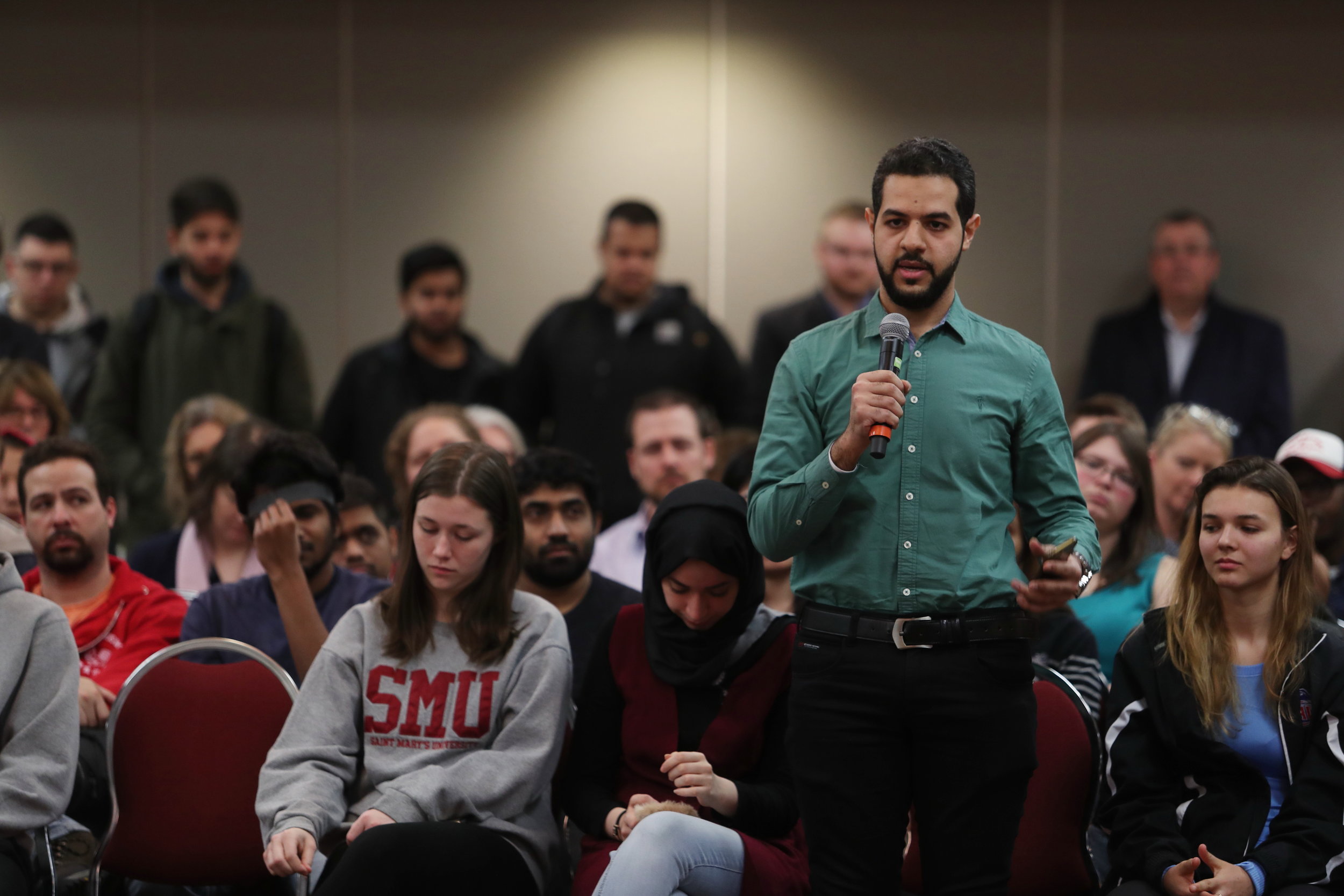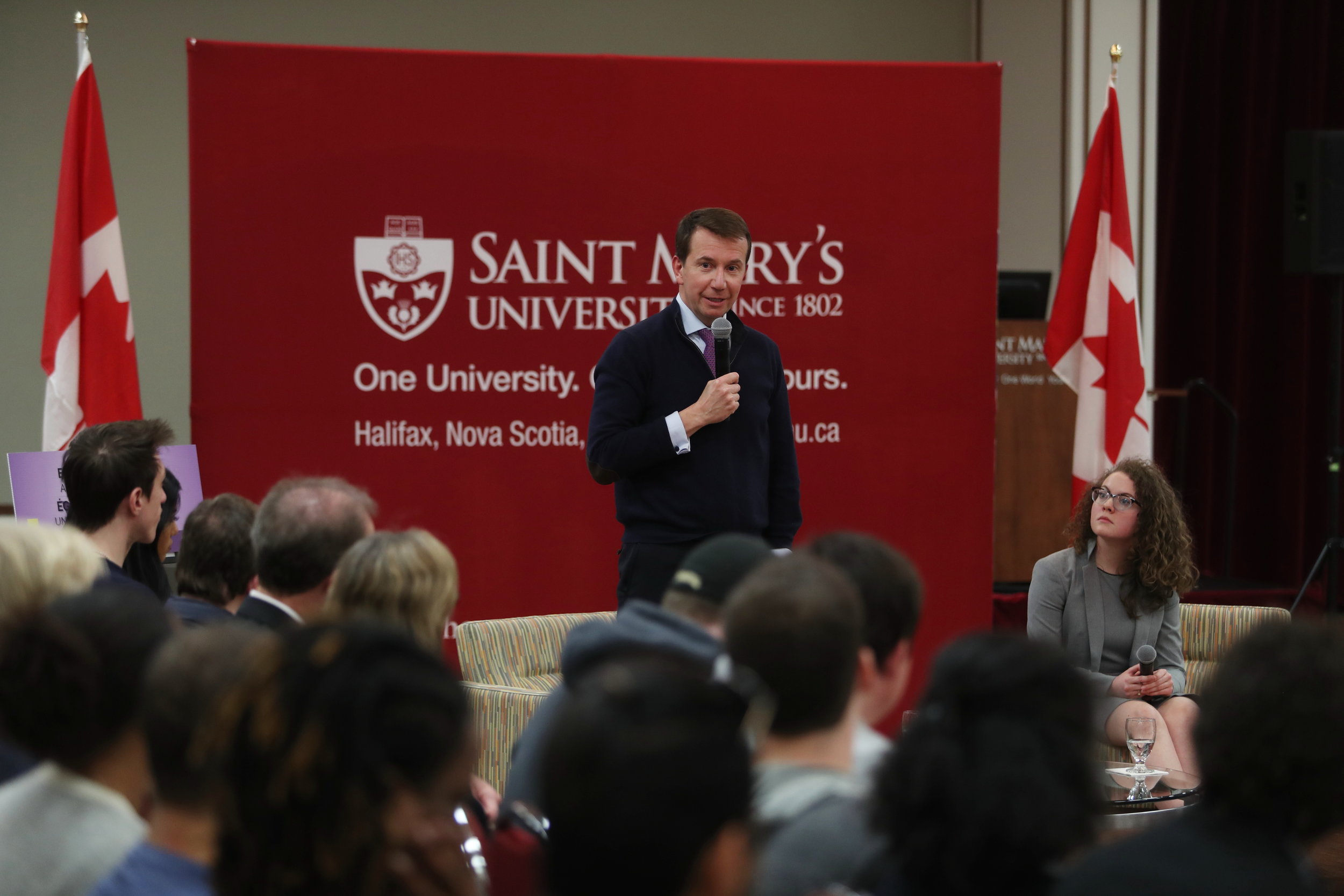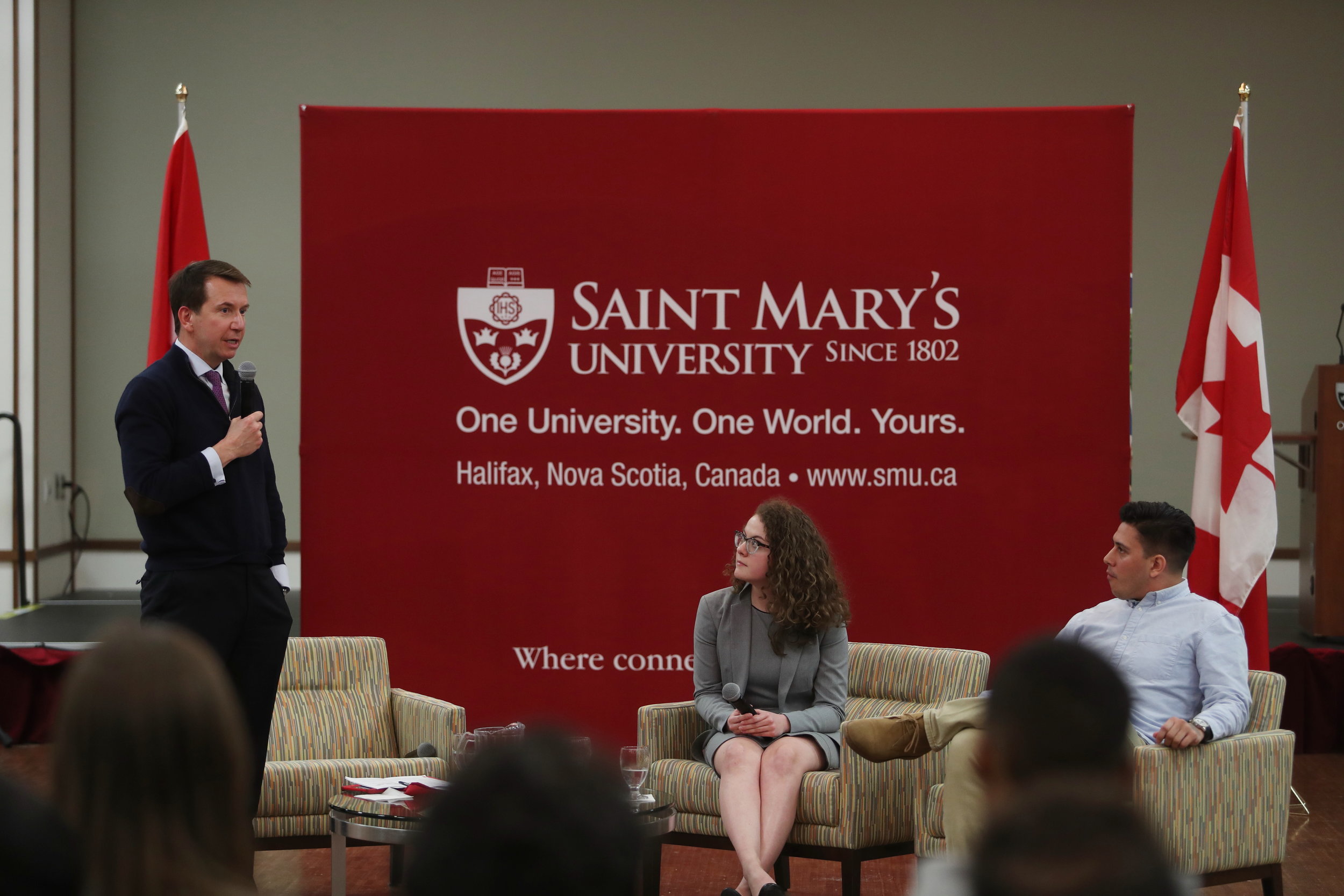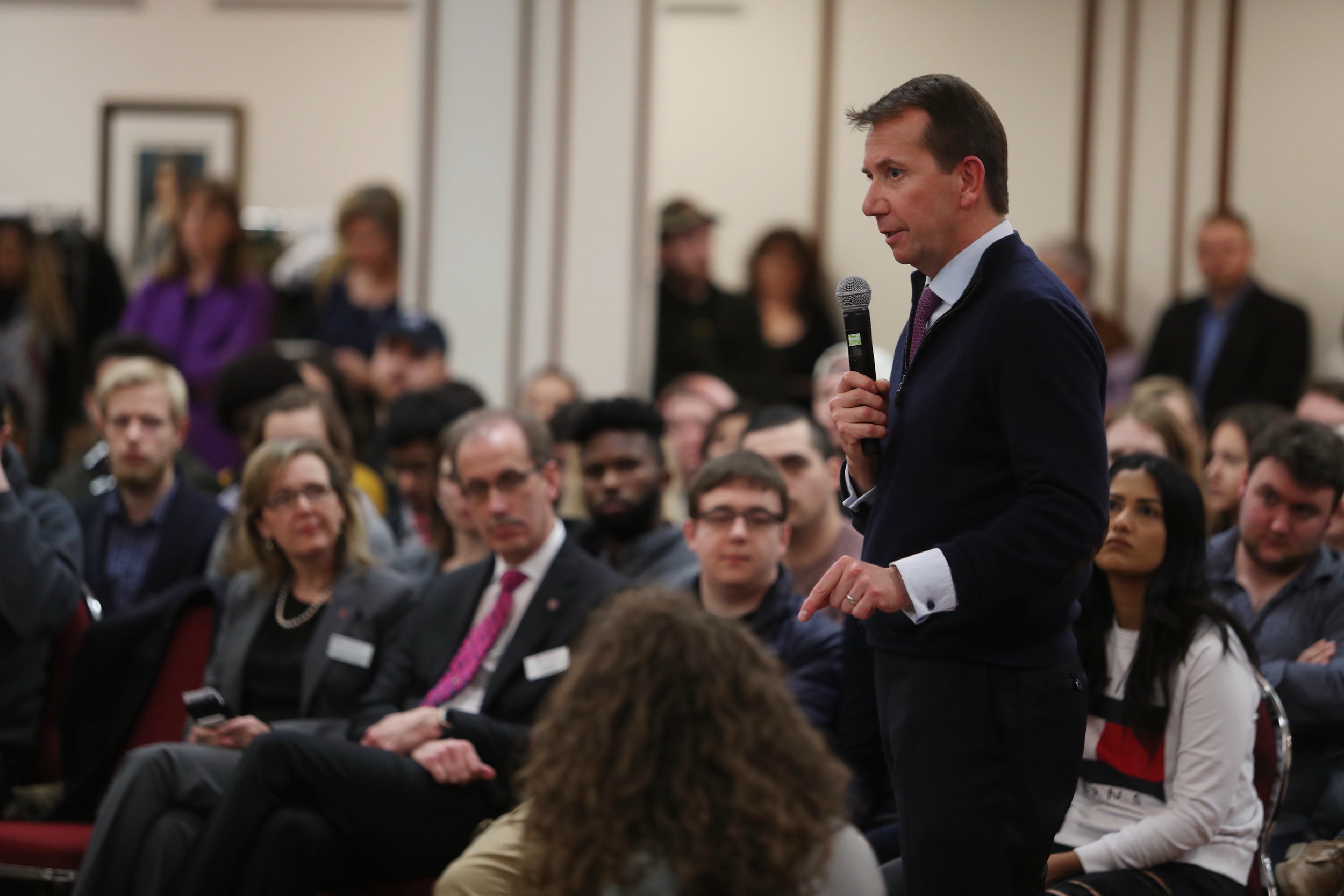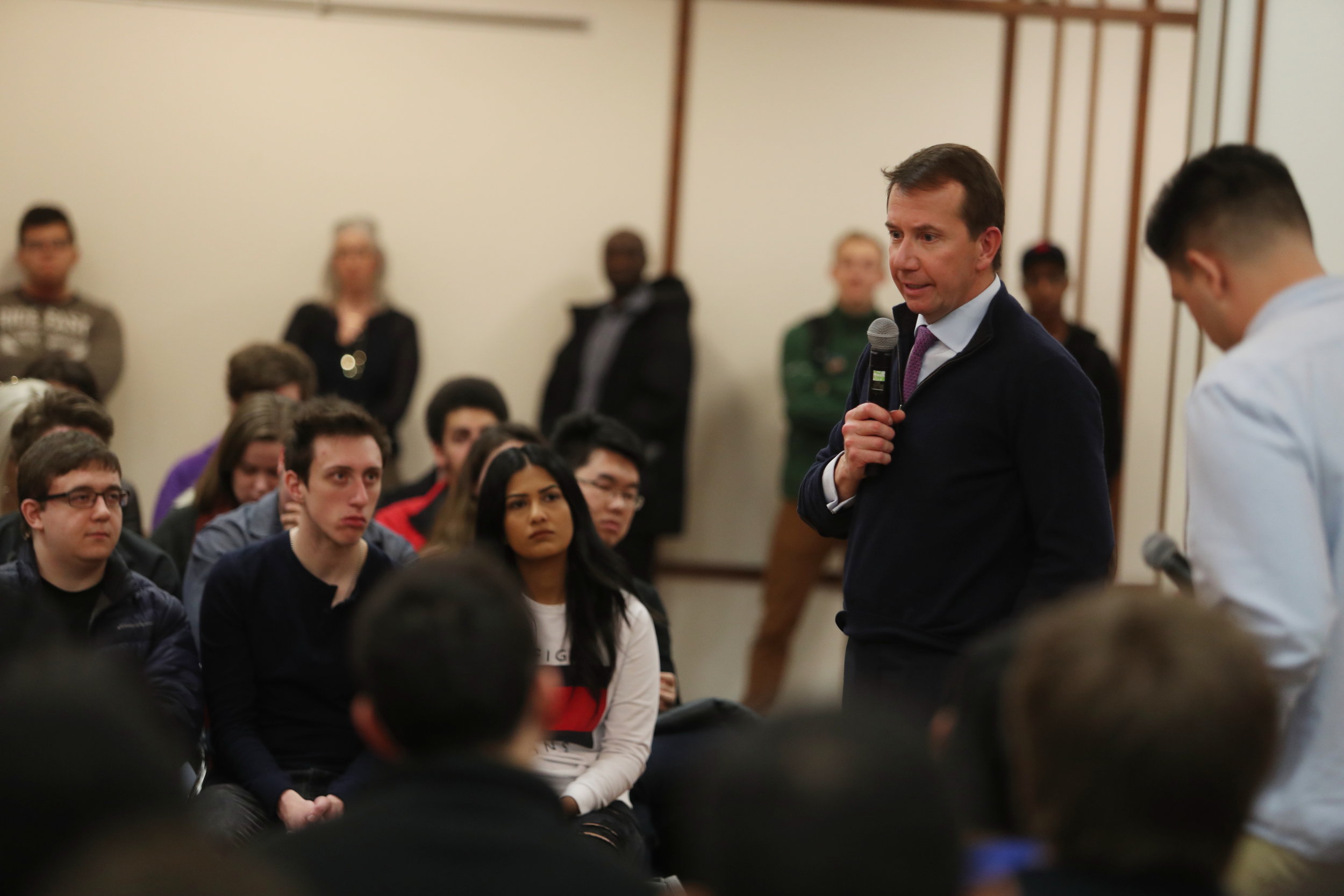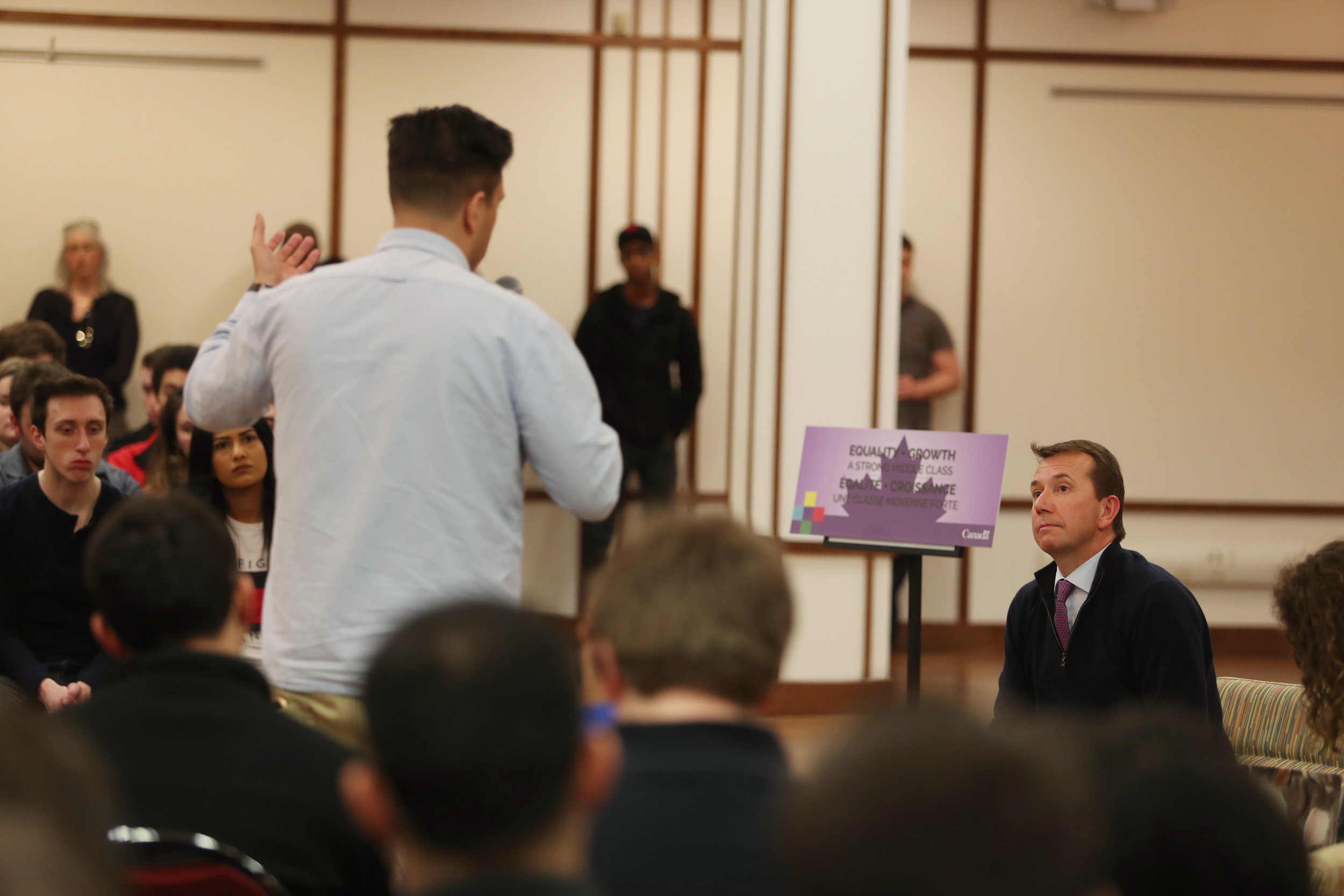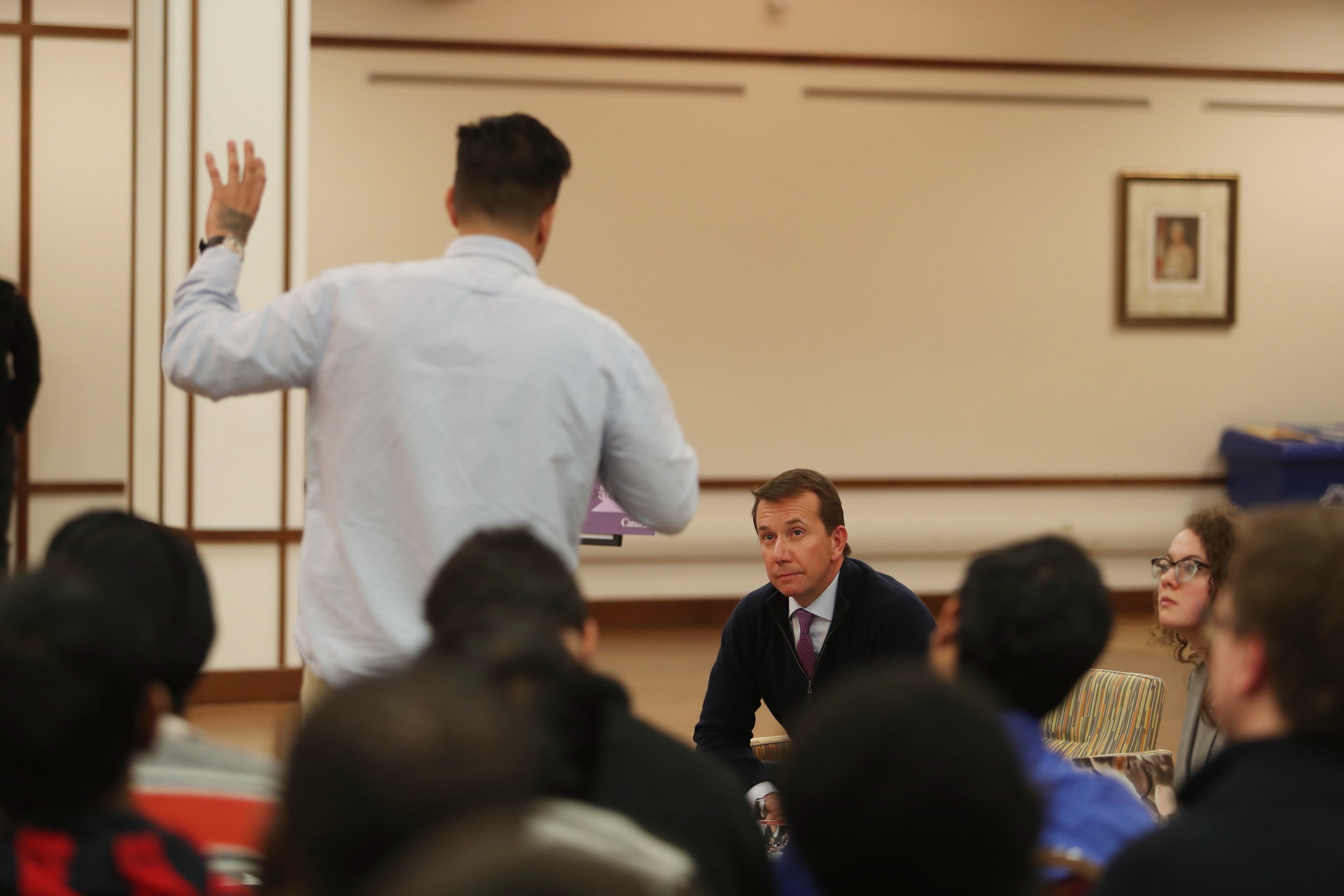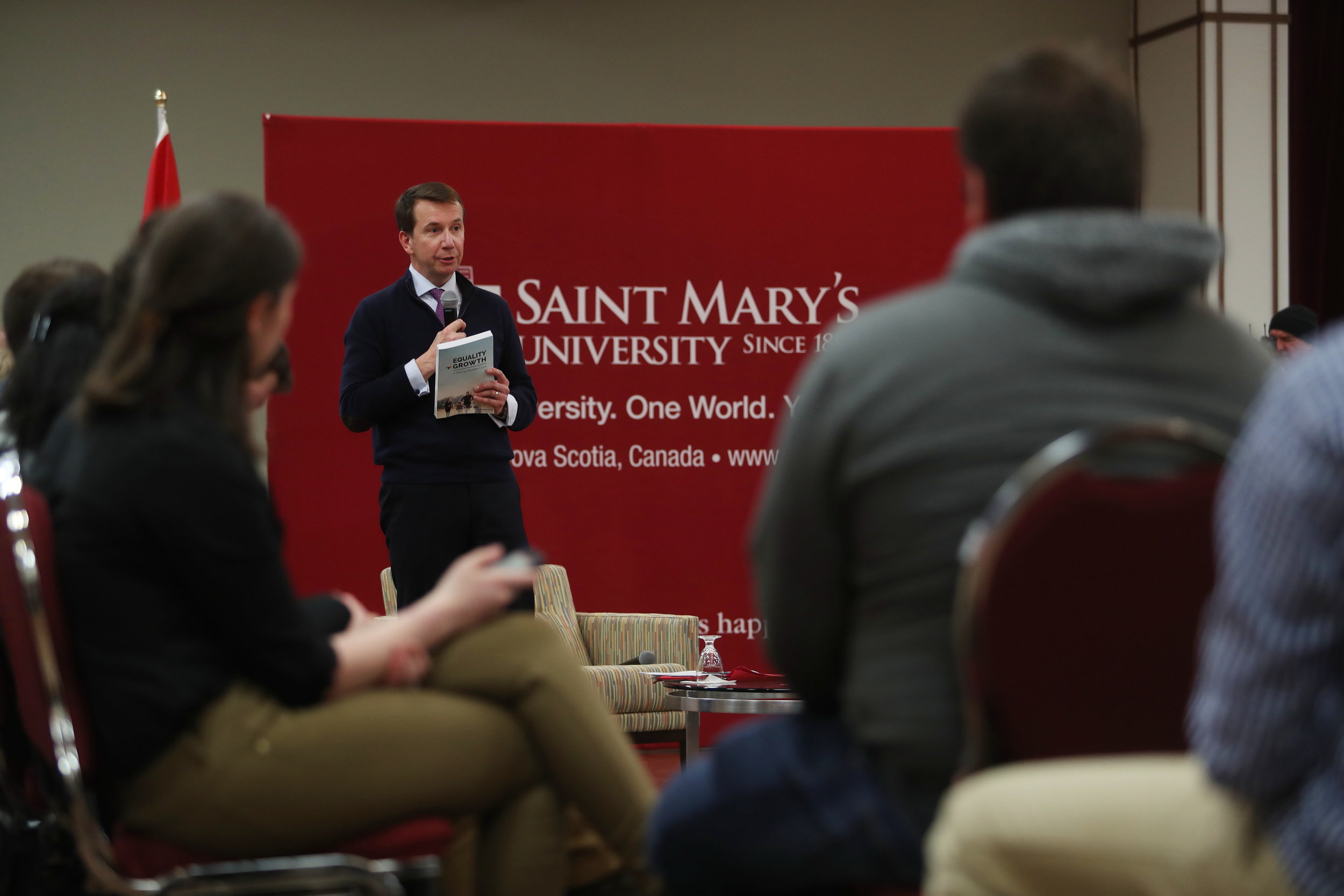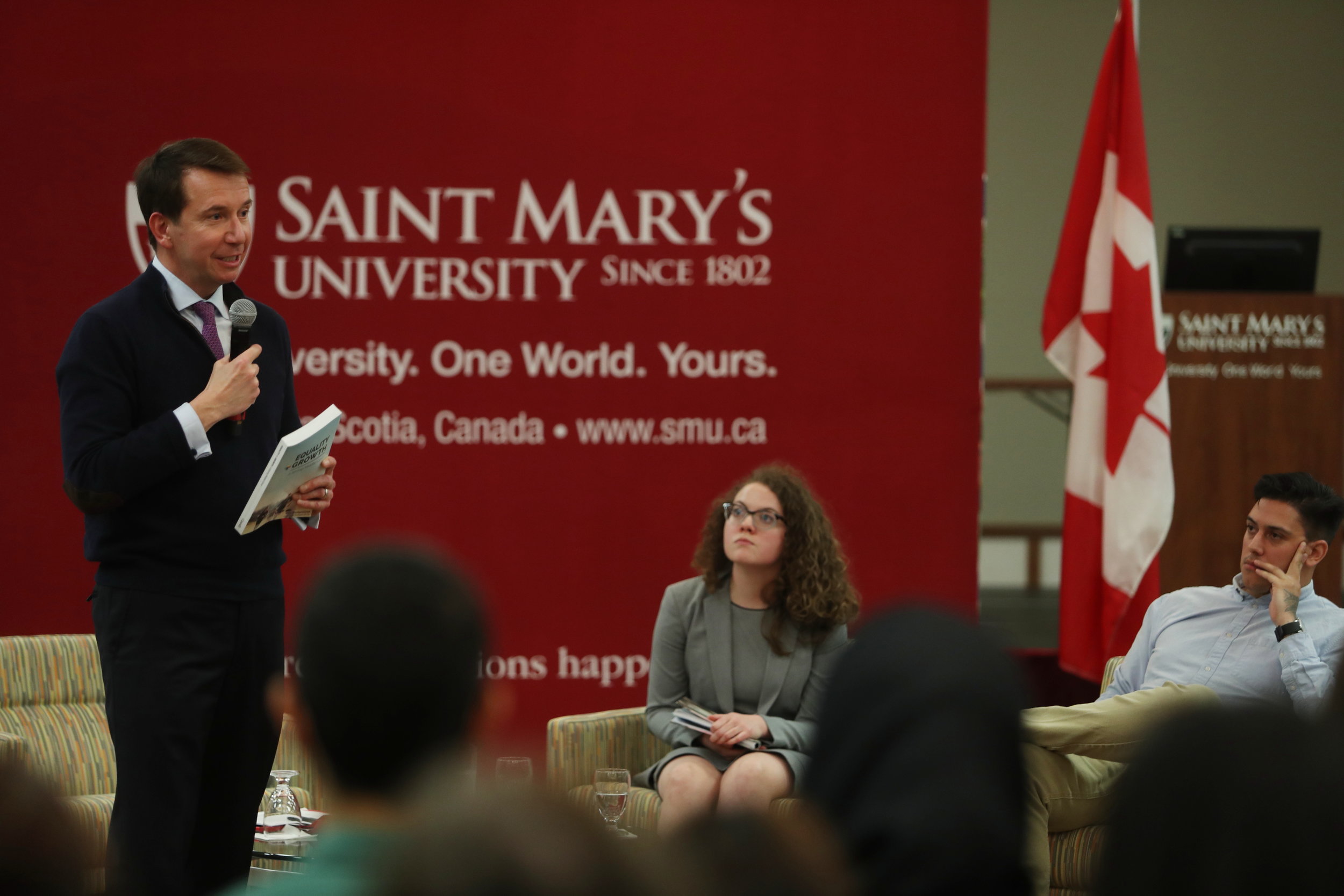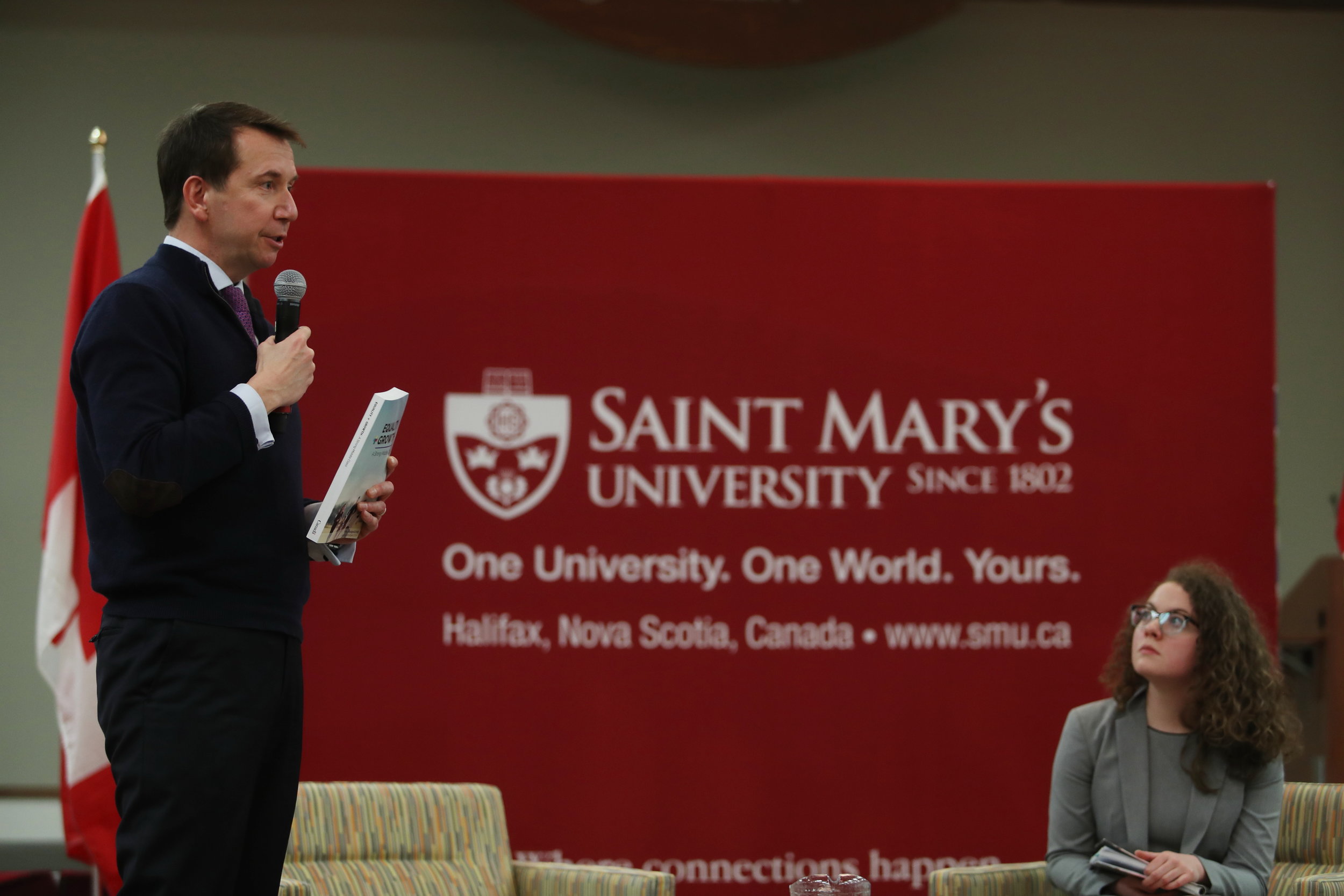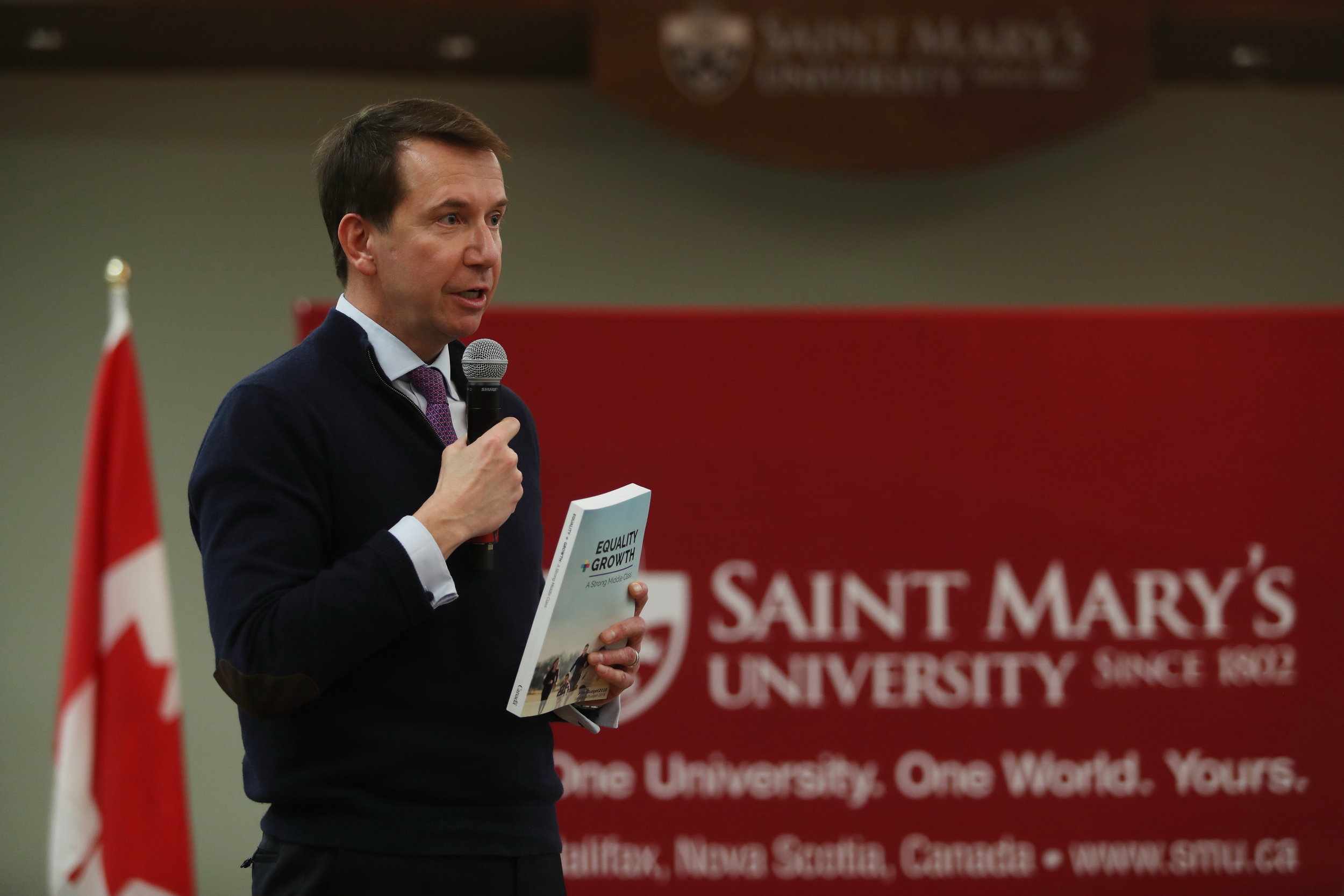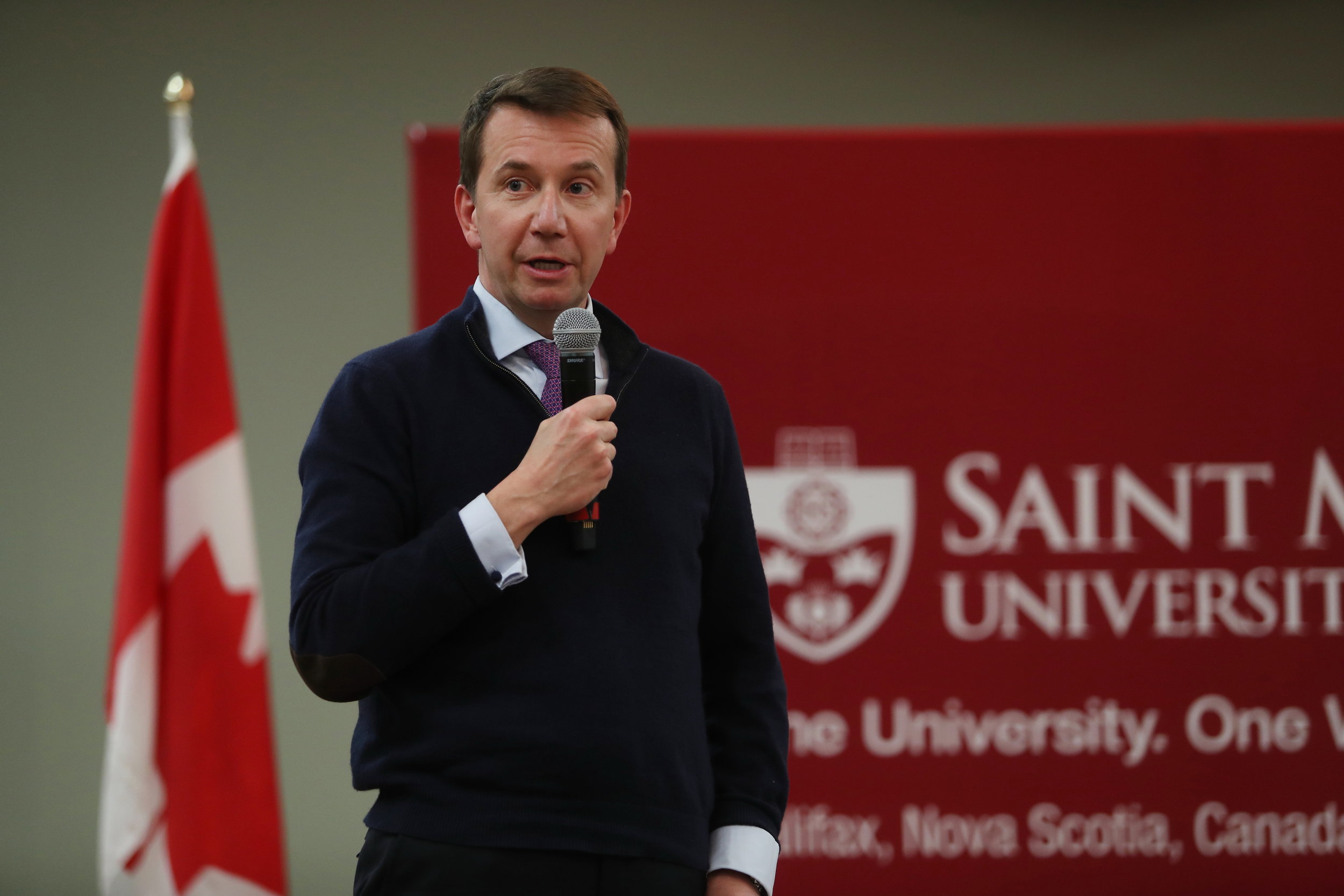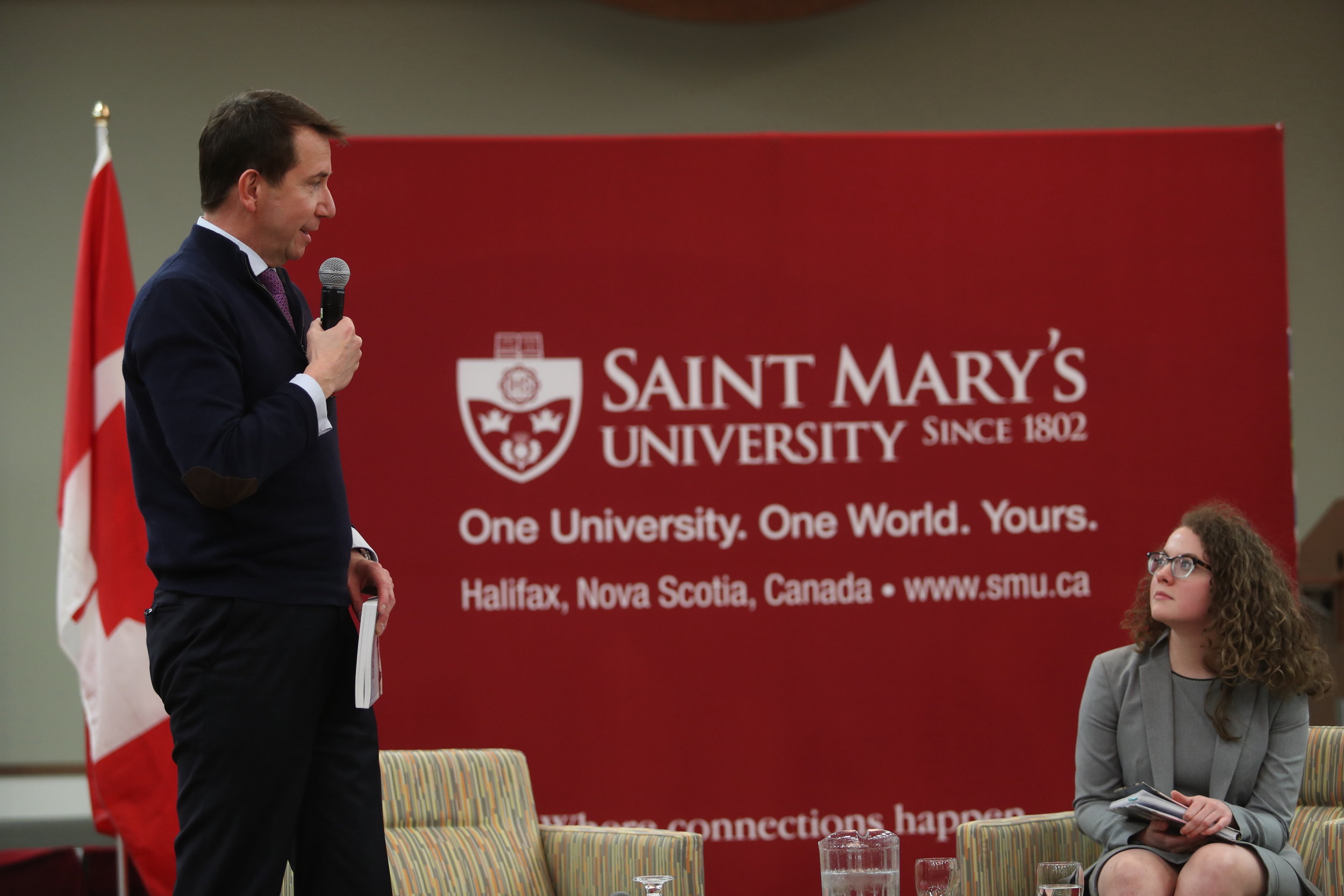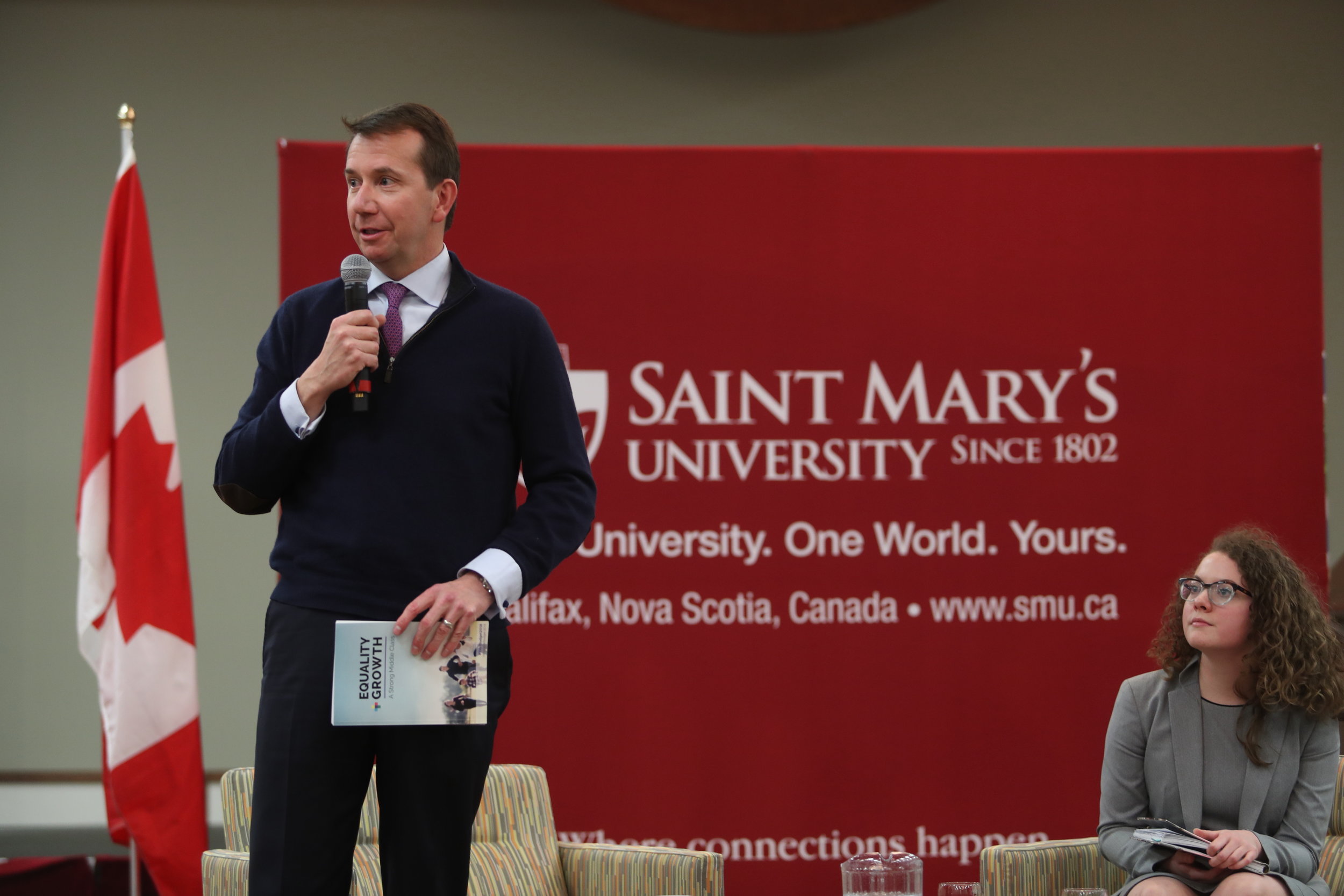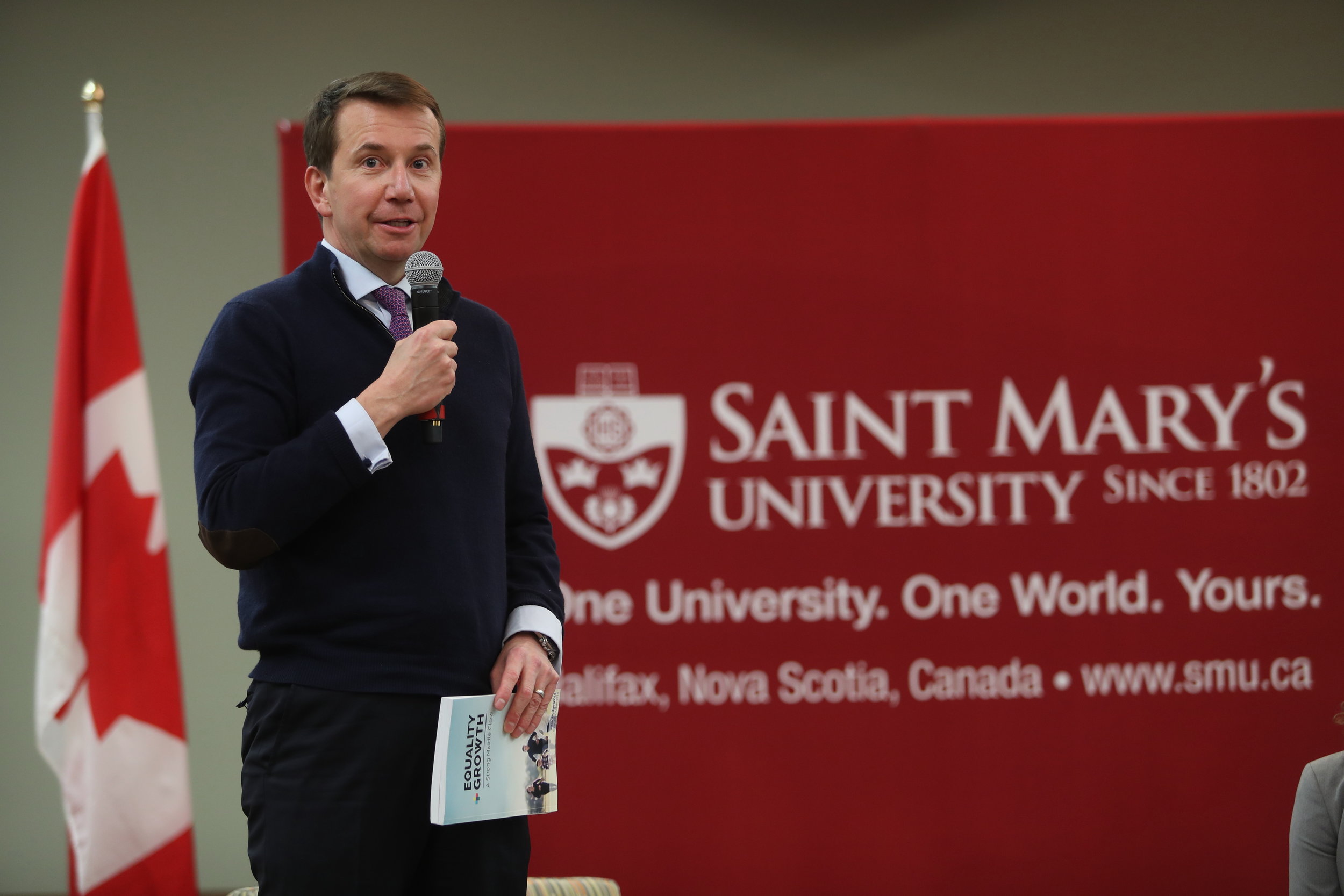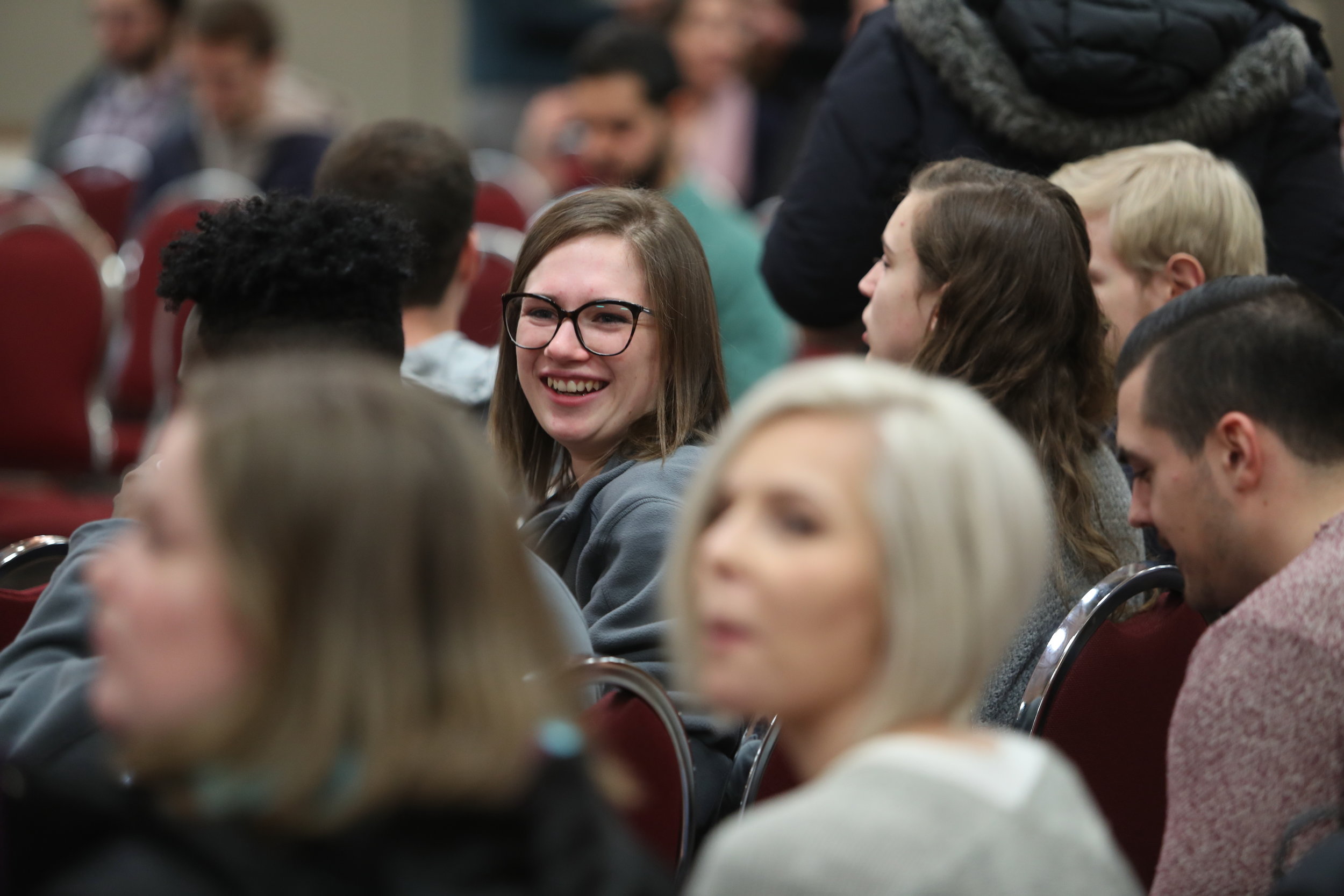Adapted with permission from the University of Calgary.
Dr. Nicolas Roulin
Researchers study impression management in job interviews, suggest honesty is best policy when talking about yourself
Honesty is the best policy in a job interview, but not everyone is comfortable being truthful about their skills, psychology researchers have found in an extensive study published in Personnel Psychology.
Dr. Nicolas Roulin, associate professor of industrial/organizational psychology at Saint Mary’s University in Halifax, and Dr. Joshua Bourdage, associate professor in the Department of Psychology, Faculty of Arts at University of Calgary, studied the behaviour of 1,470 North American job applicants during interviews — a field called ‘impression management.’
Much research has explored how people promote themselves in job interviews and try to ingratiate themselves with the organization that’s hiring. Bourdage and Roulin advanced this work by studying the differences between people who engage in honest versus deceptive practices during a job interview.
“Someone who is more extroverted will be more likely to engage in more of the honest tactics and less in the deceptive tactics. Someone who is more conscientious will also engage in more honest tactics,” says Roulin of the findings. “The people who are extroverted are more able to be honest, they have the ability to sell themselves and ingratiate themselves with the interviewer or the organization. Those who are less extroverted may be a bit shy and may not know to promote themselves.”
Further, applicants who use deceptive practices in a job interview — embellishing their qualifications or offering fake compliments about the organization — may be younger, have less work experience and fewer qualifications to talk about. They may also be less conscientious and therefore haven’t put in the time to prepare for the interview.
“Faking in an interview tends to be someone making up for something,” says Bourdage. “It’s not that you go in and say ‘I’m going to fake my way through this interview,’ it’s an adaptive response to ‘I don’t know what I’m doing, I don’t have the experience, I am uncomfortable in this situation and this interview is very difficult.’”
The researchers suggest job applicants do their homework before an interview so they can speak truthfully about themselves and the organization. They found that people who took some training on how to nail an interview tended to use more honest impression management.
“The key going into an interview is to really prepare so that you can speak honestly about the skills that you have and your high points — what are your strengths and how do they relate to the job?” says Bourdage. “And, find genuine ways that you fit with that organization as opposed to making up things that you think the organization would want to hear.”
People who sell themselves in an honest way tend to receive a job offer whereas those who fake it are often “found out” in reference checks and other verification processes. The researchers also found that the interviewer can encourage more honesty from an applicant by having a longer interview and asking specific questions about past behaviour or job-related situations.




